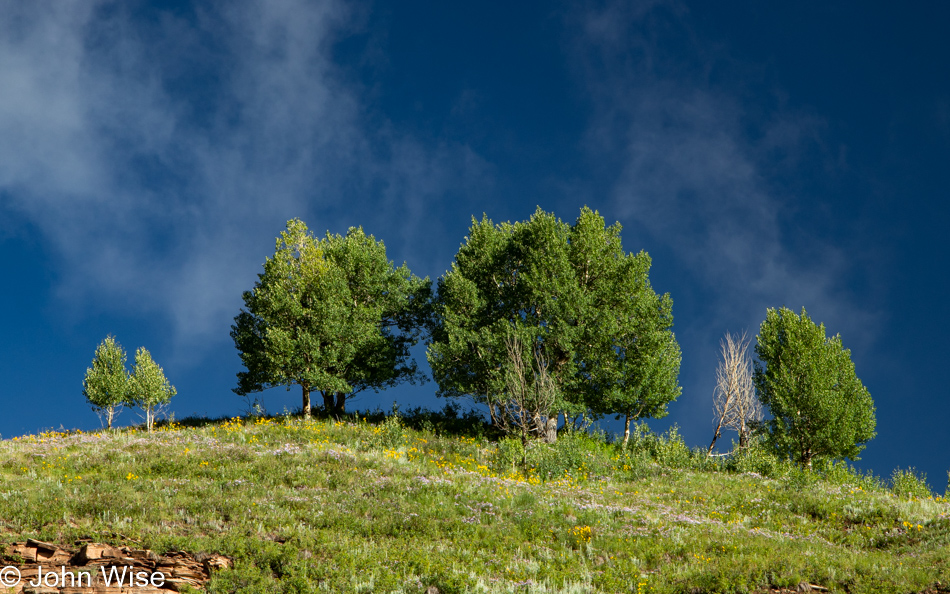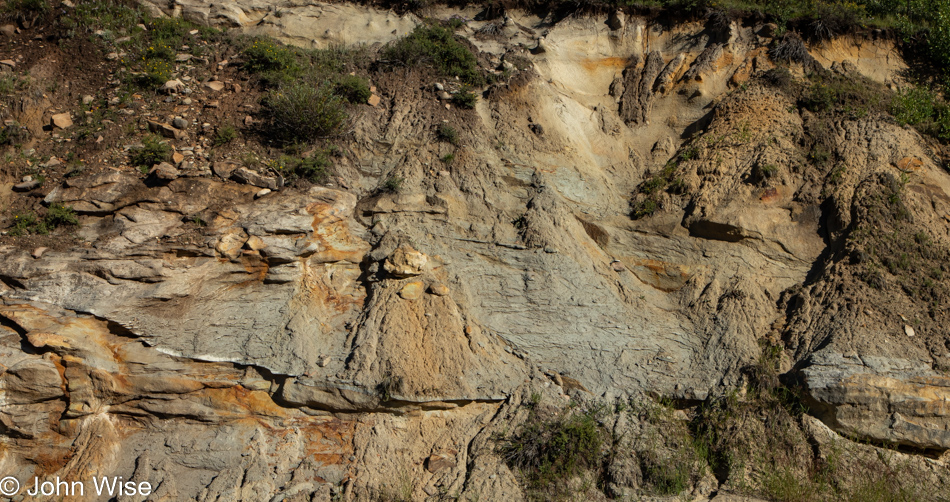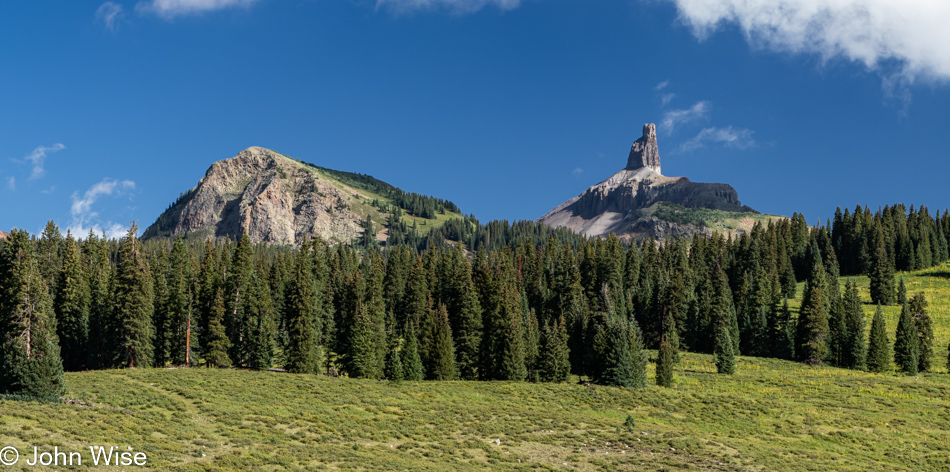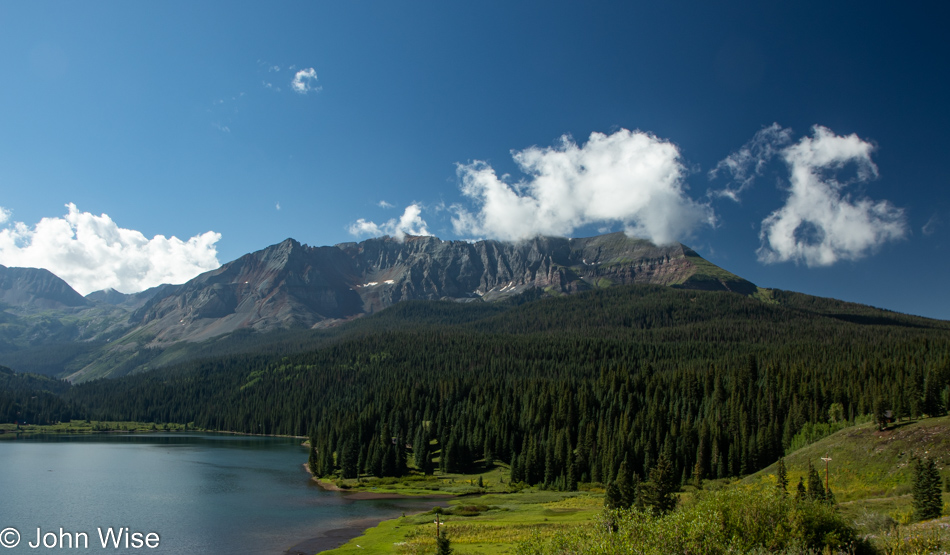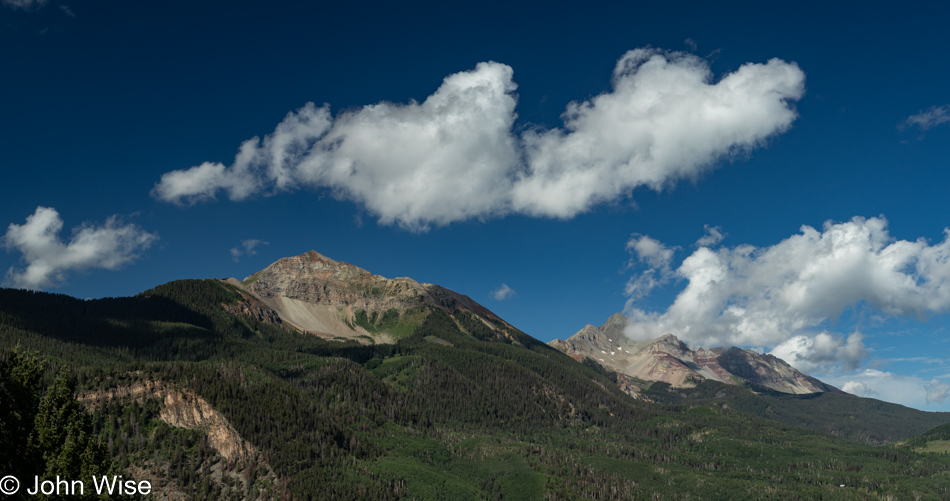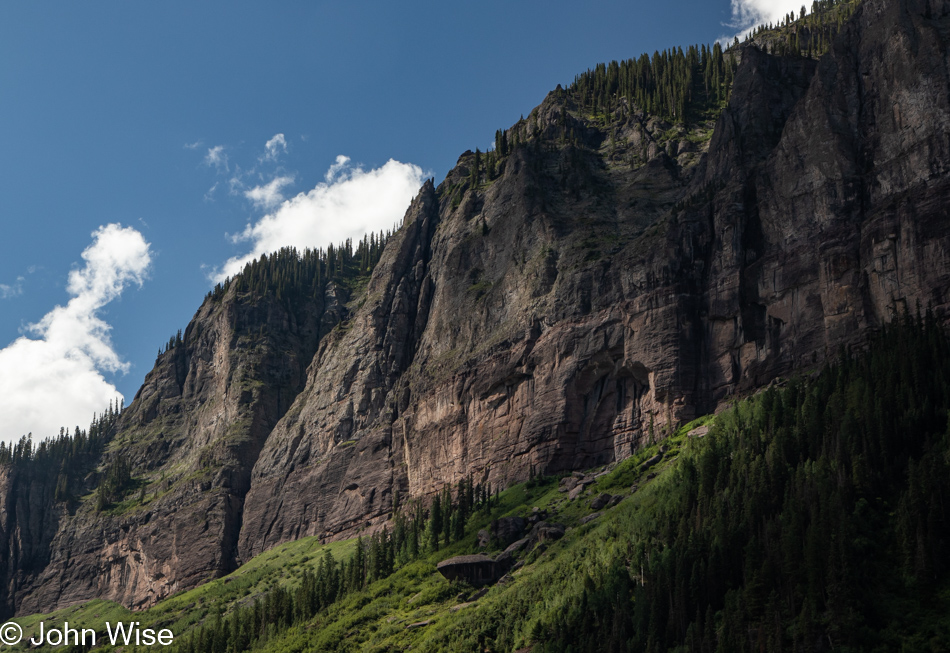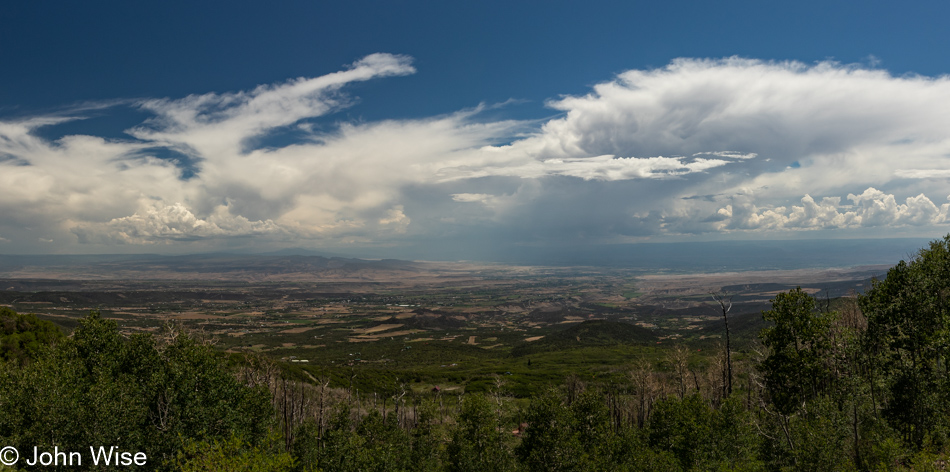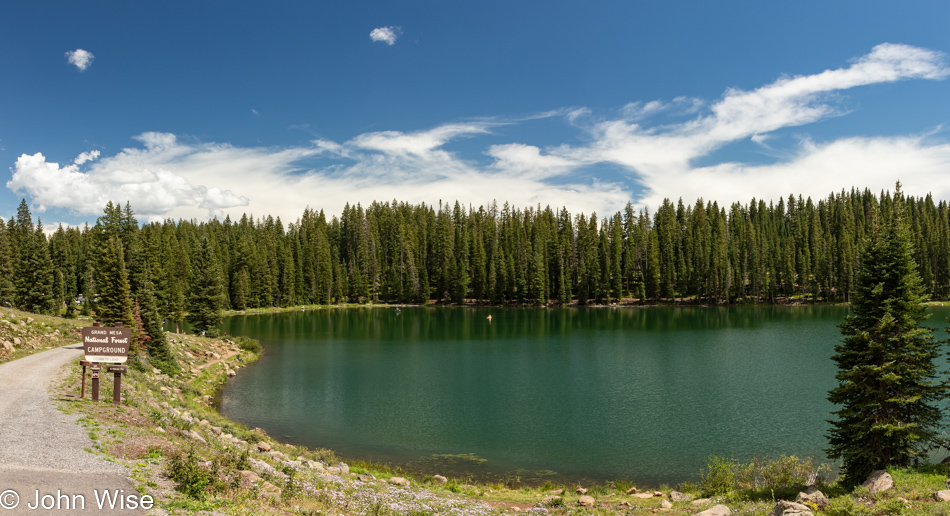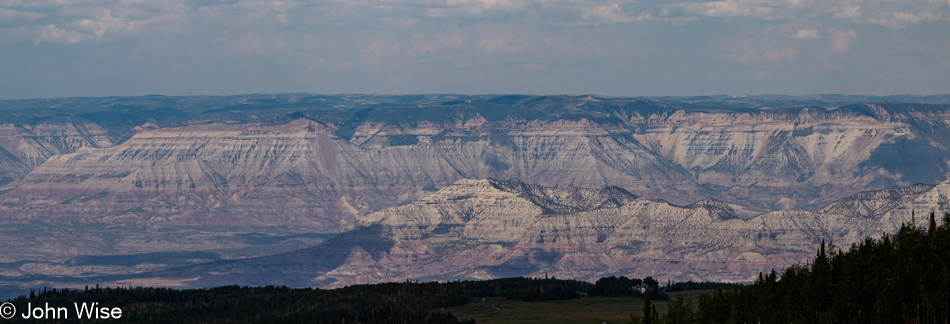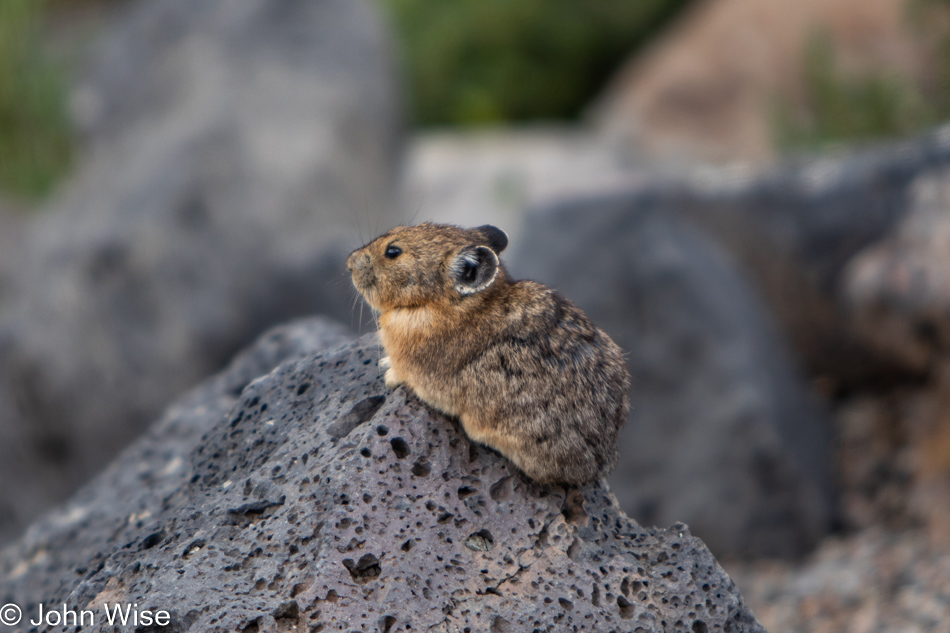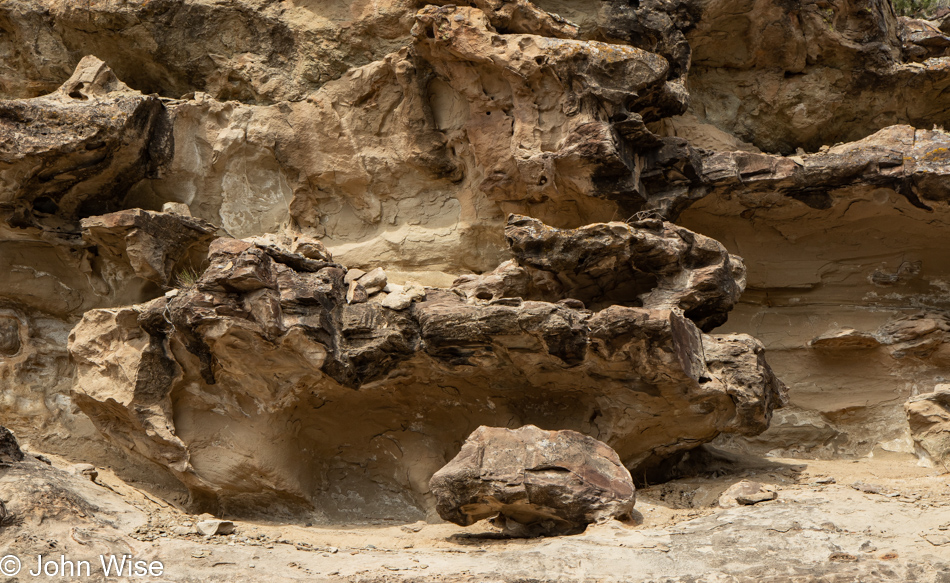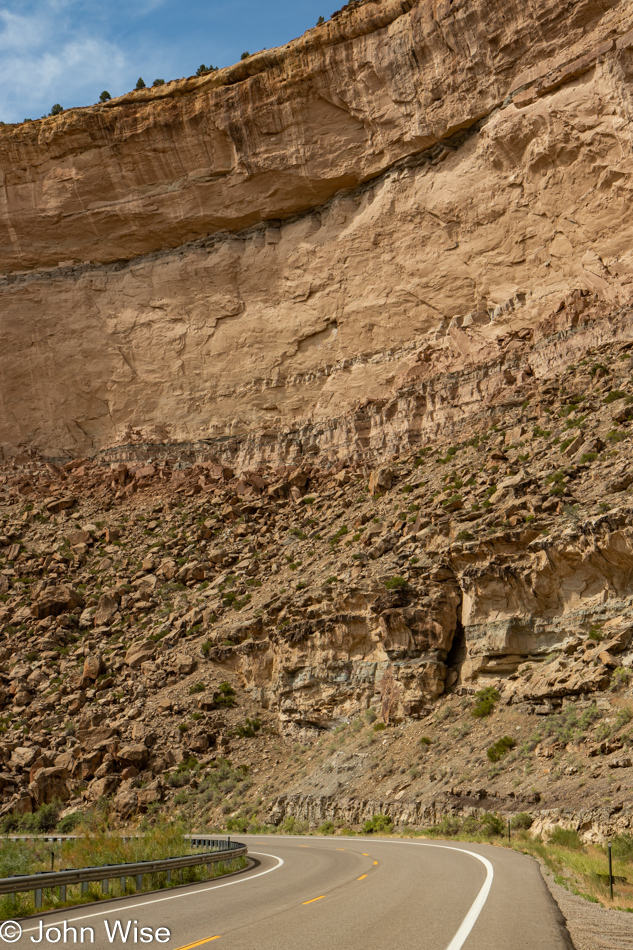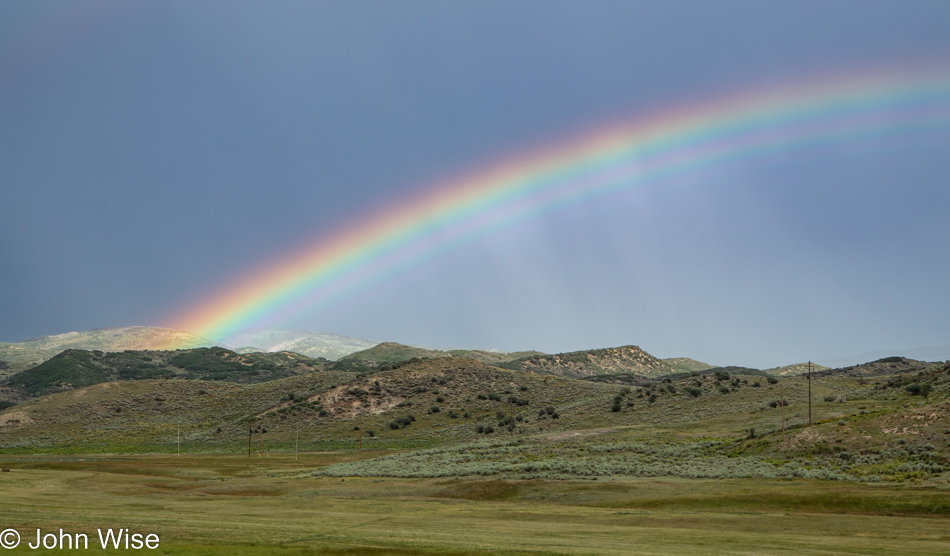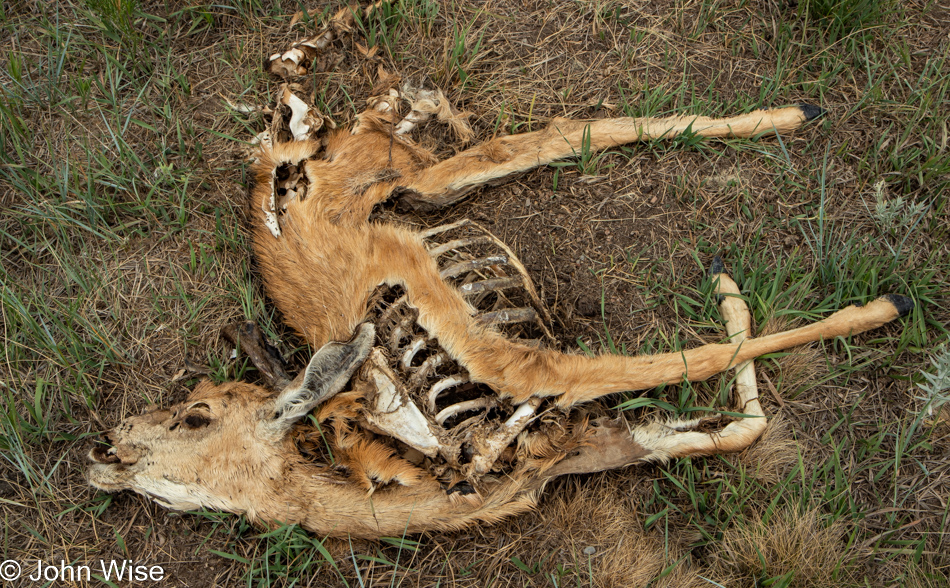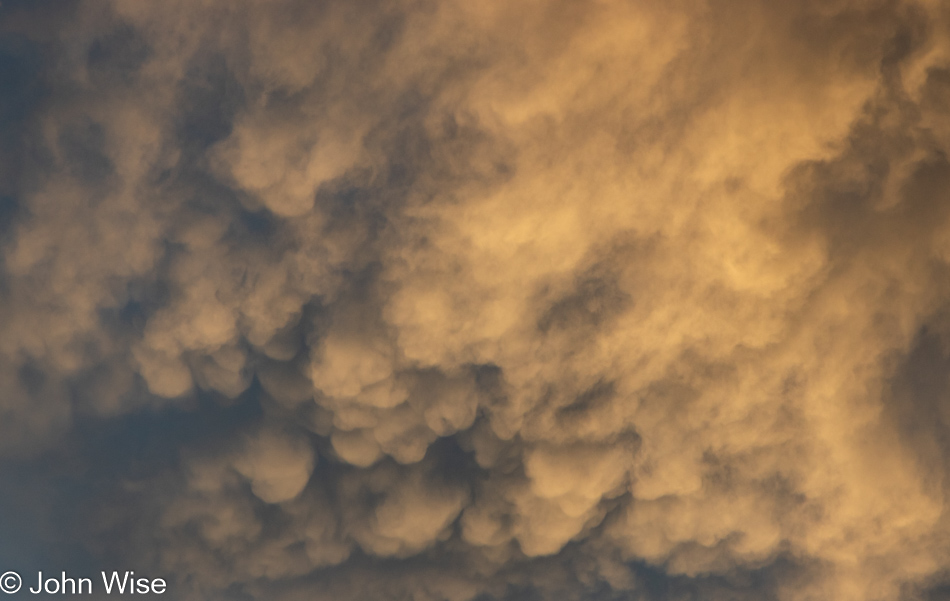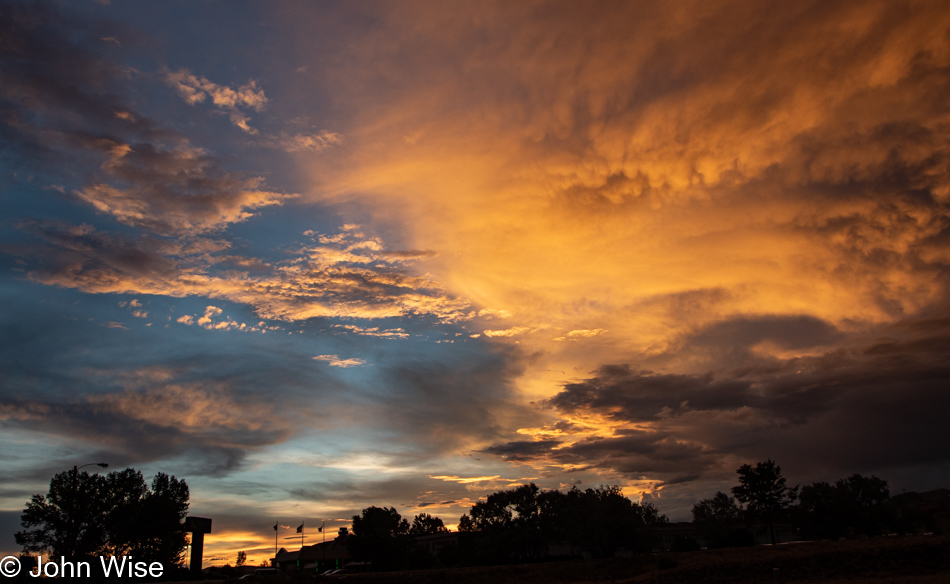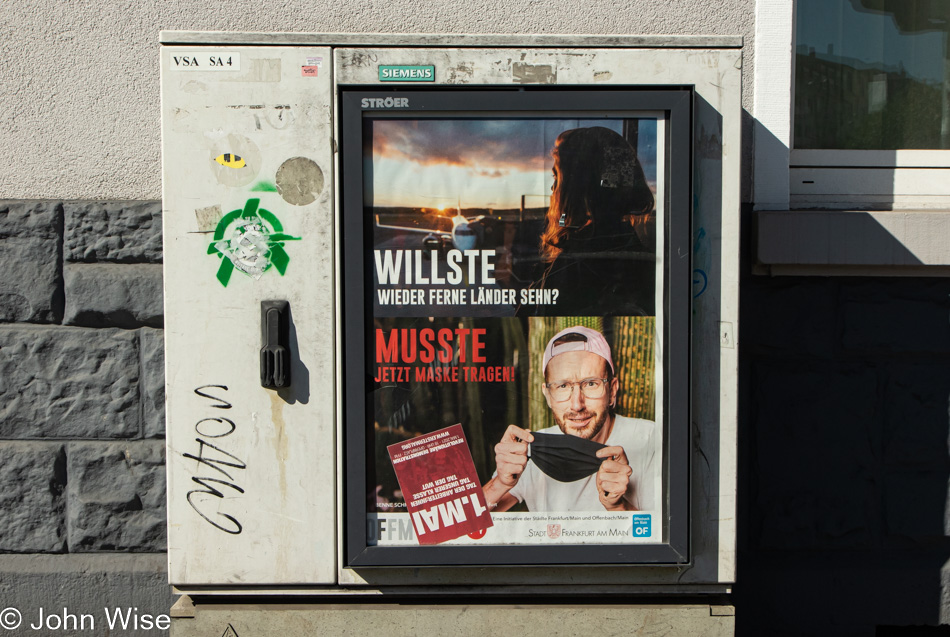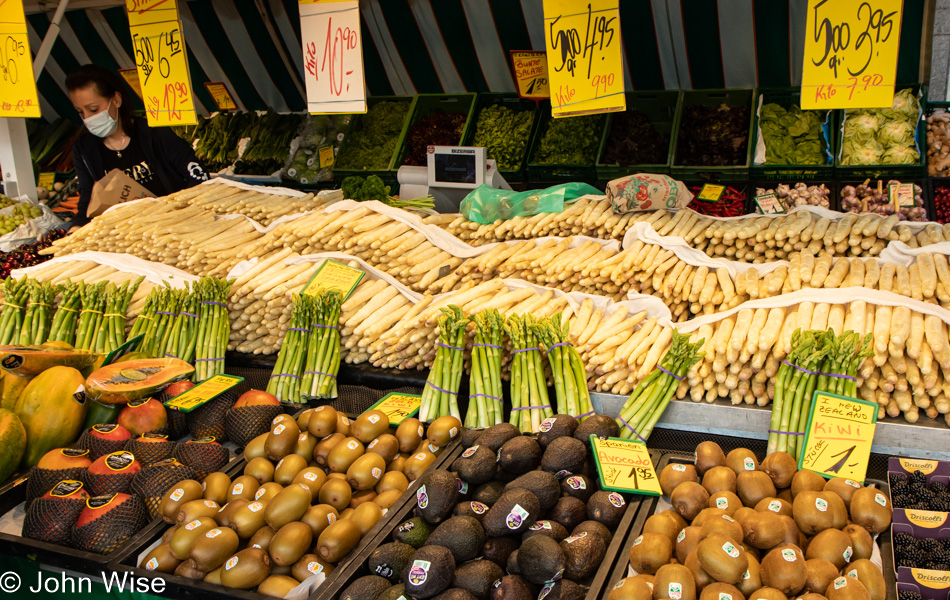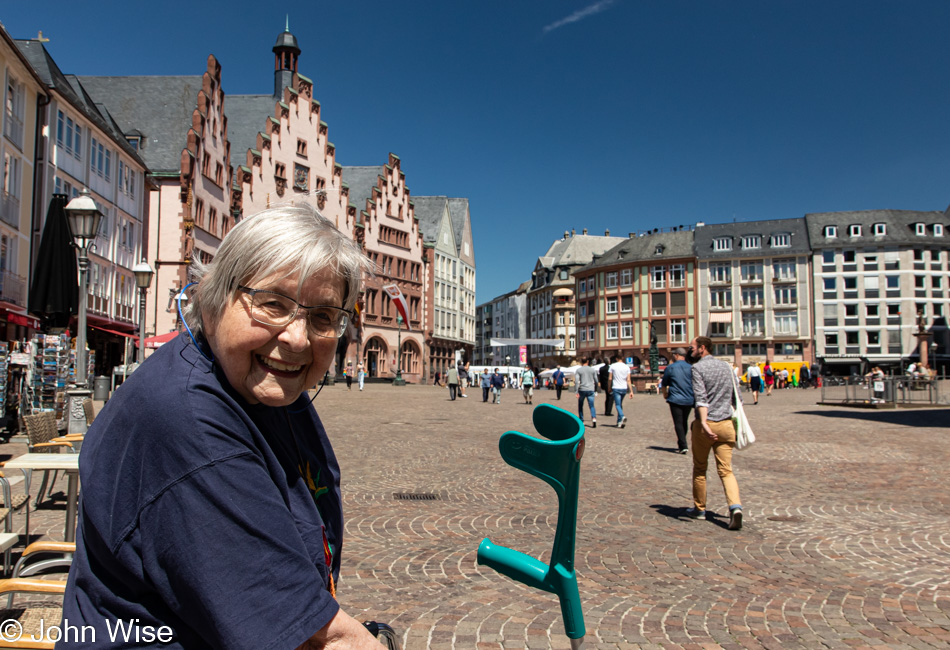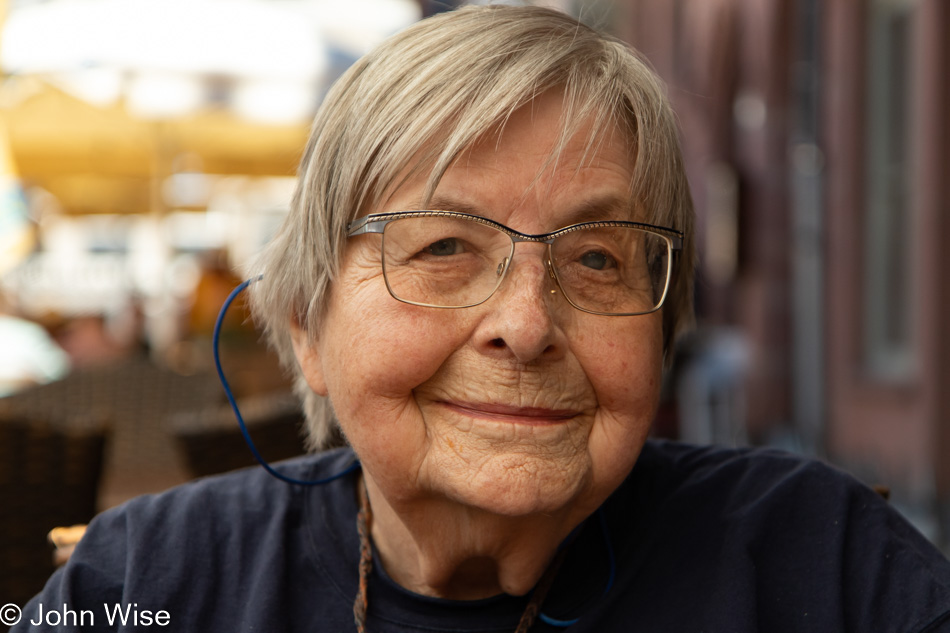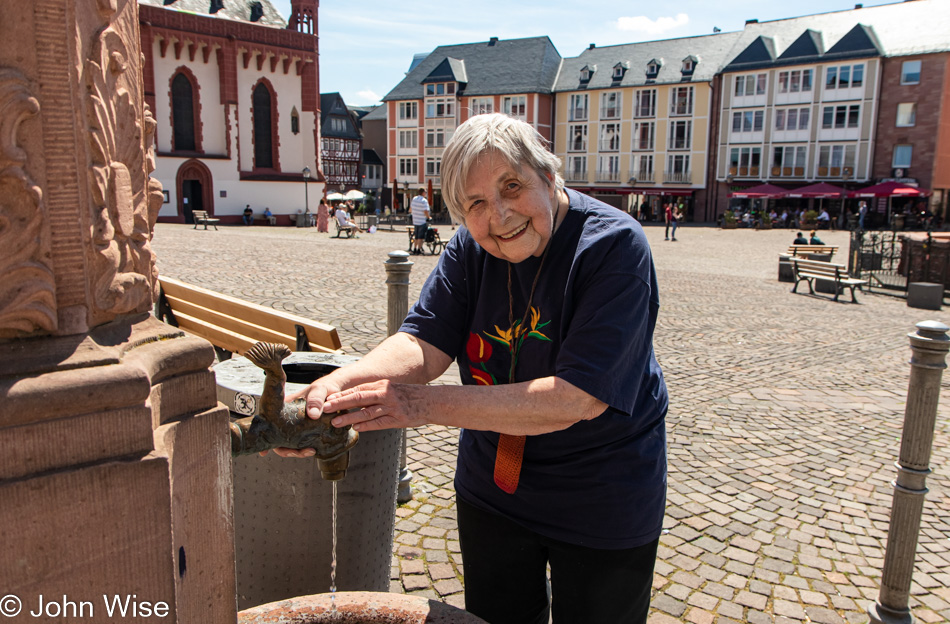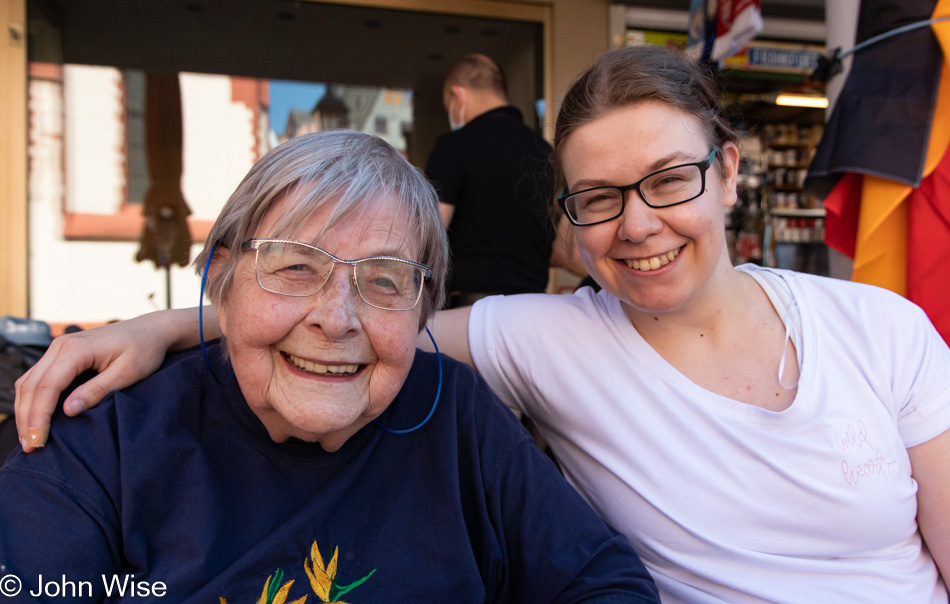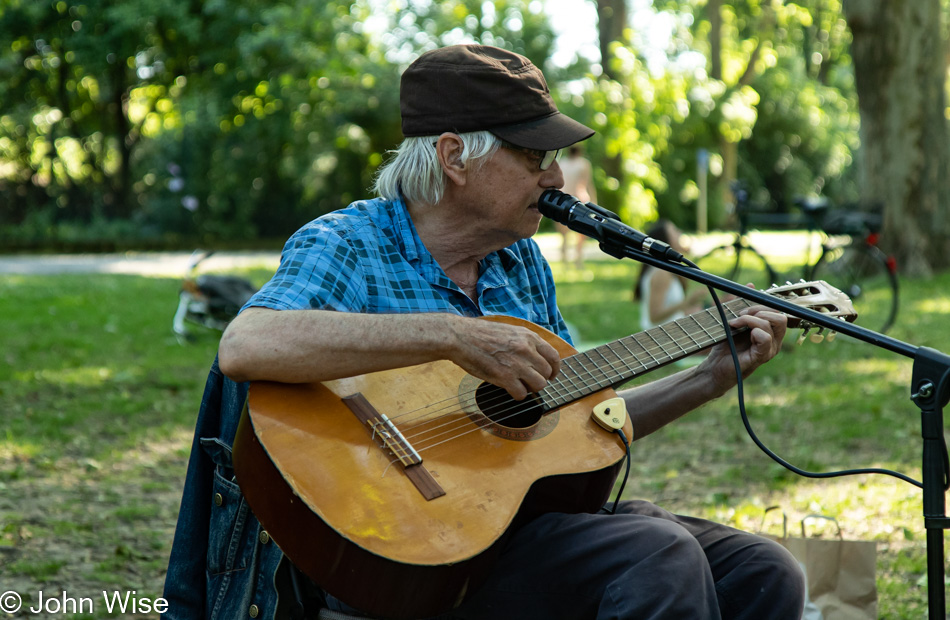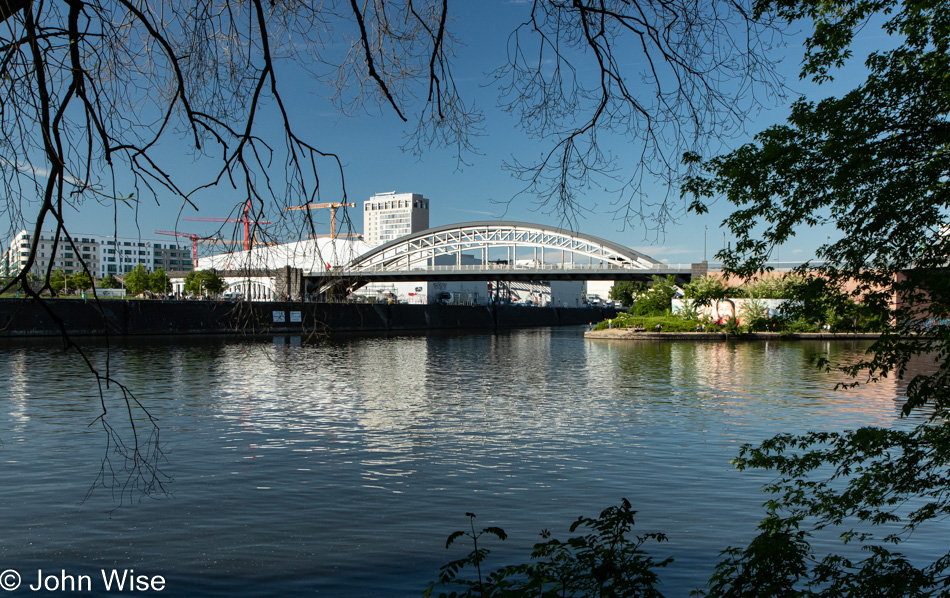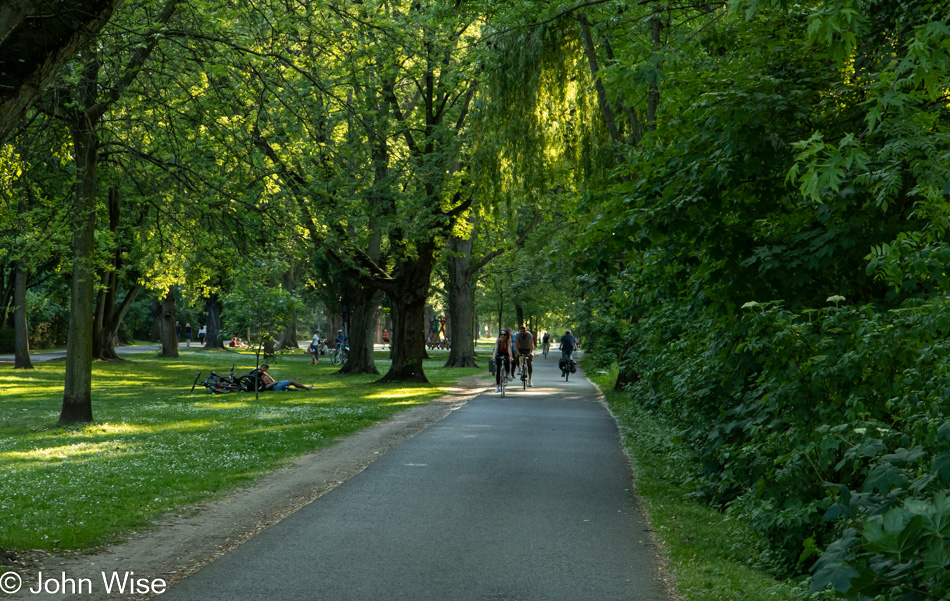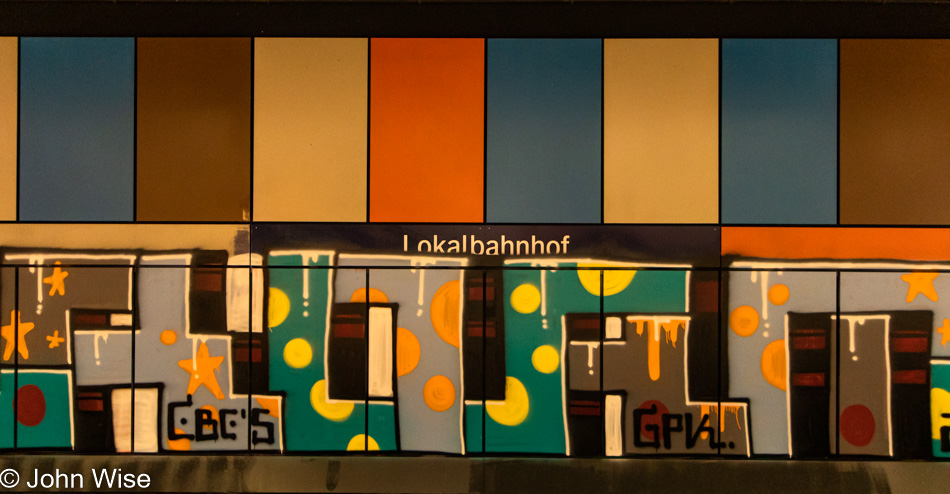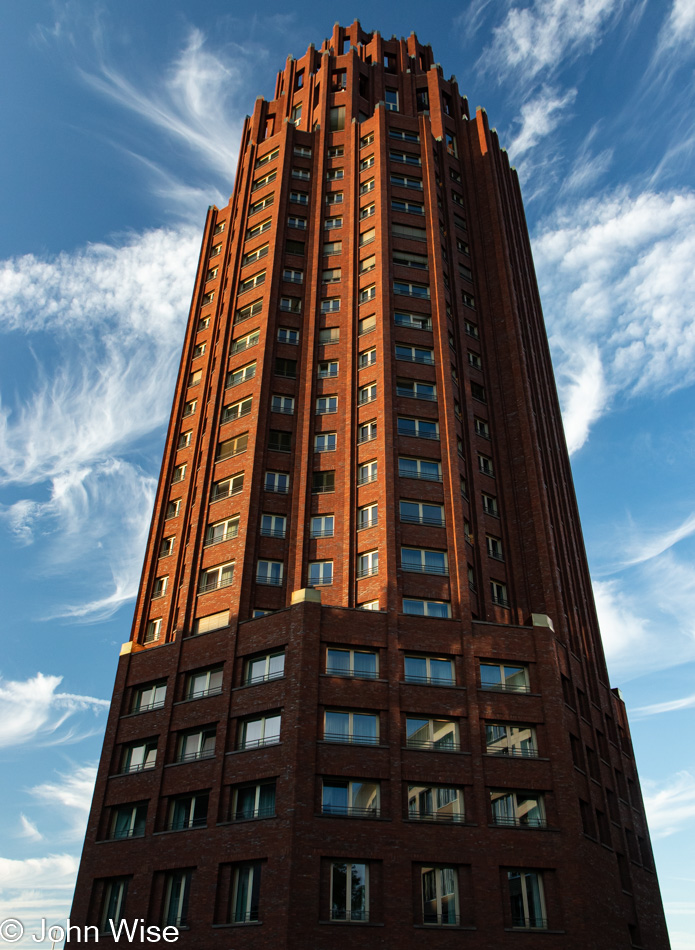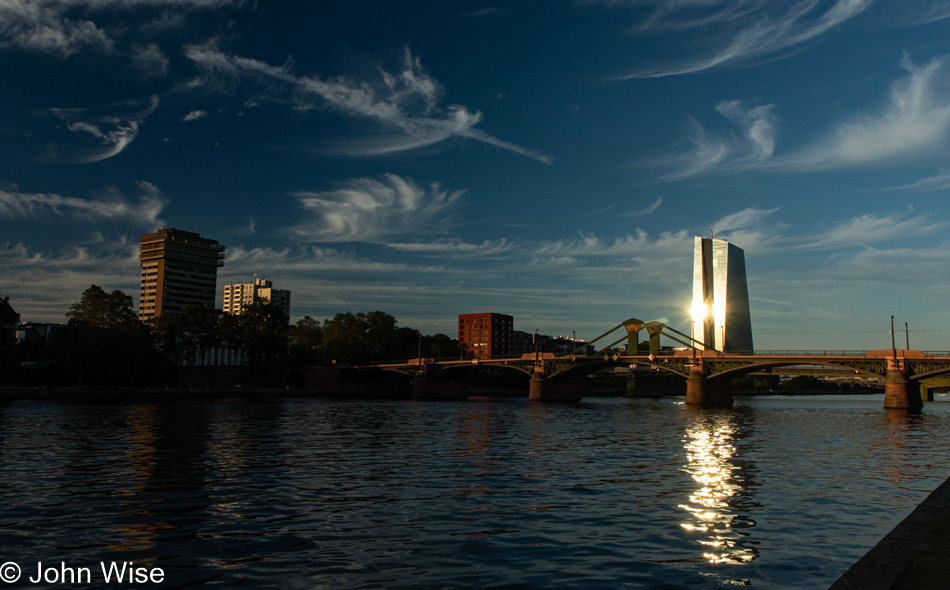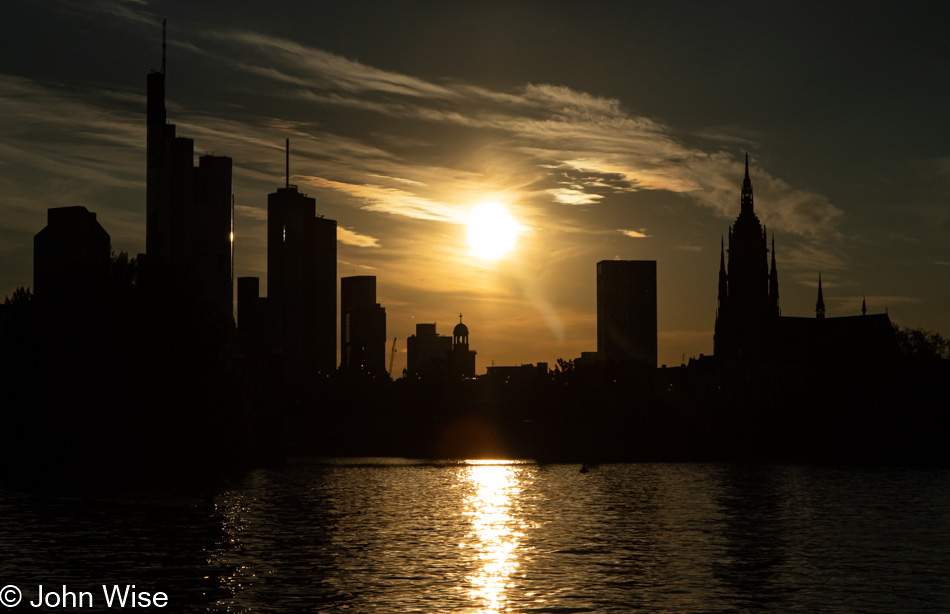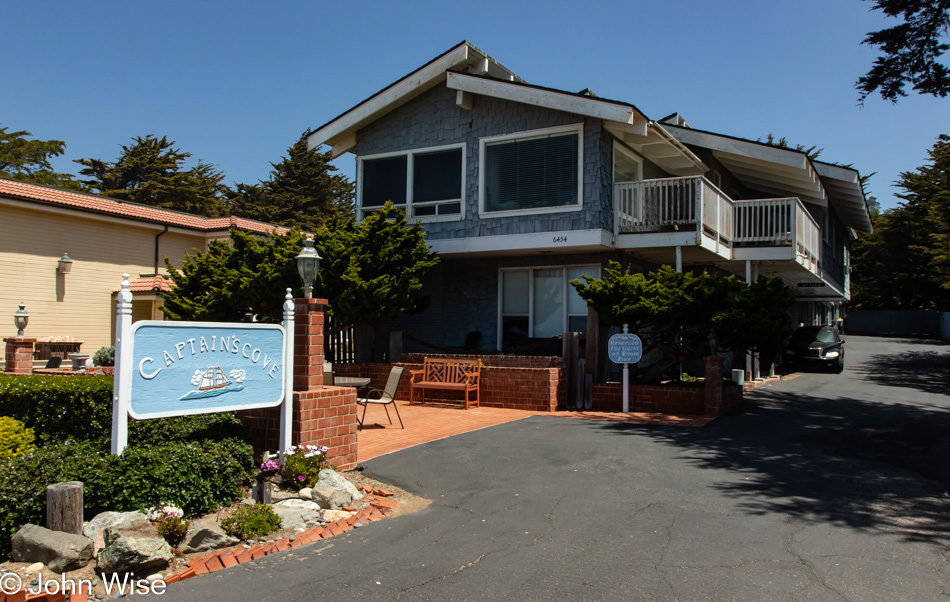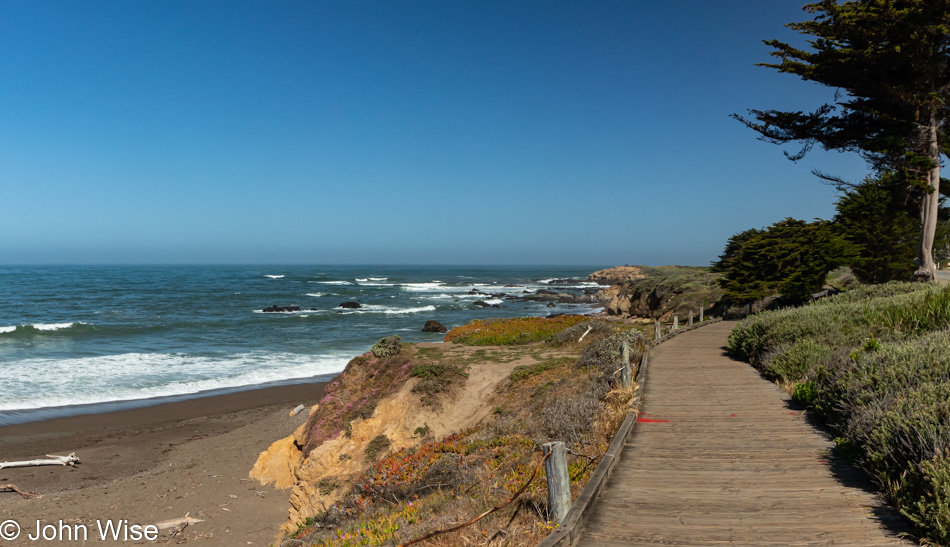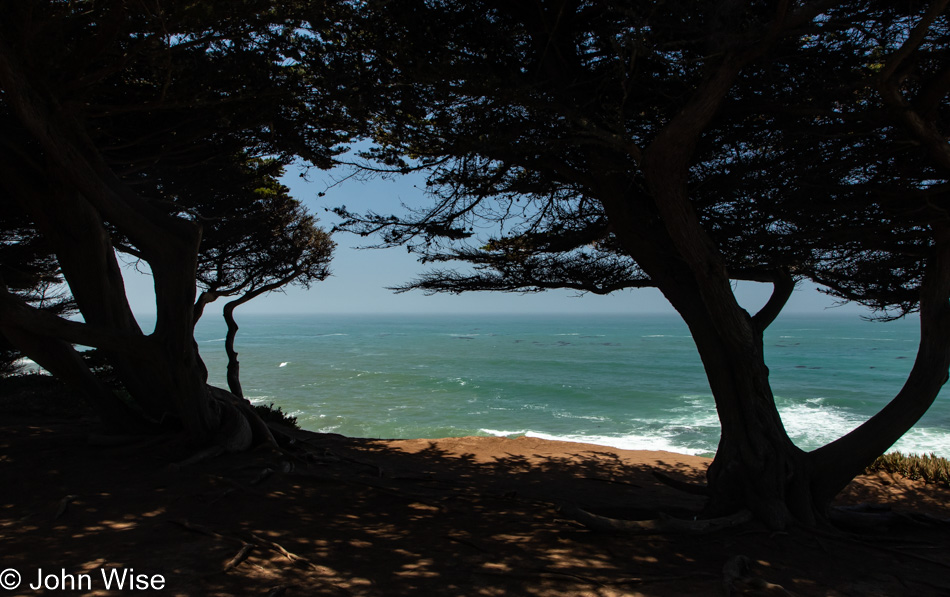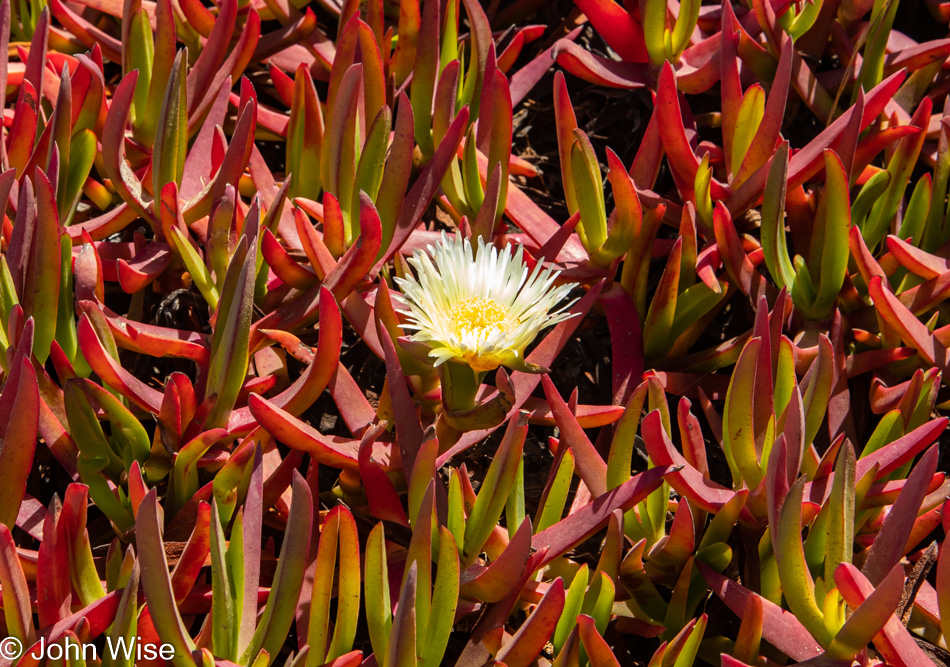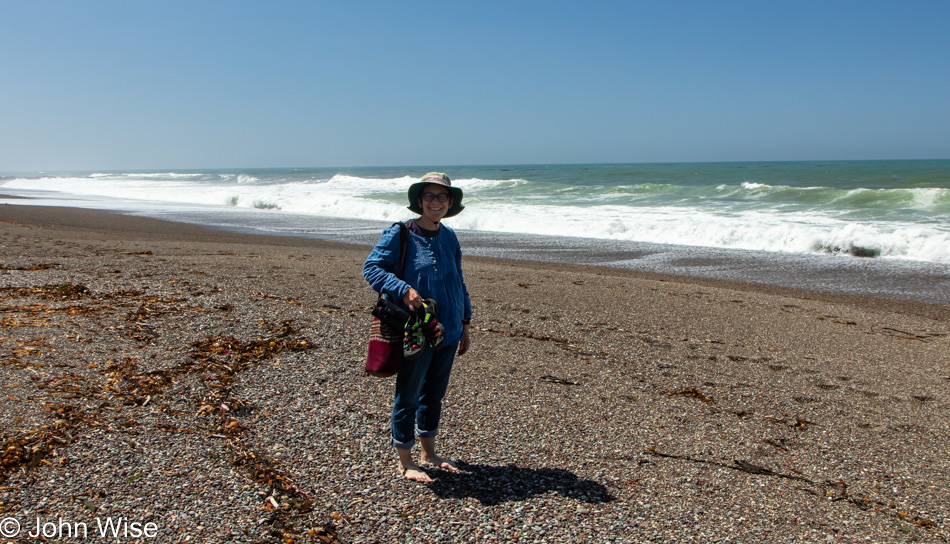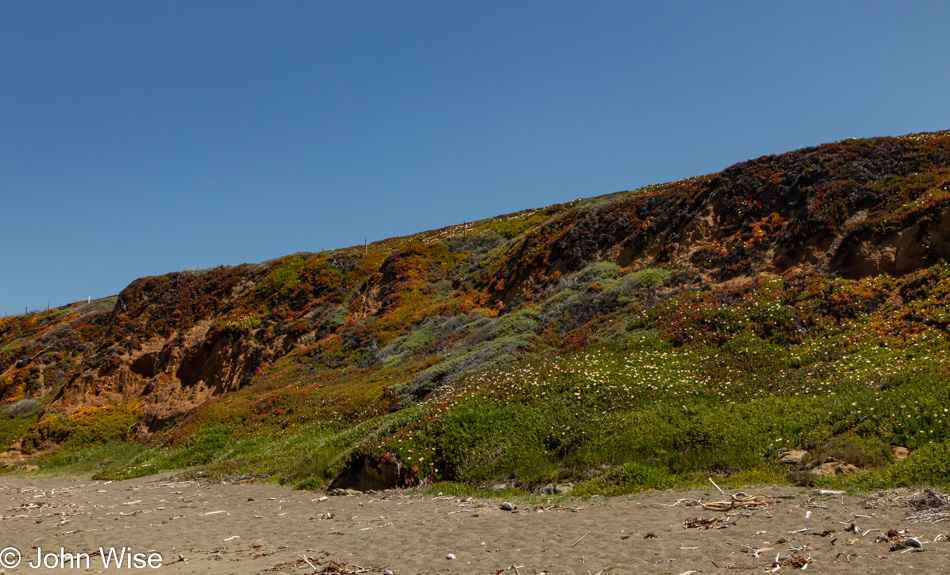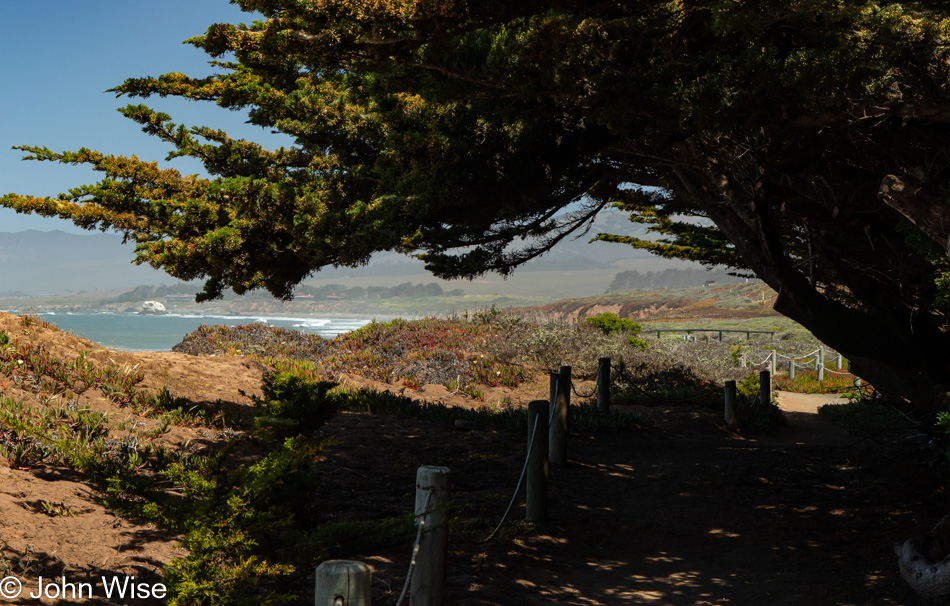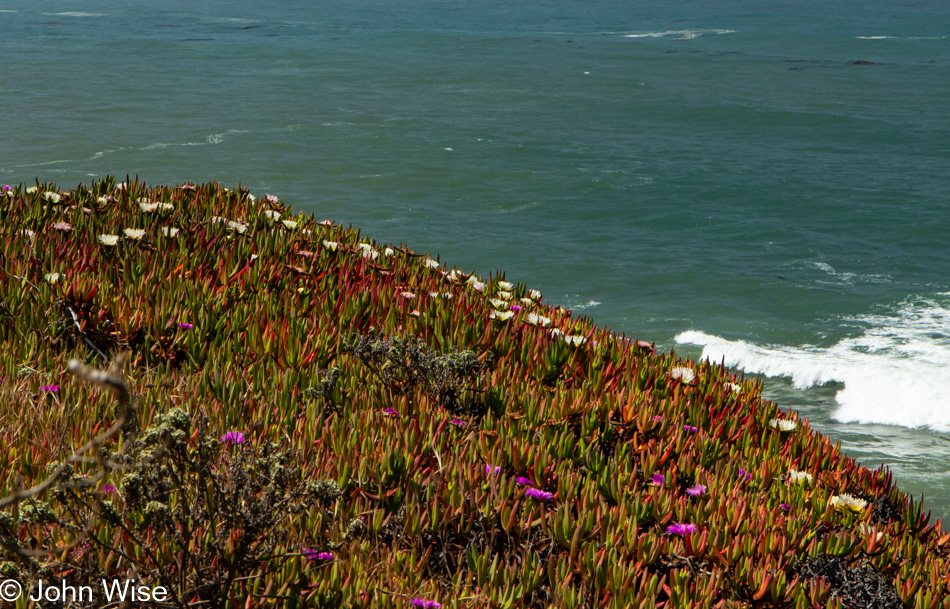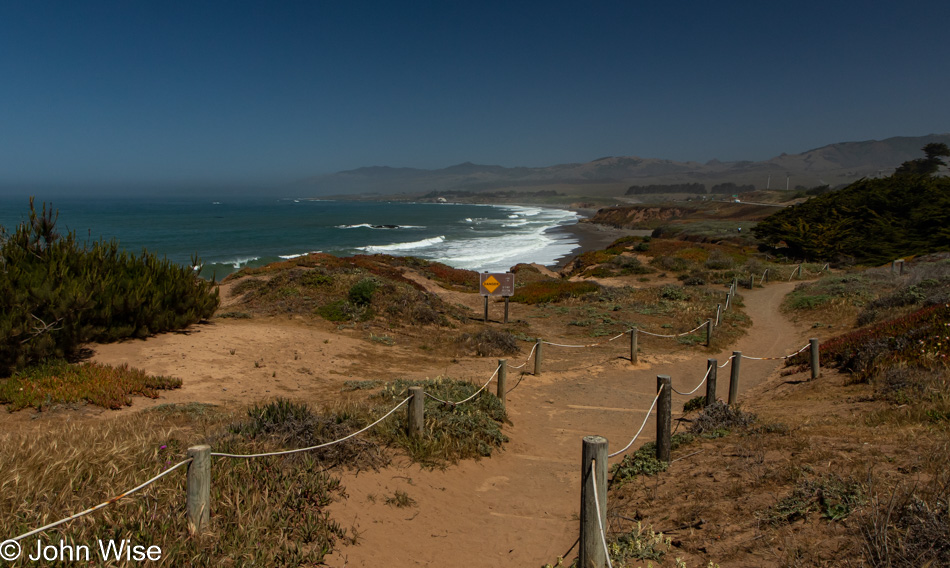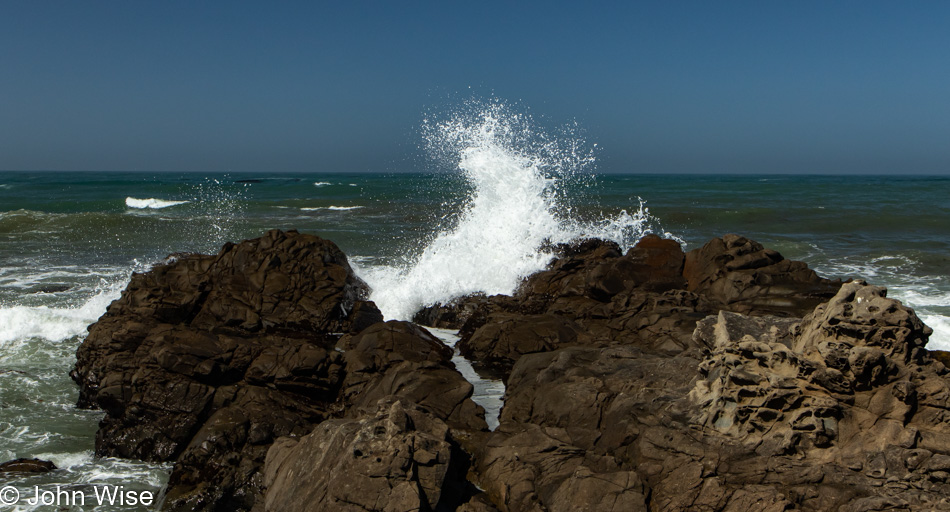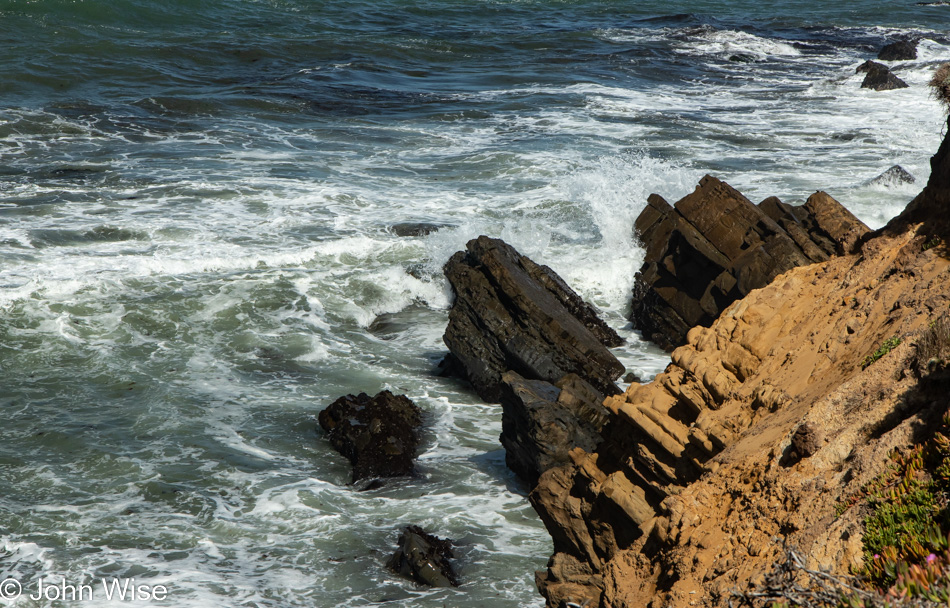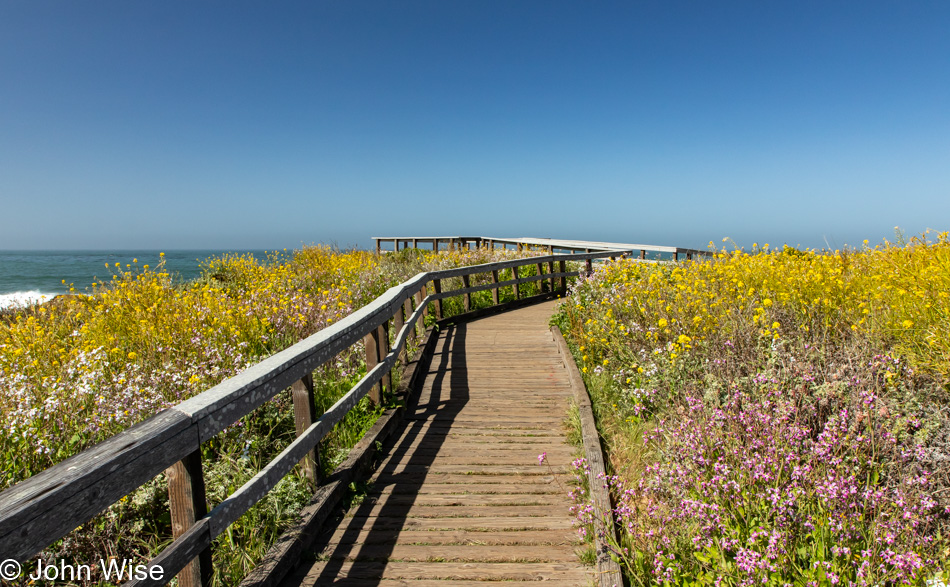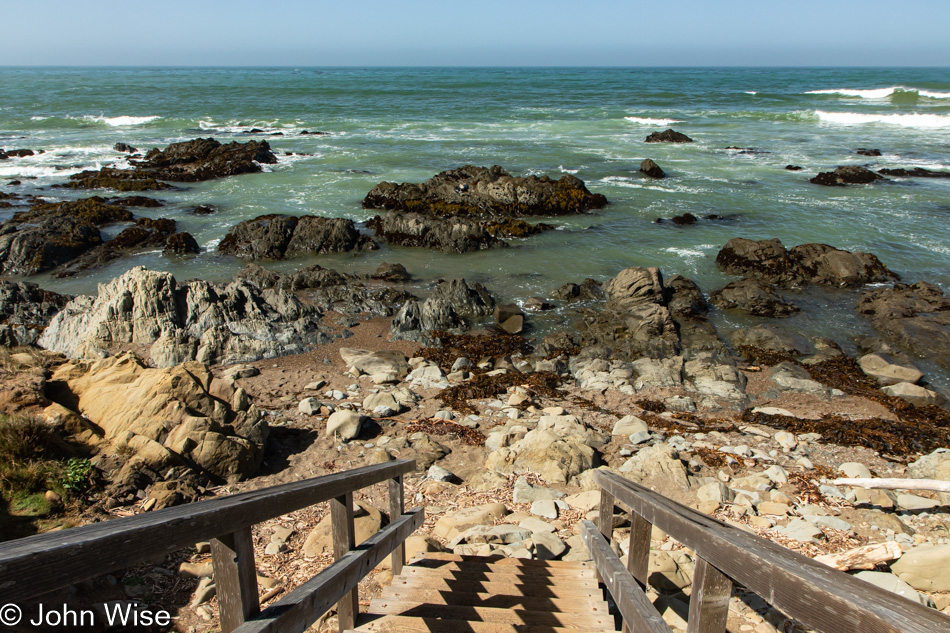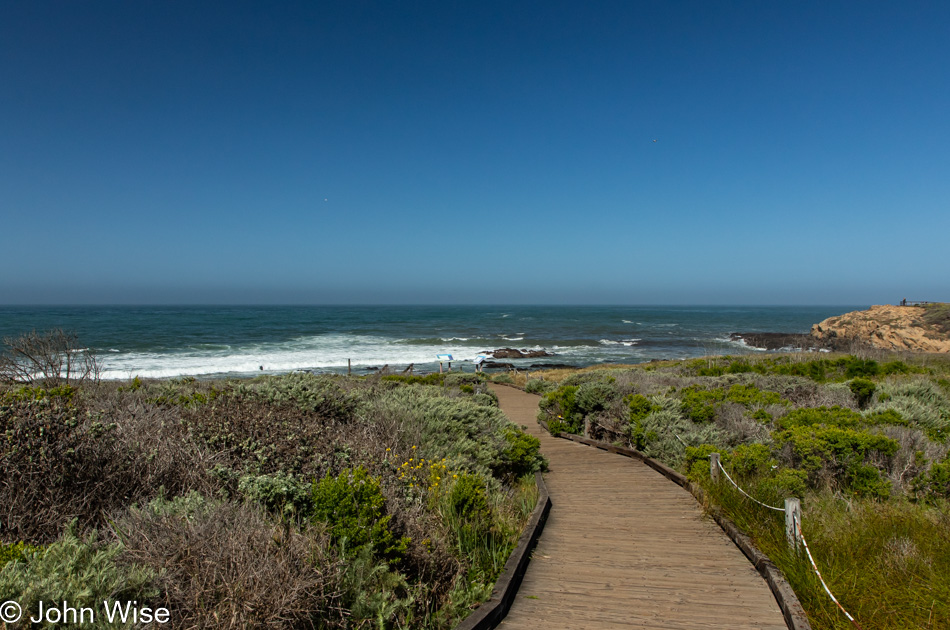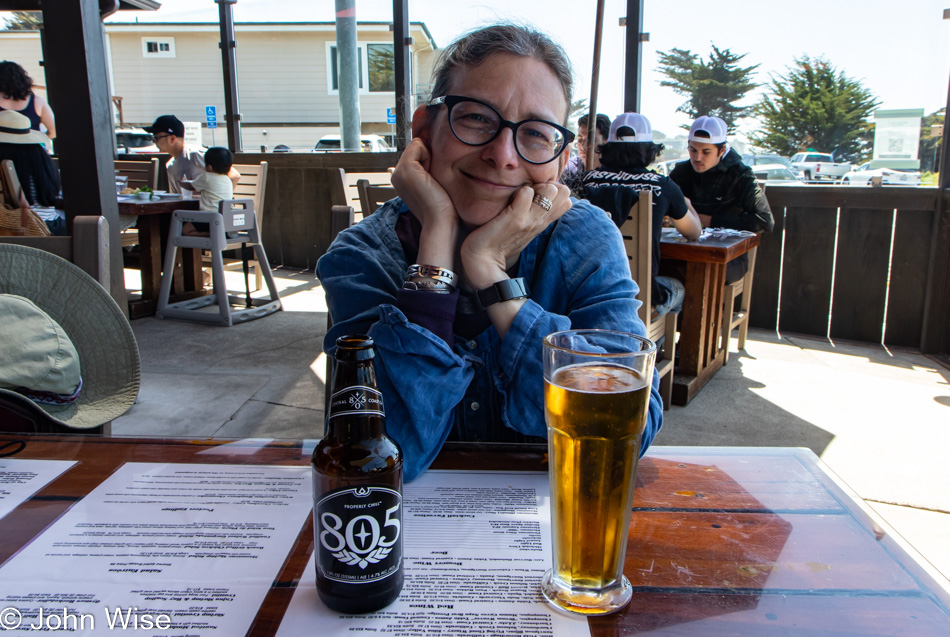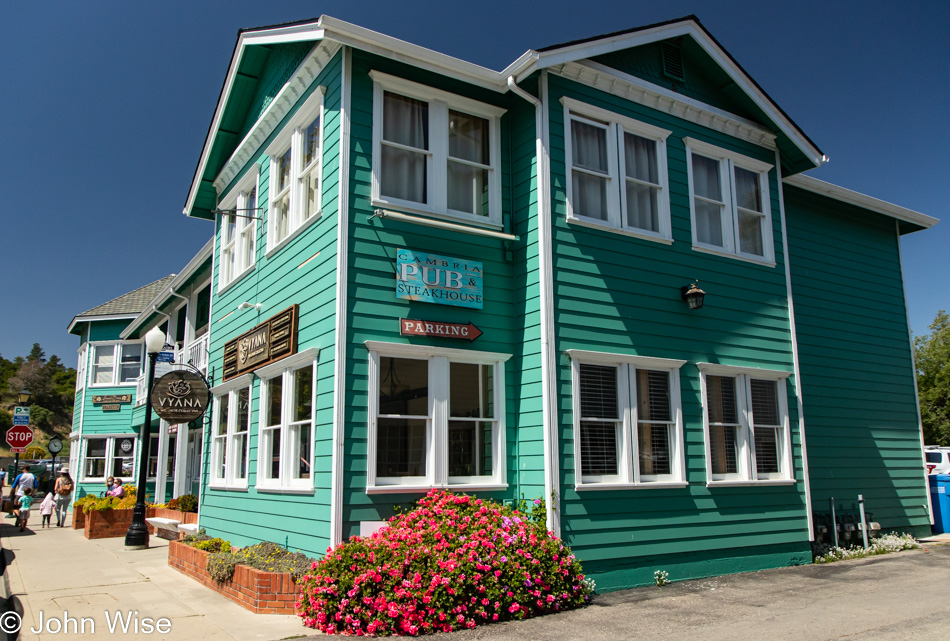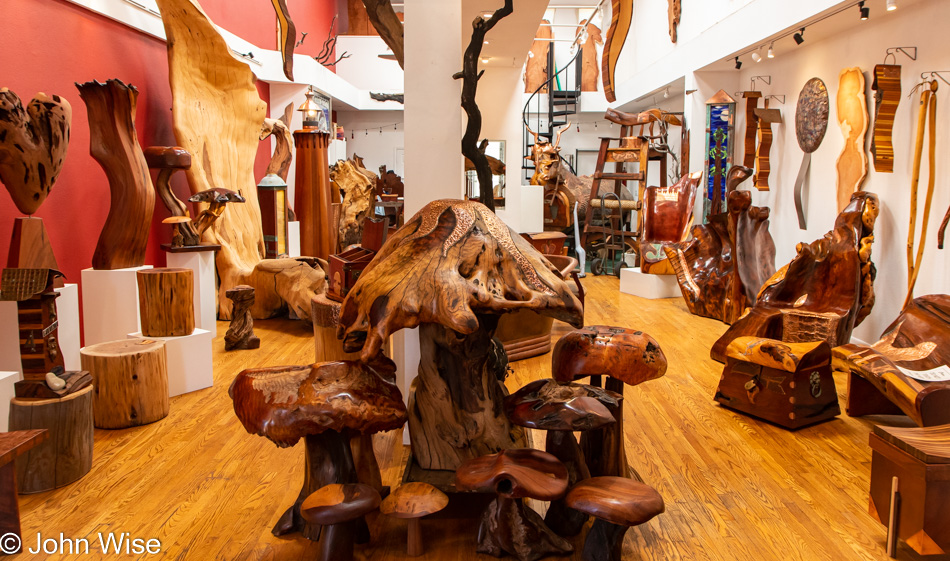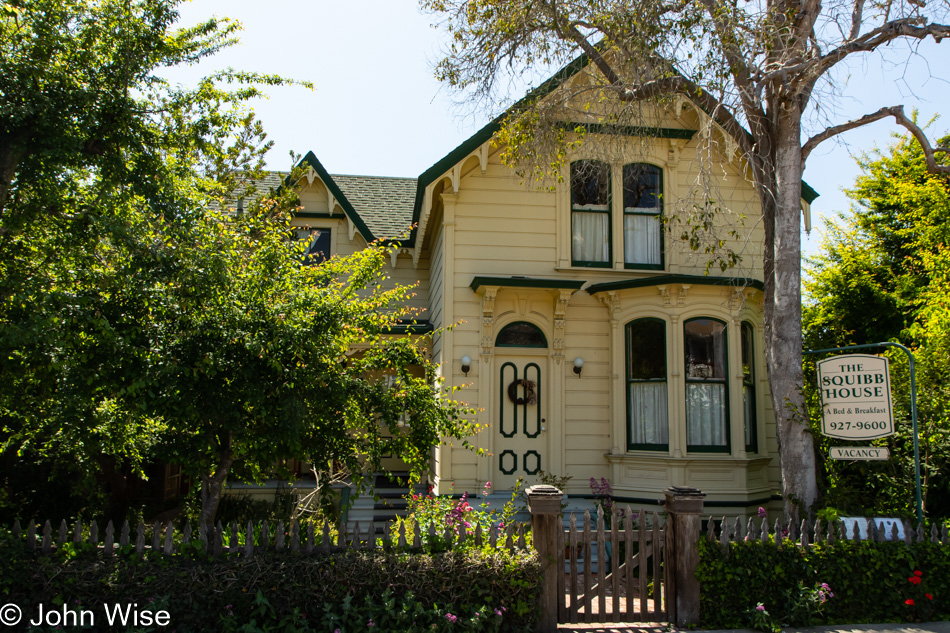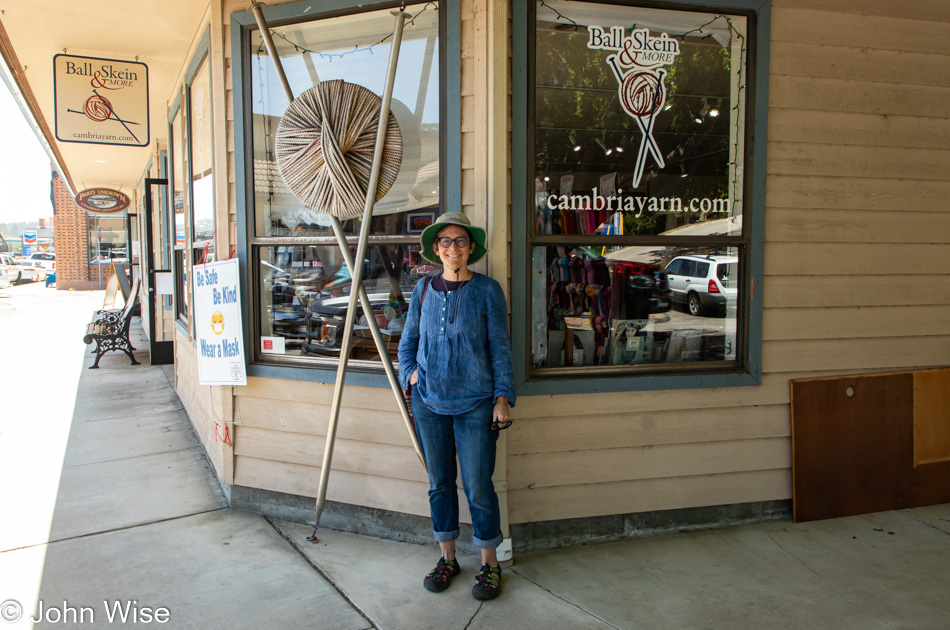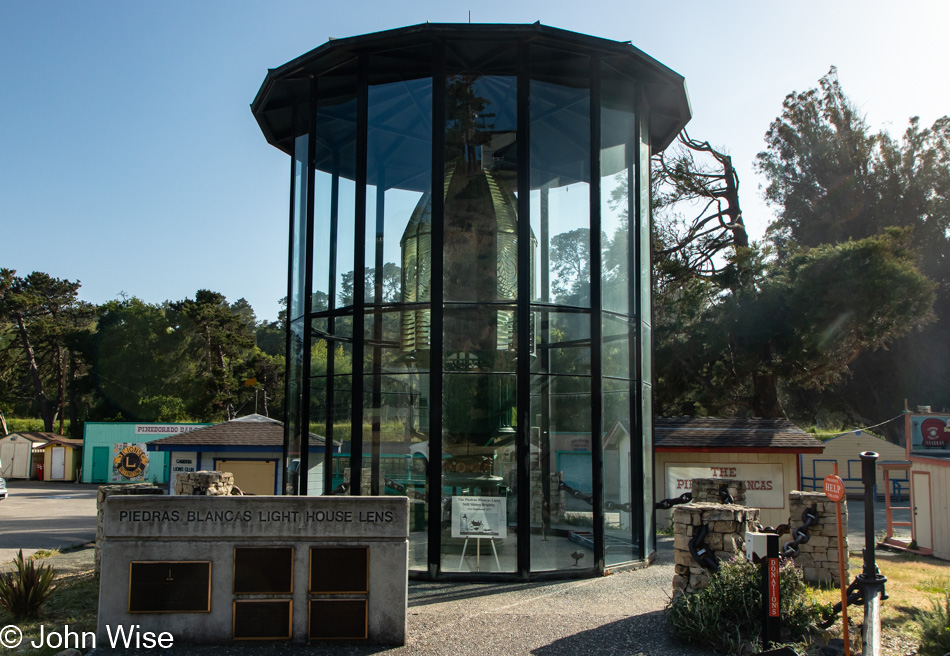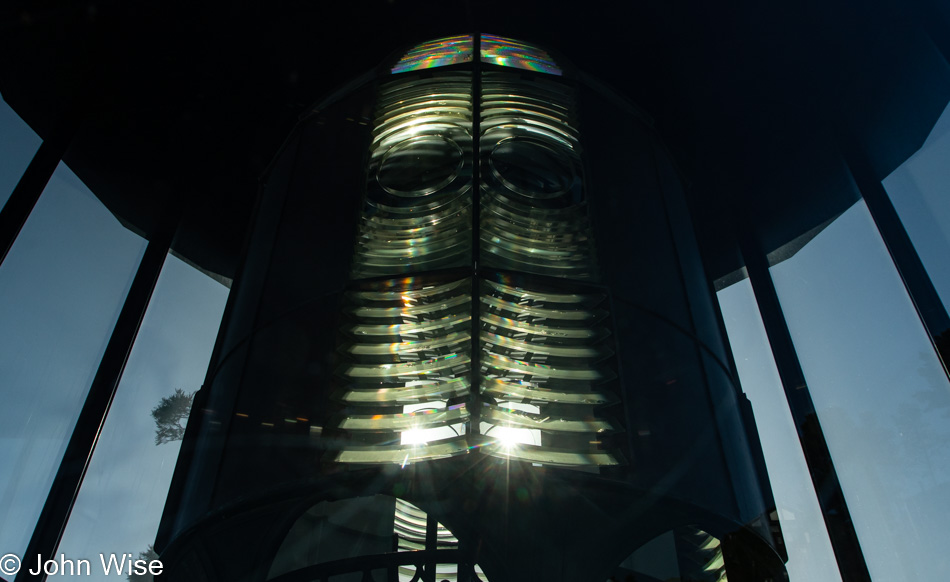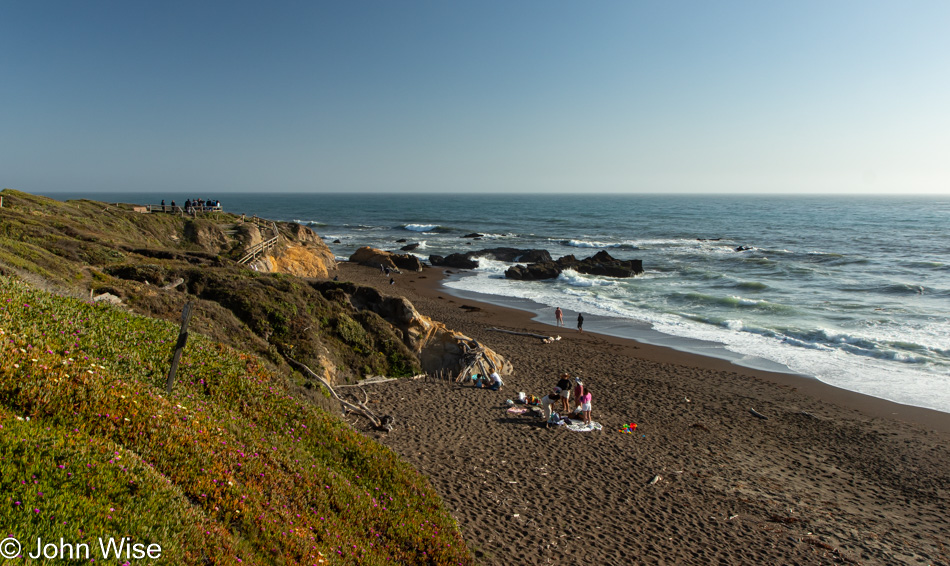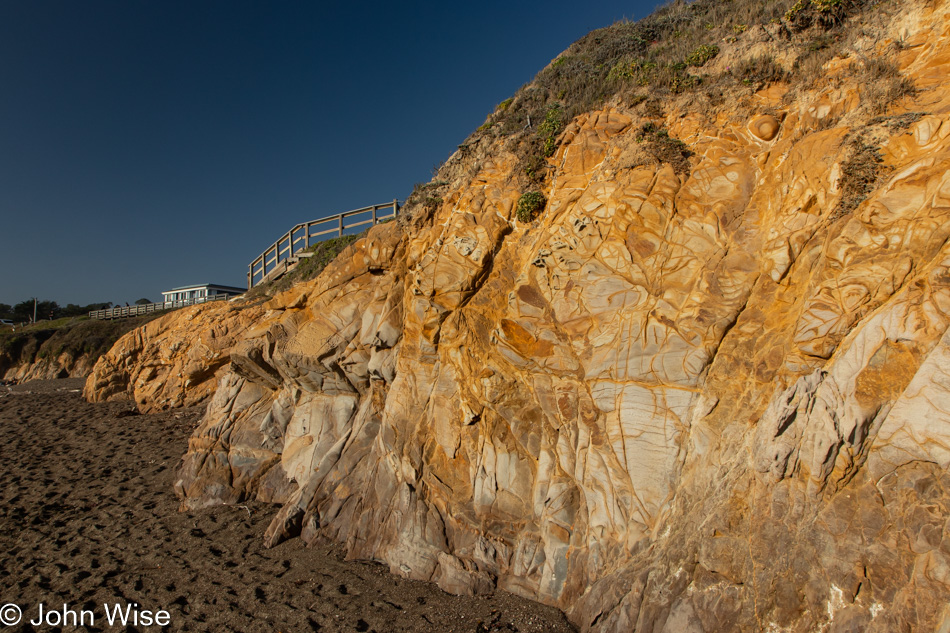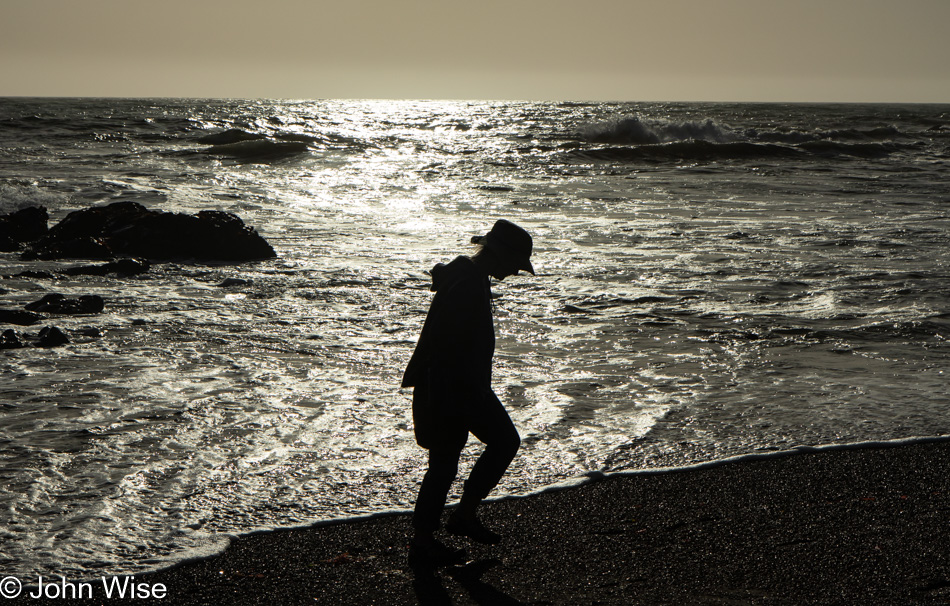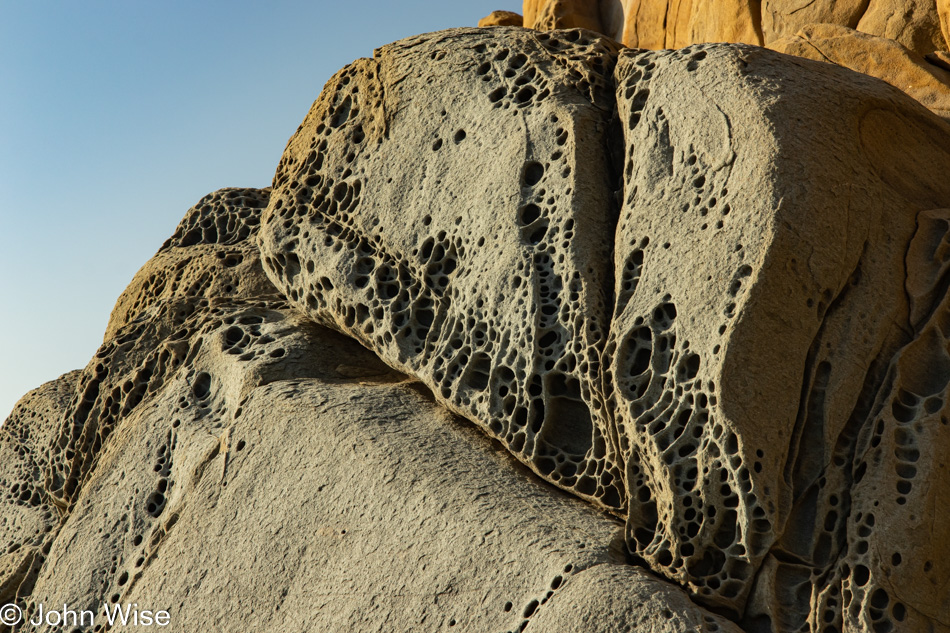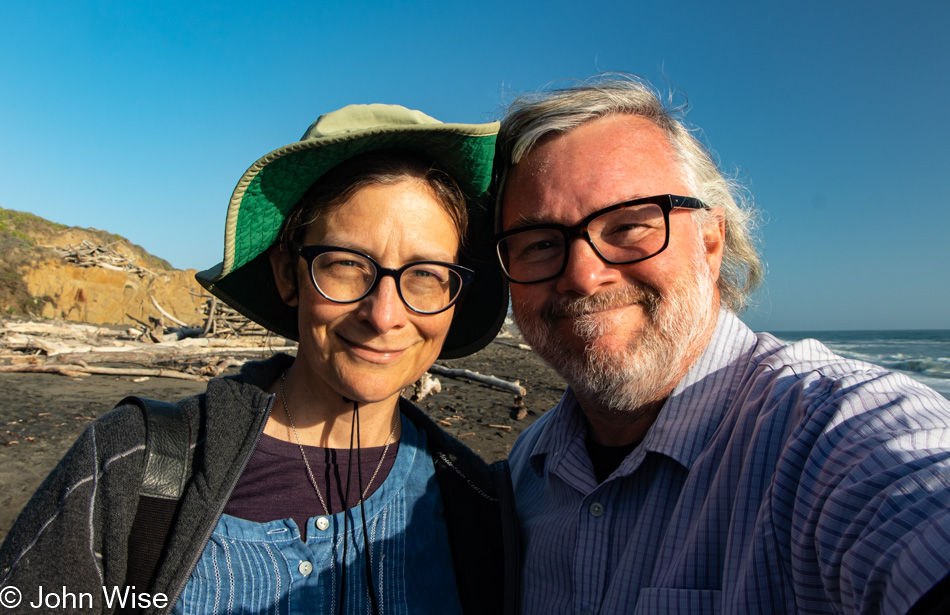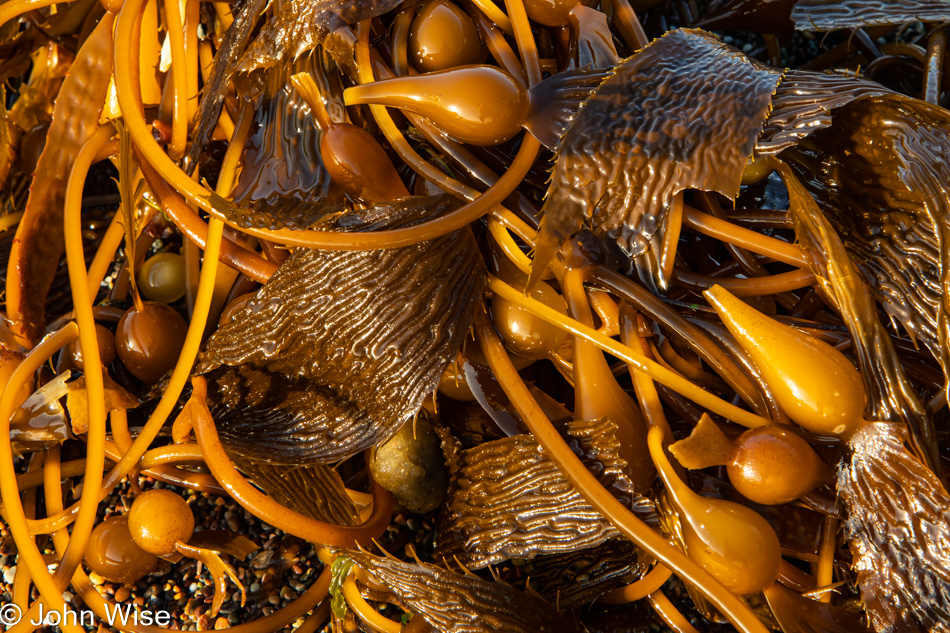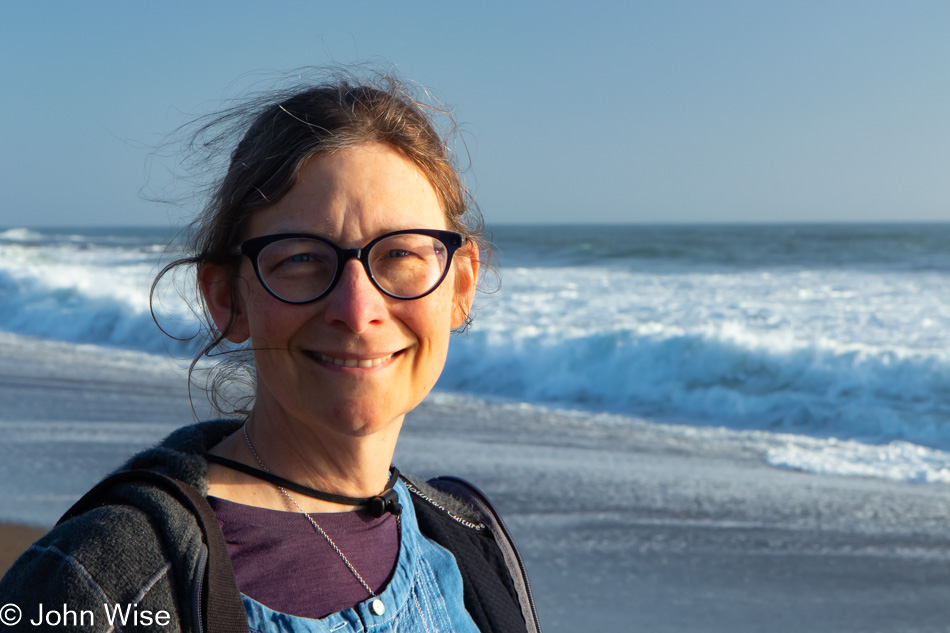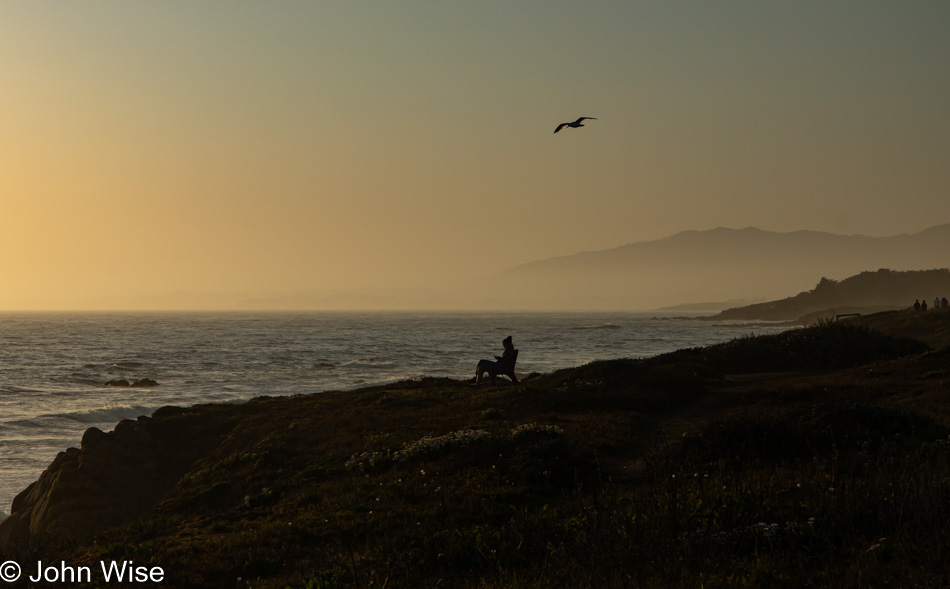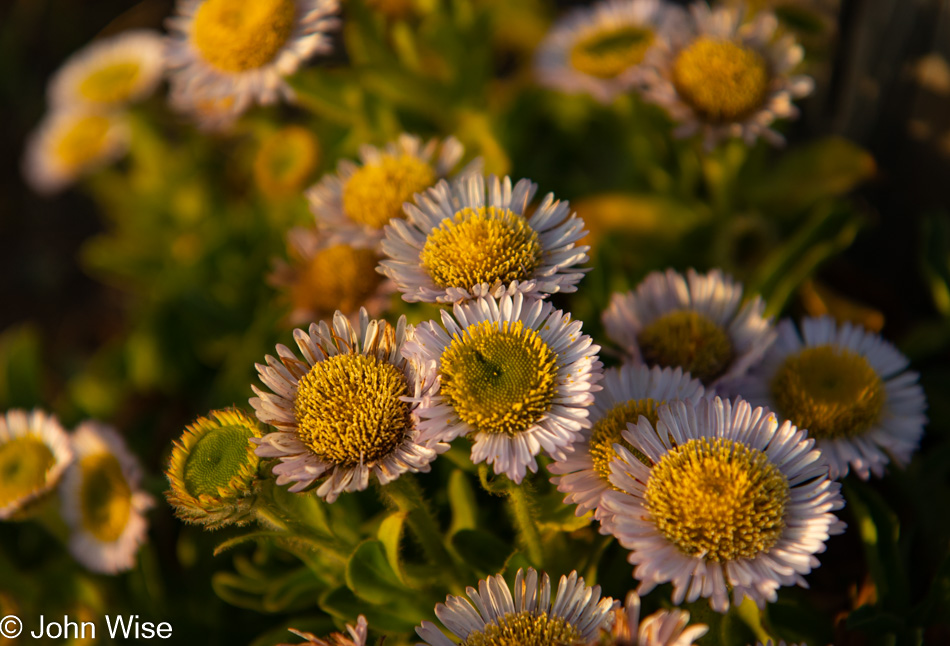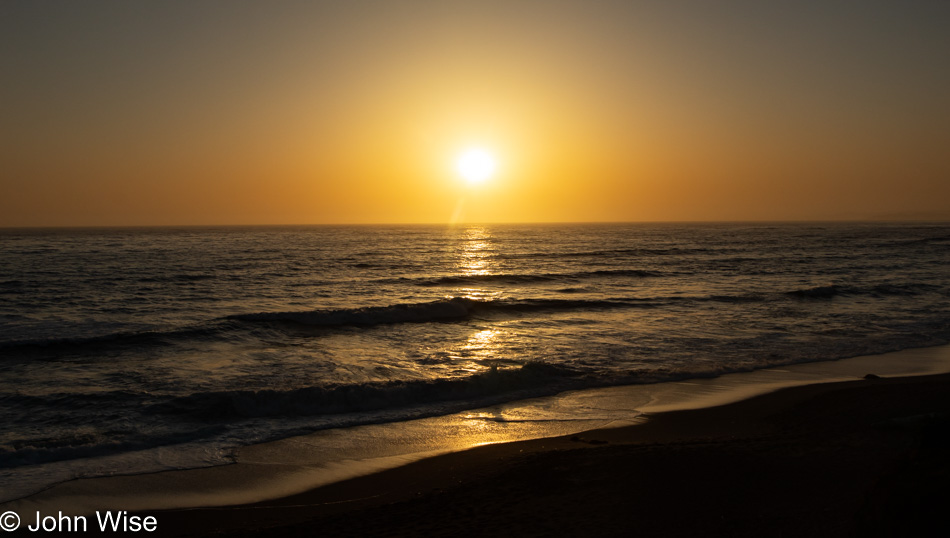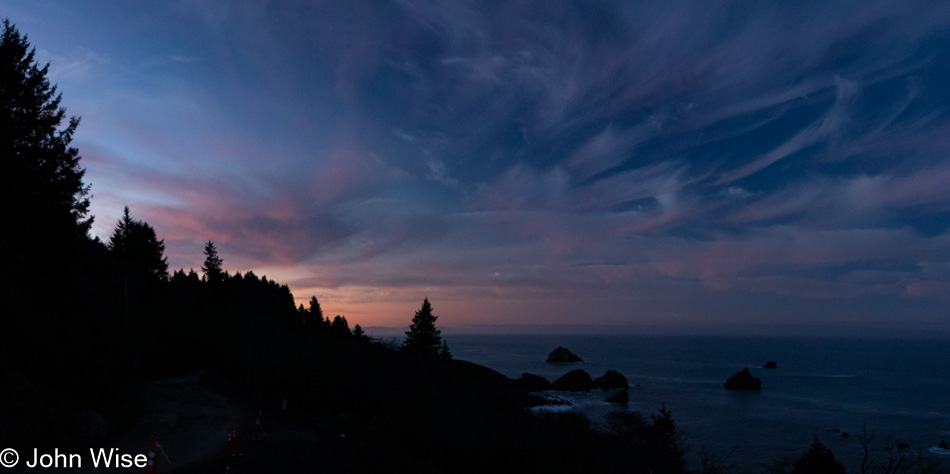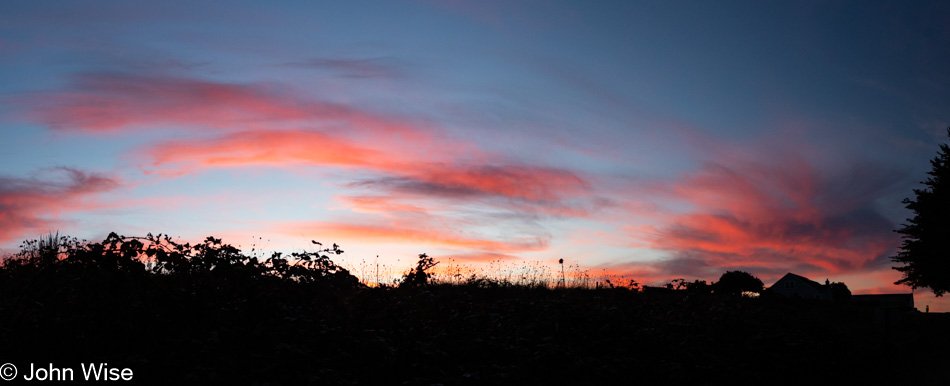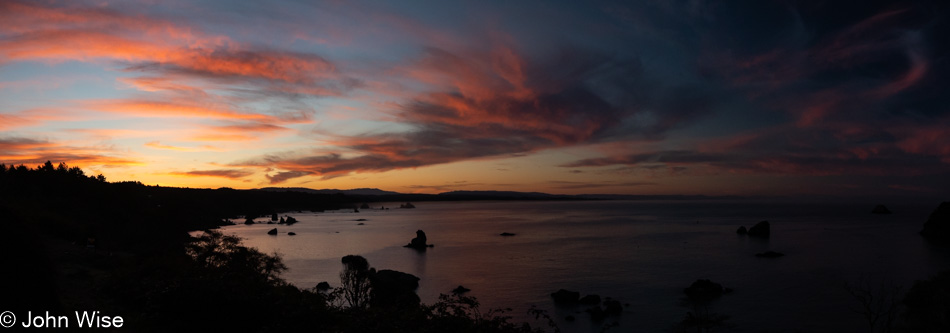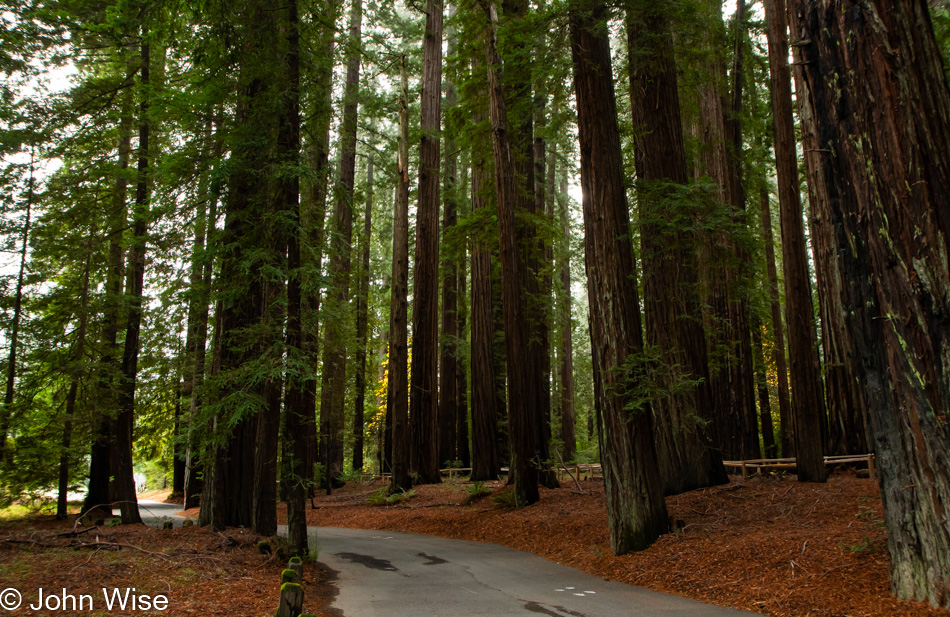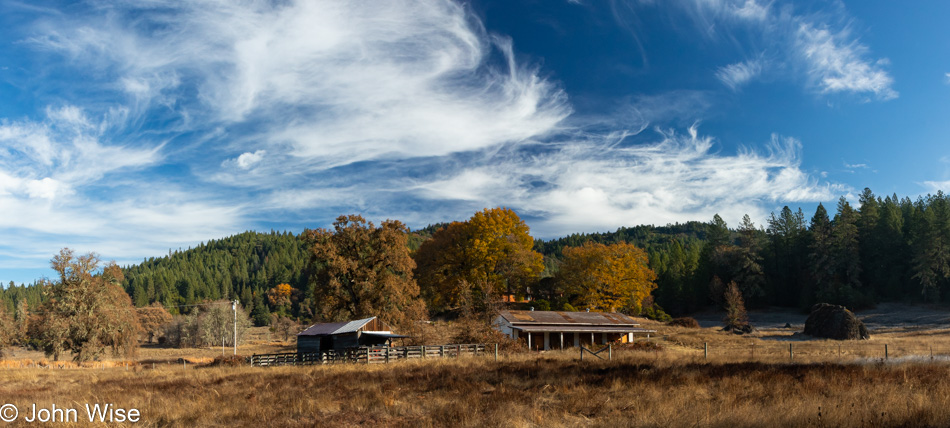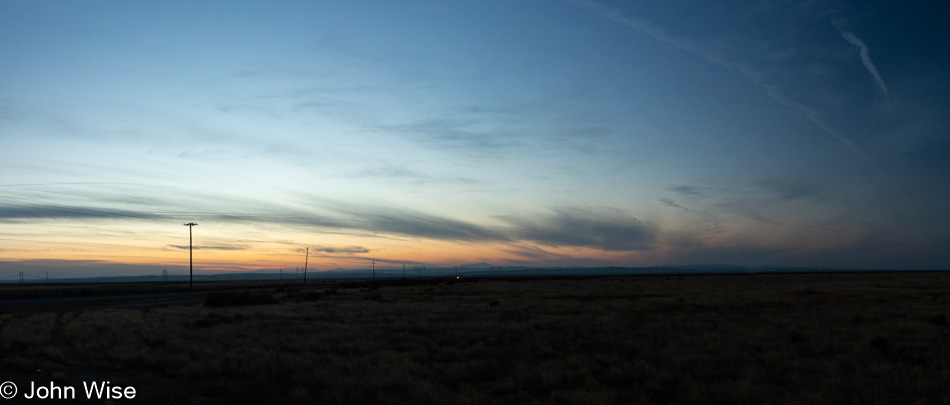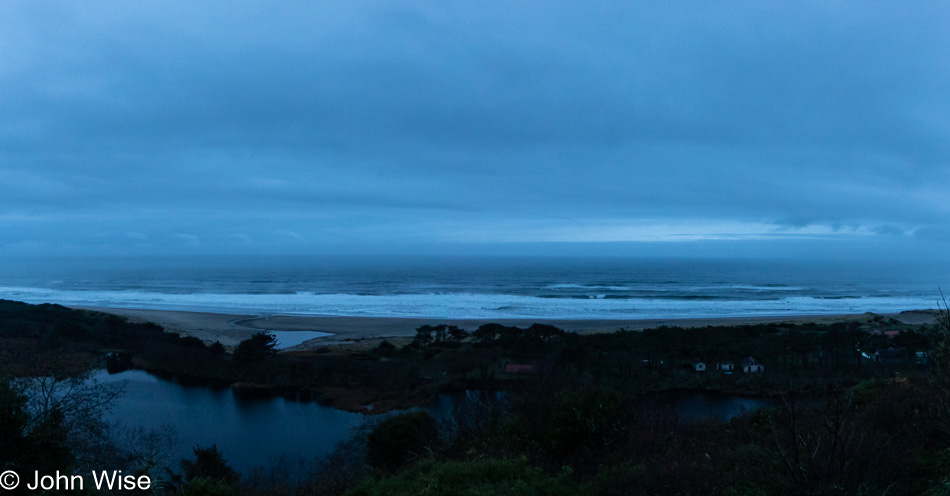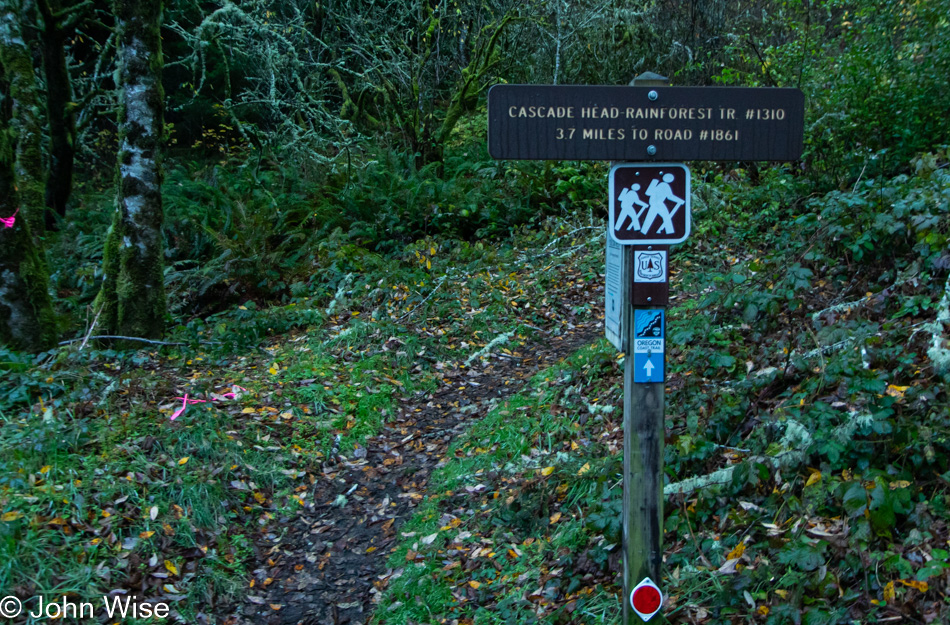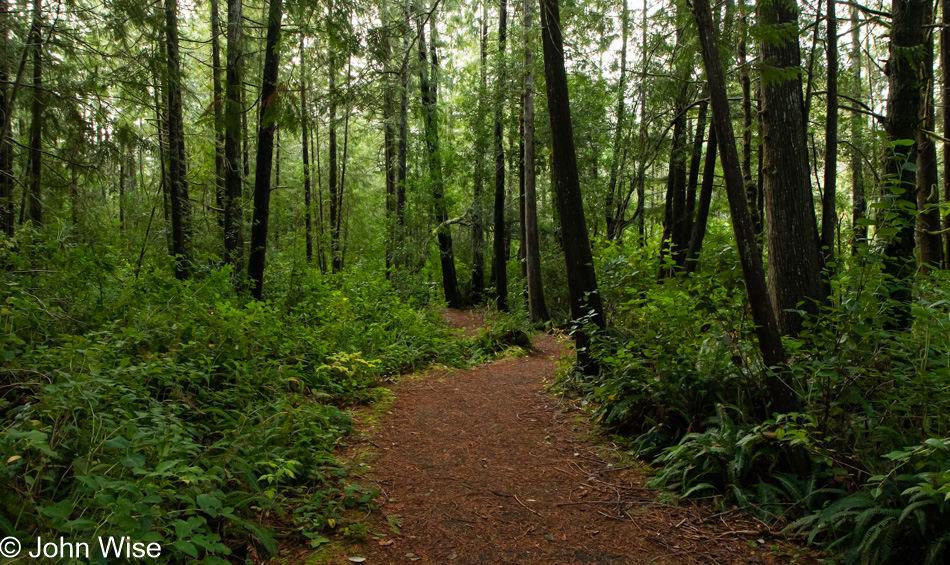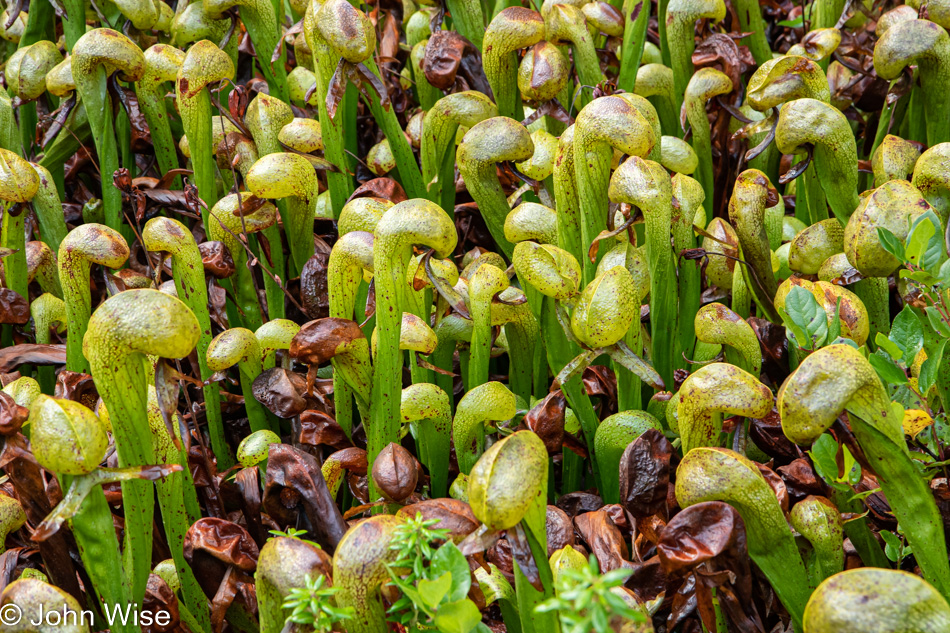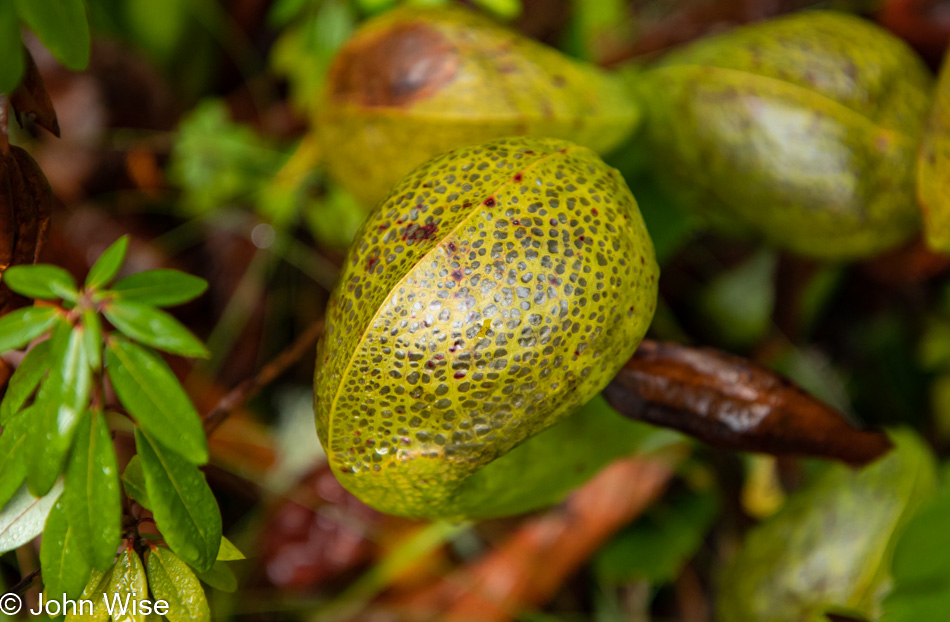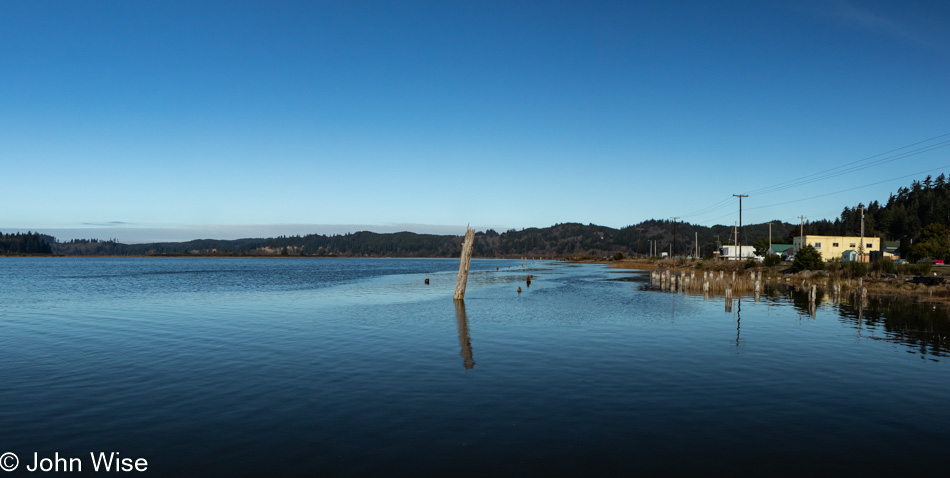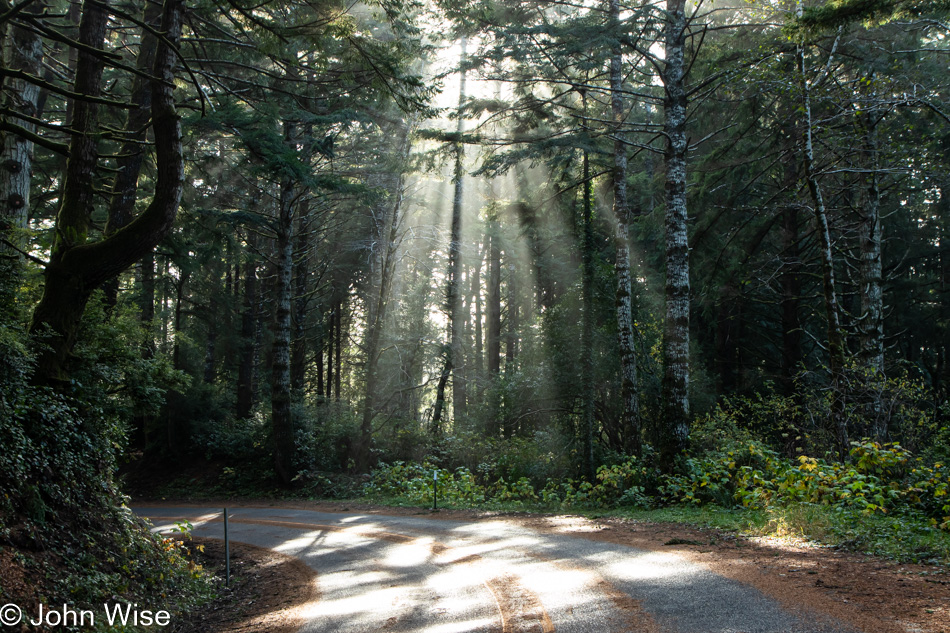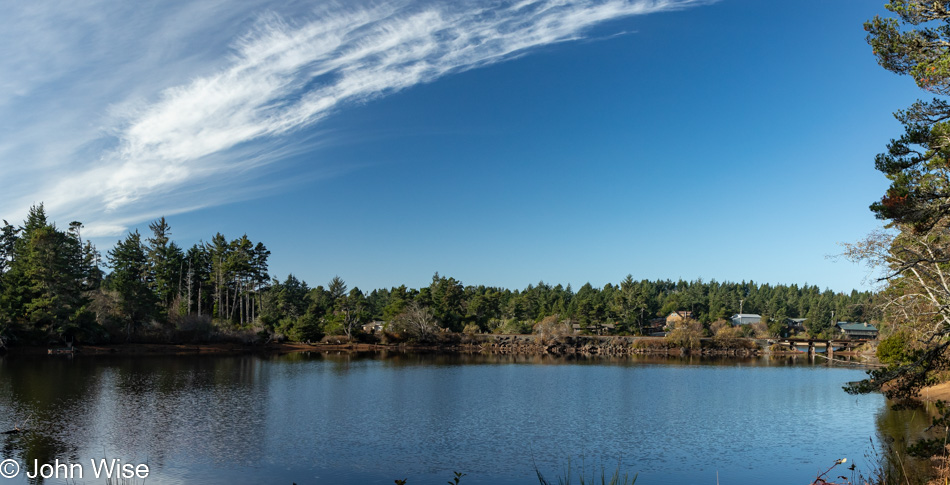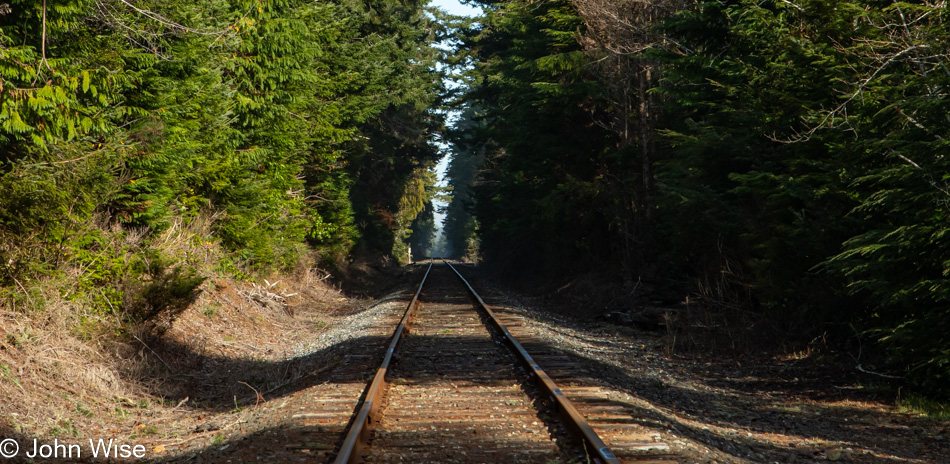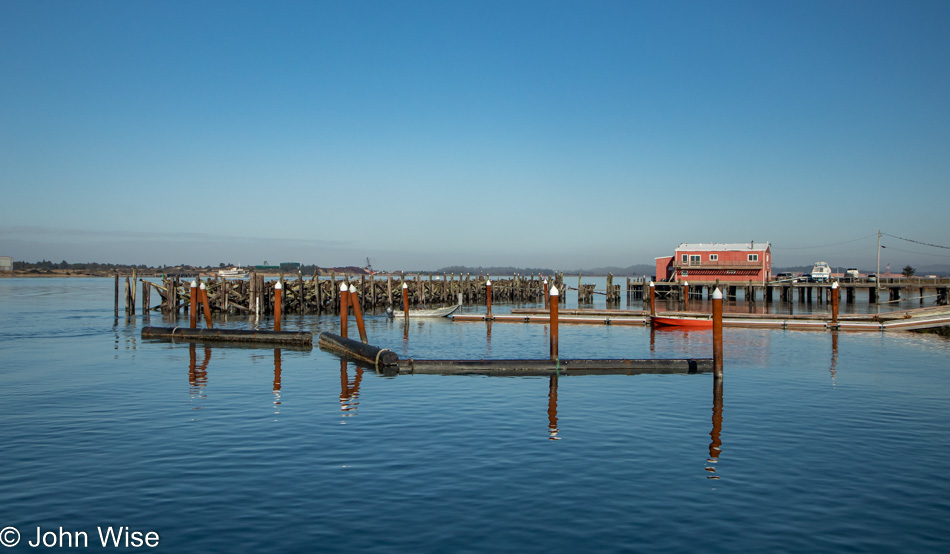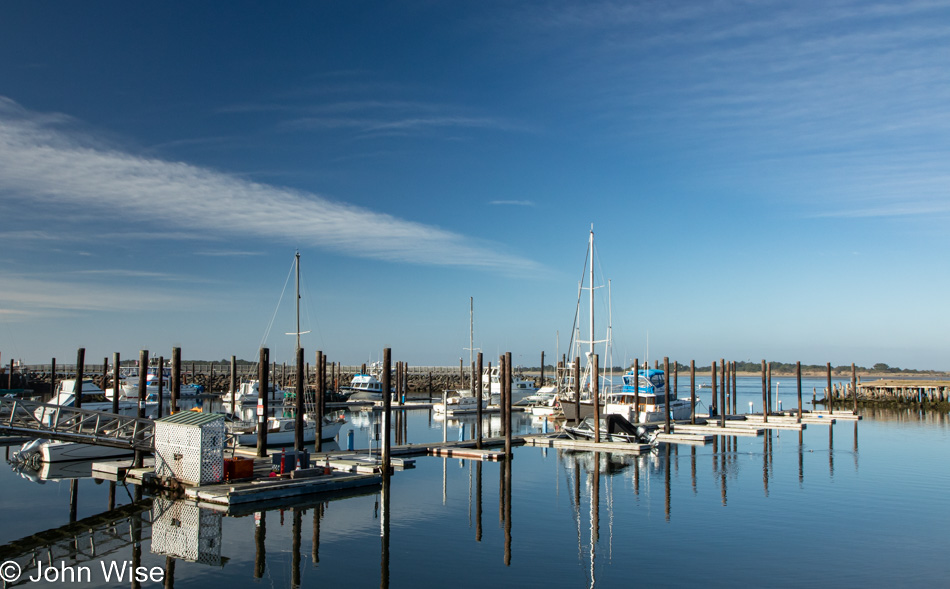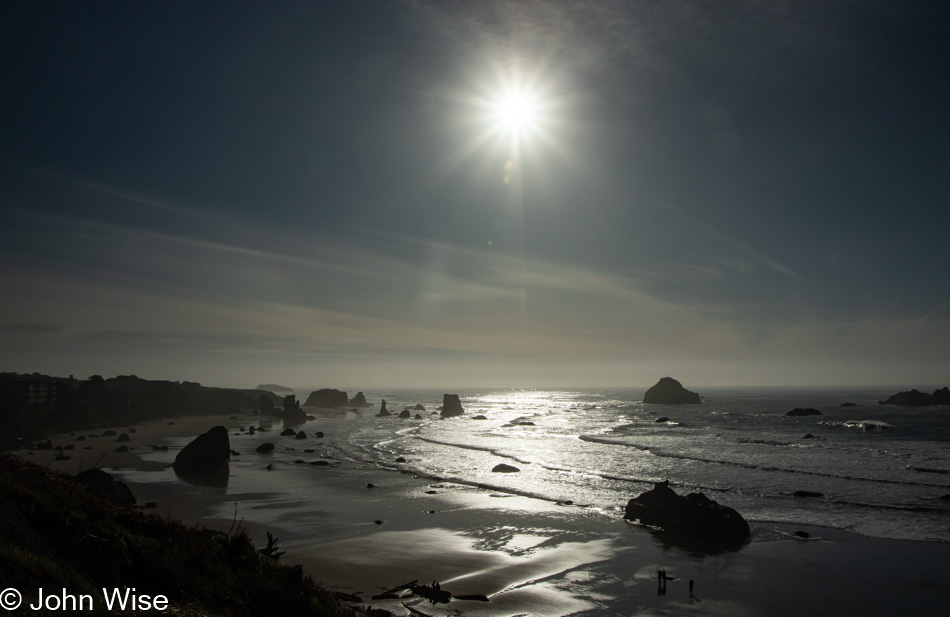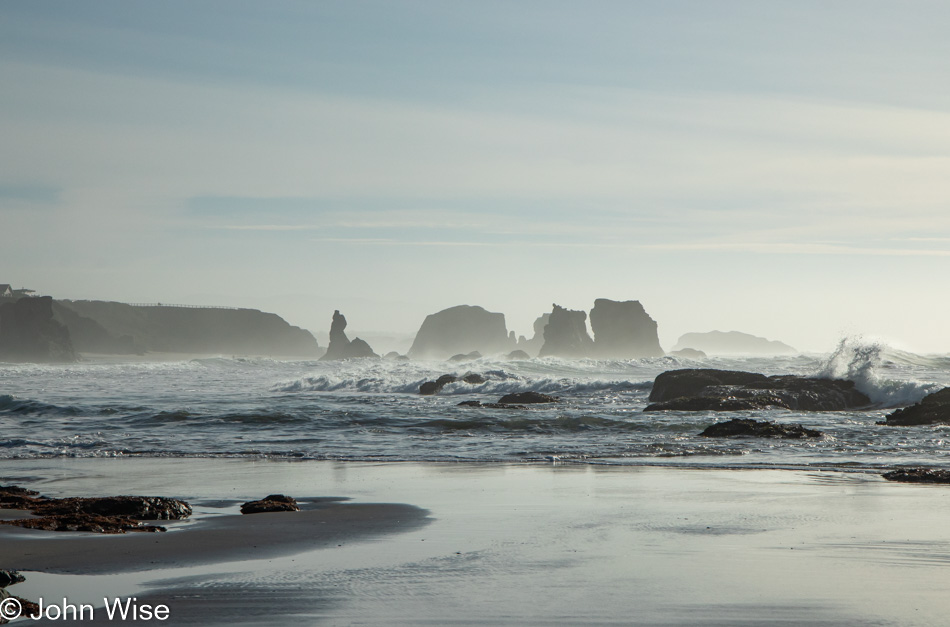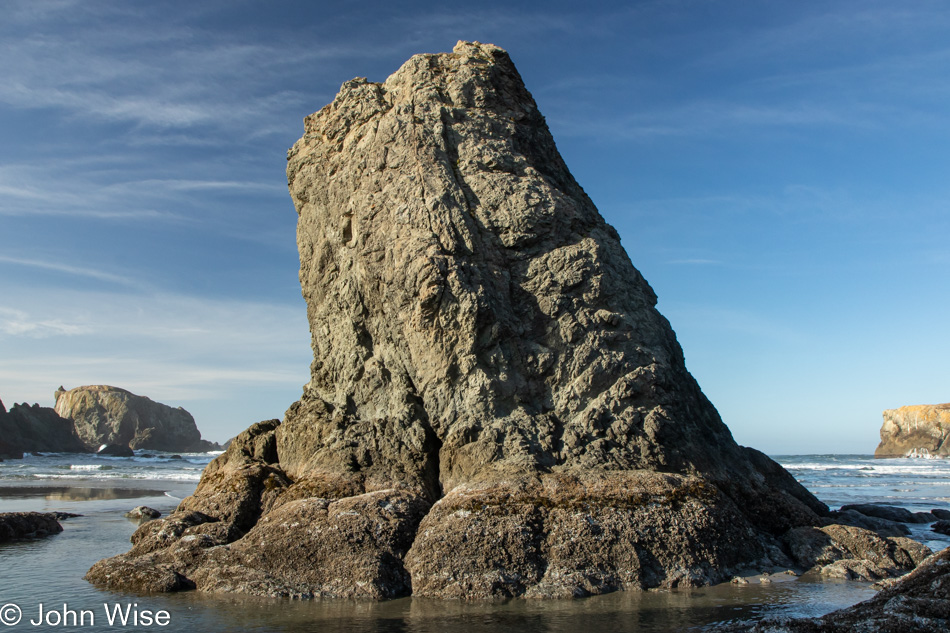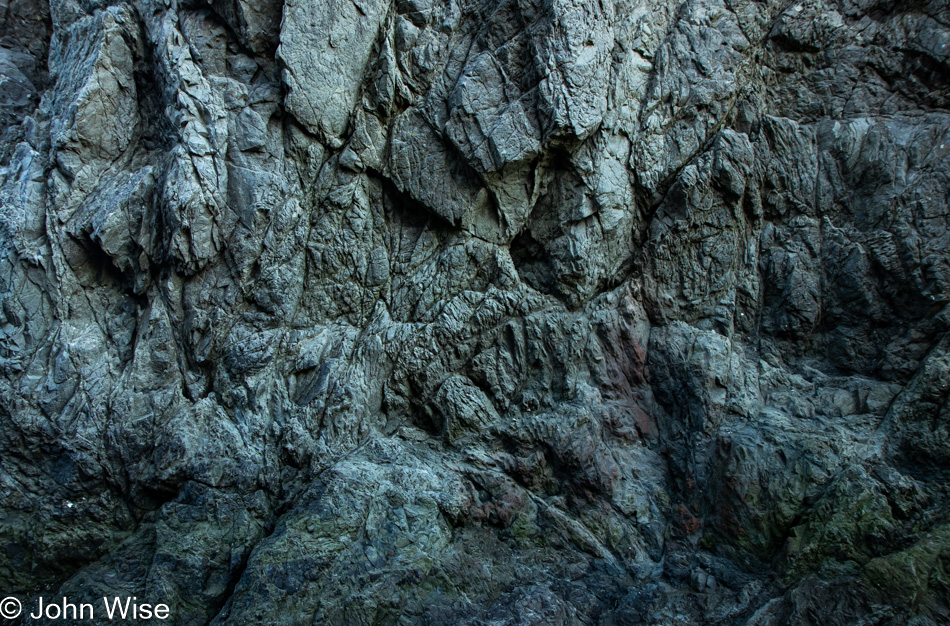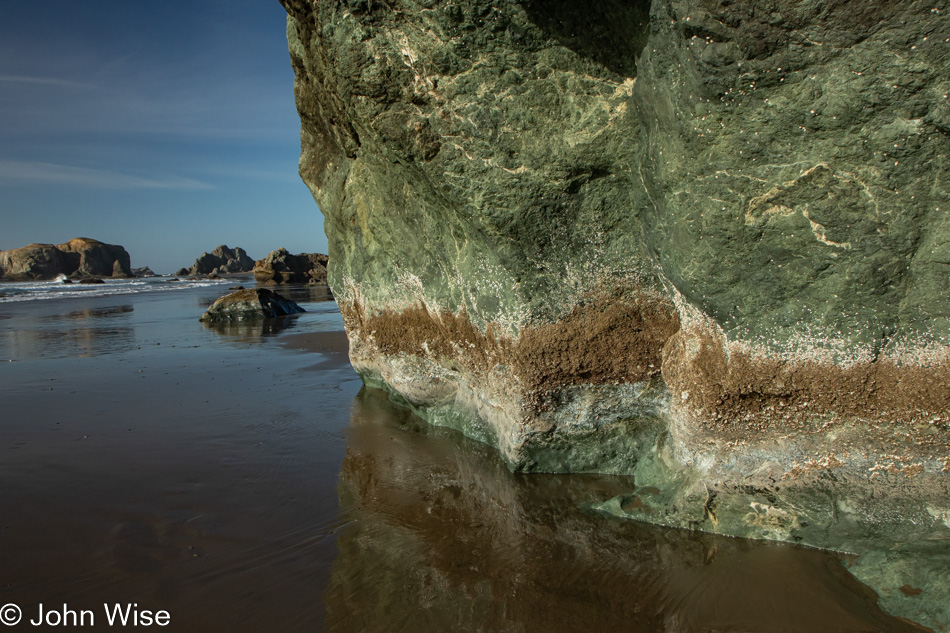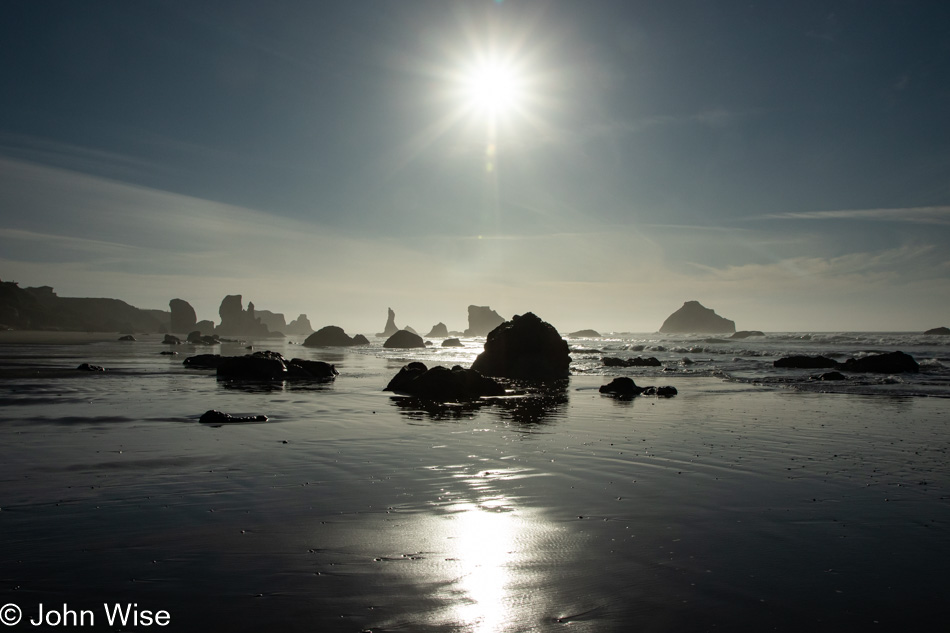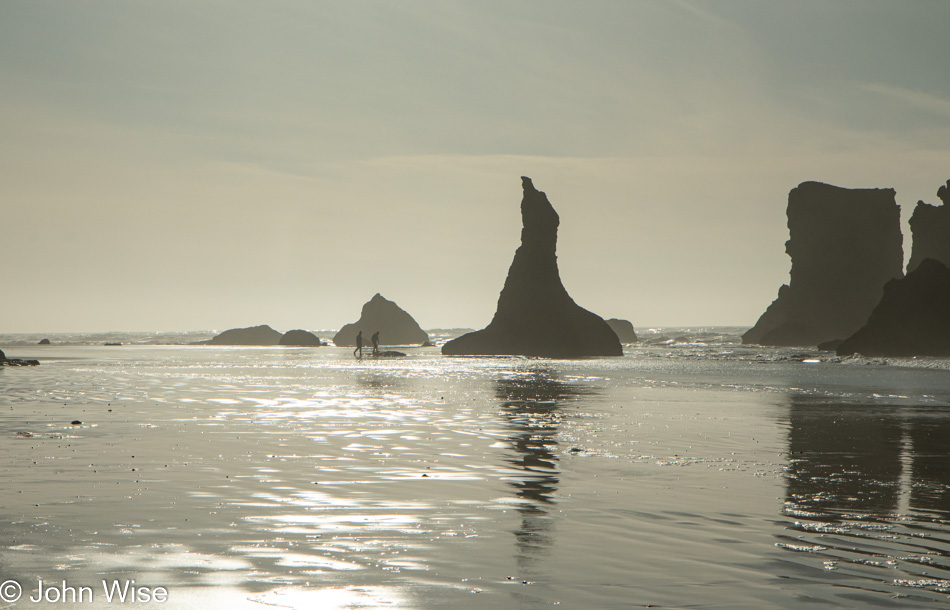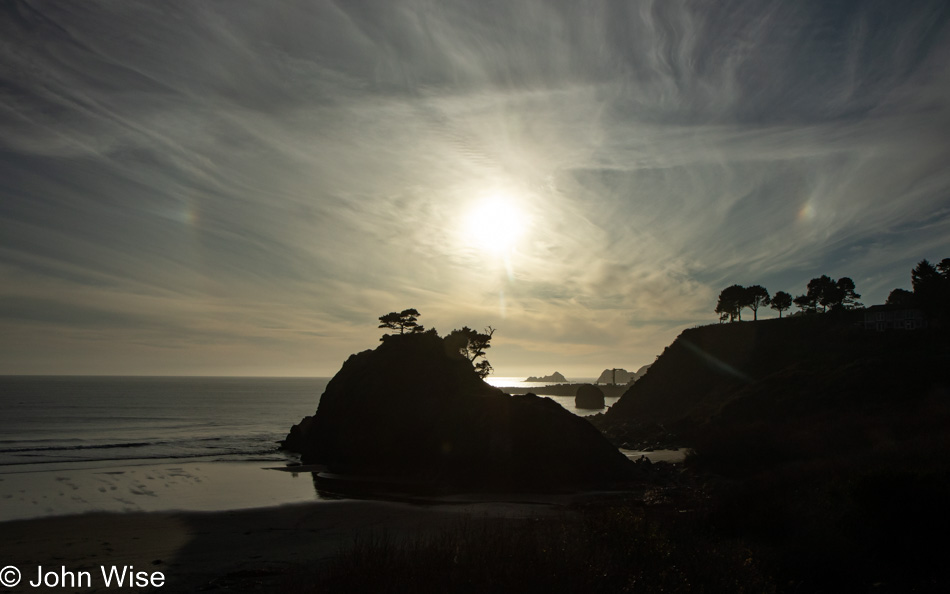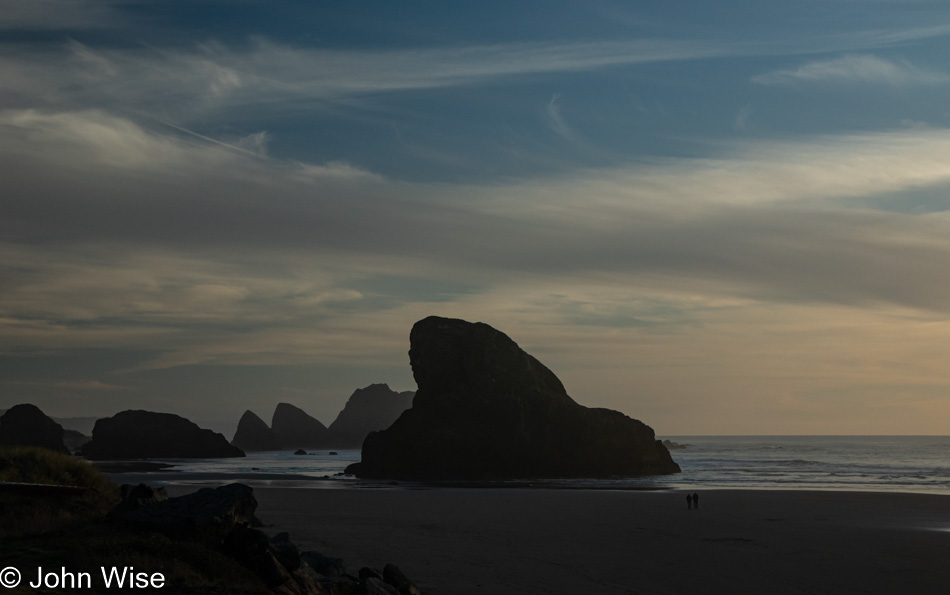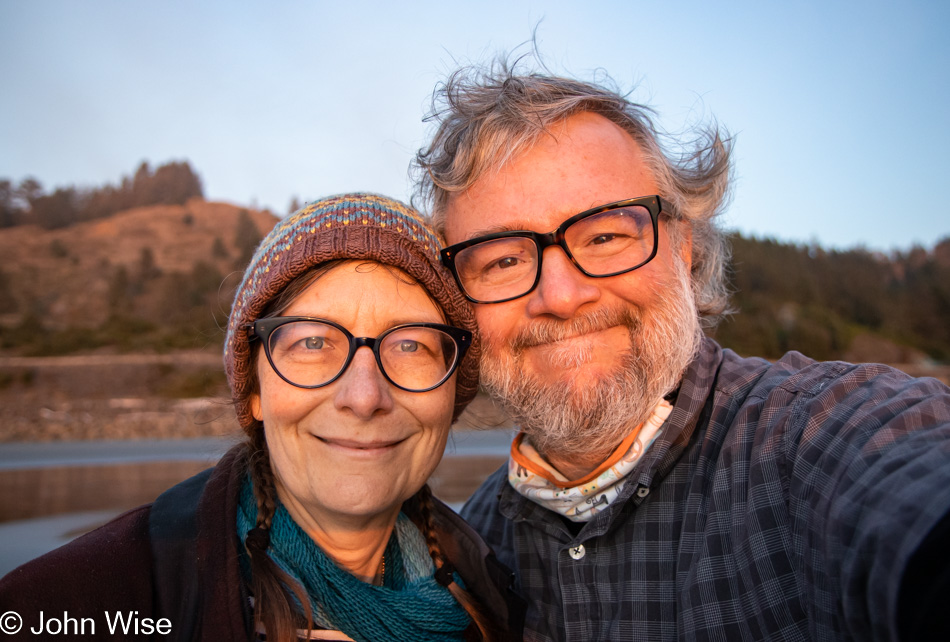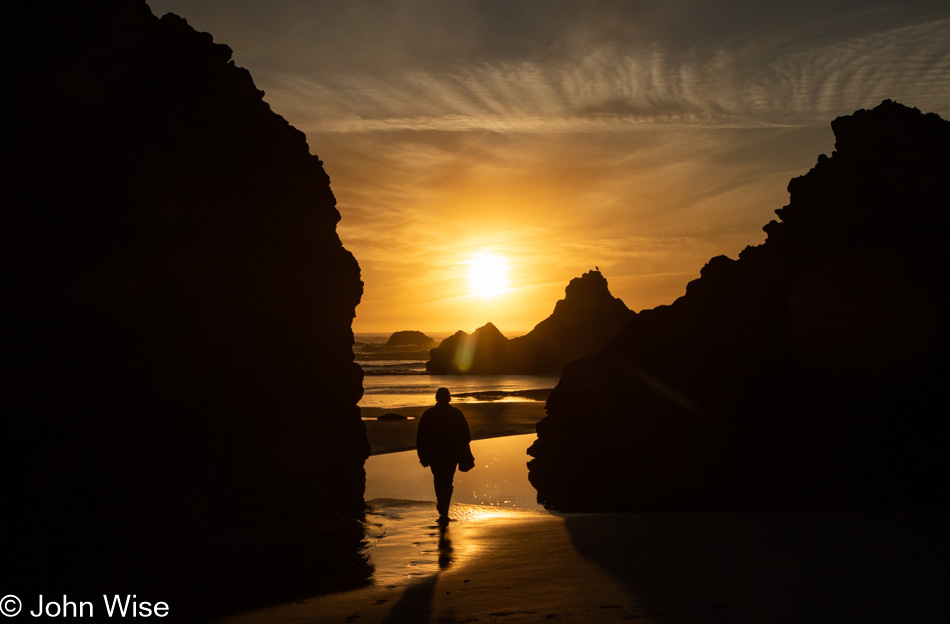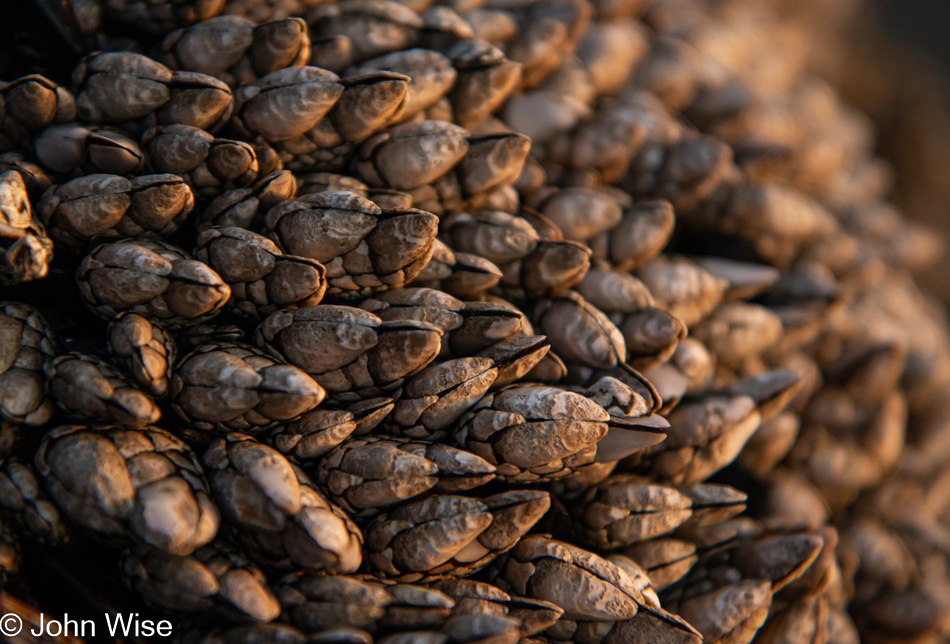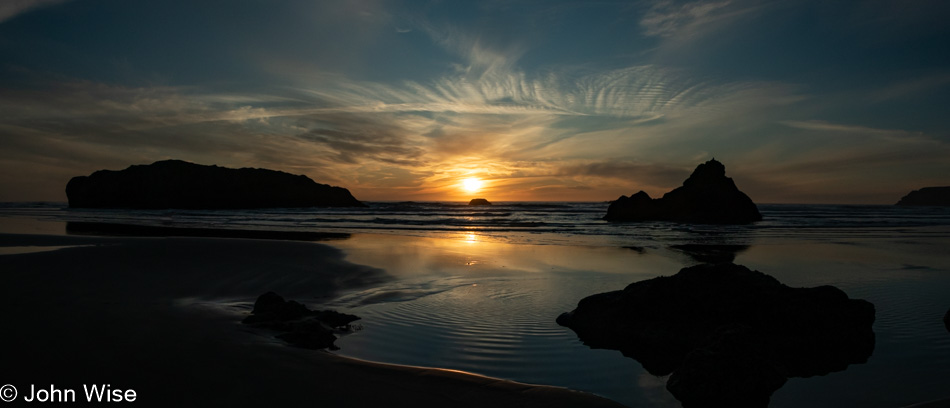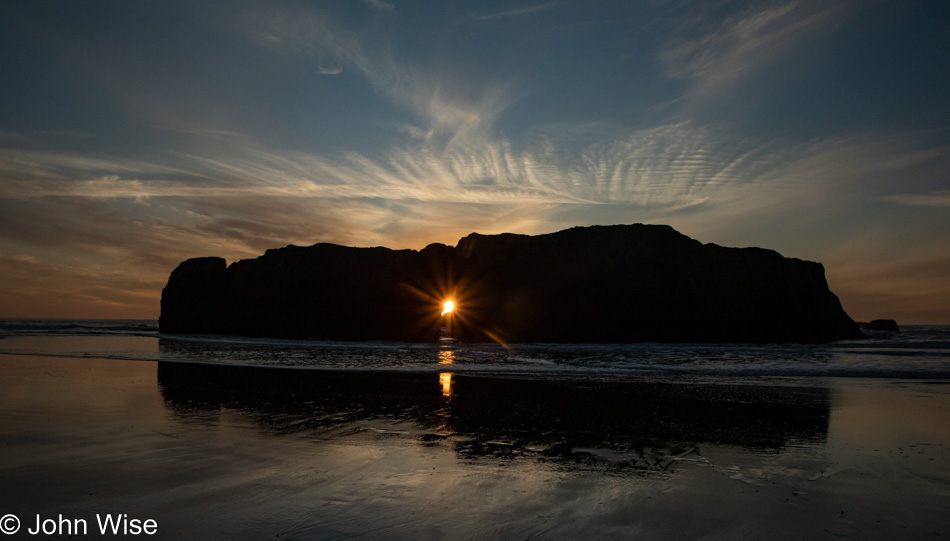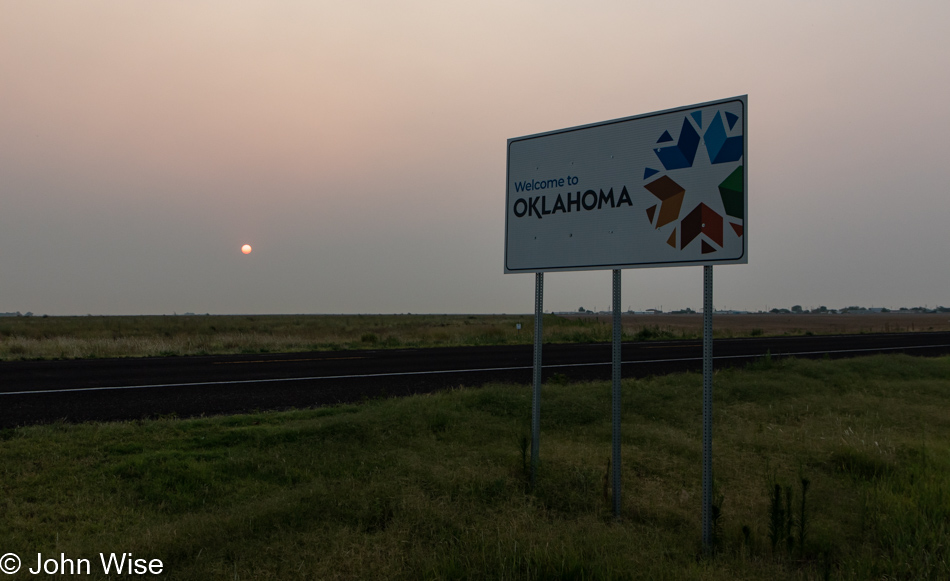
Yesterday, I was writing about the American Prairie Reserve and the ranchers who are opposed to the idea of preserving a wide swath of the Great Plains for the native grasses and animals that once populated these lands, and yet, most of what might have been here during a time of prosperity has disappeared. What you find in the rural middle of America and the Southwest is decay. Cities are really where everything is happening now and about the only place to find work.
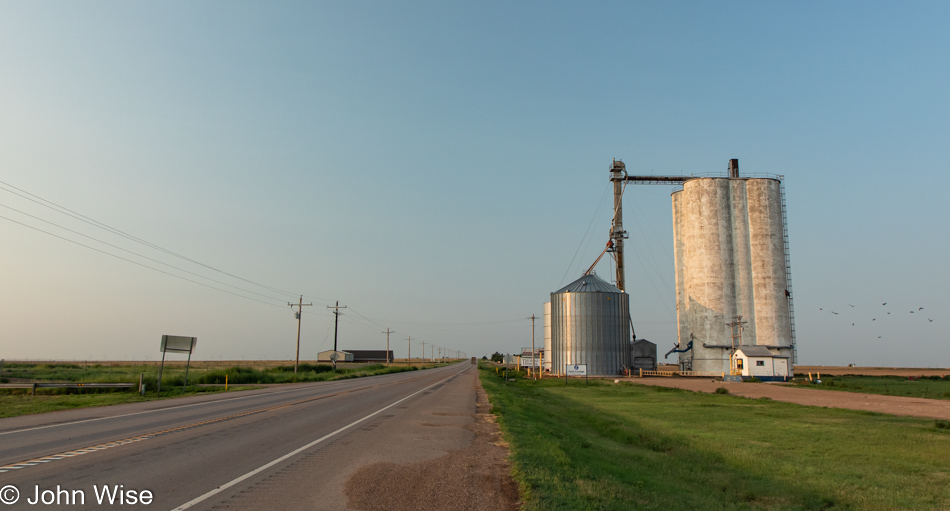
The idea of a renaissance in which high-paying jobs return to the middle of America is a pipe dream where the infrastructure to support tech workers is sorely missing. Add to the complicated situation that in many small towns, the locals do not want outsiders moving in and telling them how to do things, though they do appreciate visitors stopping by to spend money on hotels, food, and gas to support the few businesses that are hanging on. There are many small towns scattered across America that would be ideal for well-paid workers who can operate remotely to take up residence, but the dearth of grocery stores, immediacy of Amazon deliveries, and forward-thinking by the locals make this a daunting challenge.
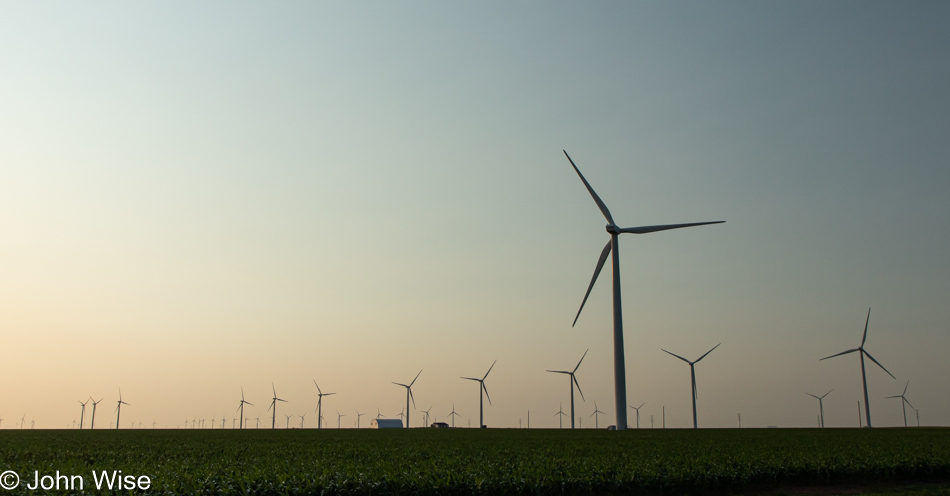
Sure, wind and solar power installations are promising industries in these empty lands, but once constructed, they operate mostly autonomously, so there is no long-term win to this possibility. Then there are those small towns that flip the need for blue-collar jobs on its head as the very wealthy adopt locations they find appealing. Just consider Jackson Hole, Wyoming; Telluride, Colorado; and Sun Valley, Idaho; these small towns only thrive due to the exclusivity brought on by the profound wealth that was able to squeeze out the non-rich residents. Labor is then relegated to nearby towns where those lower-paid workers must commute to the only jobs that allow them to stay near the area they may have grown up in.
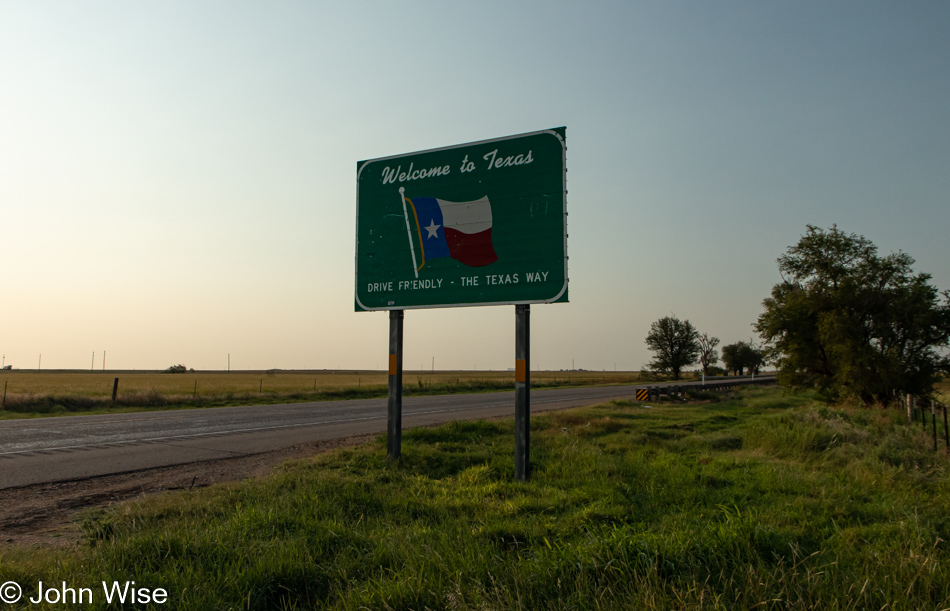
Sure, there’s a tremendous amount of pride among the people who survive on these hardscrabble lands, and they’d pay a hell of a personal price to try to integrate into some of our bigger cities but without growing populations and new industries or workers establishing themselves in these thousands of far-flung towns, what are the odds of their survival?
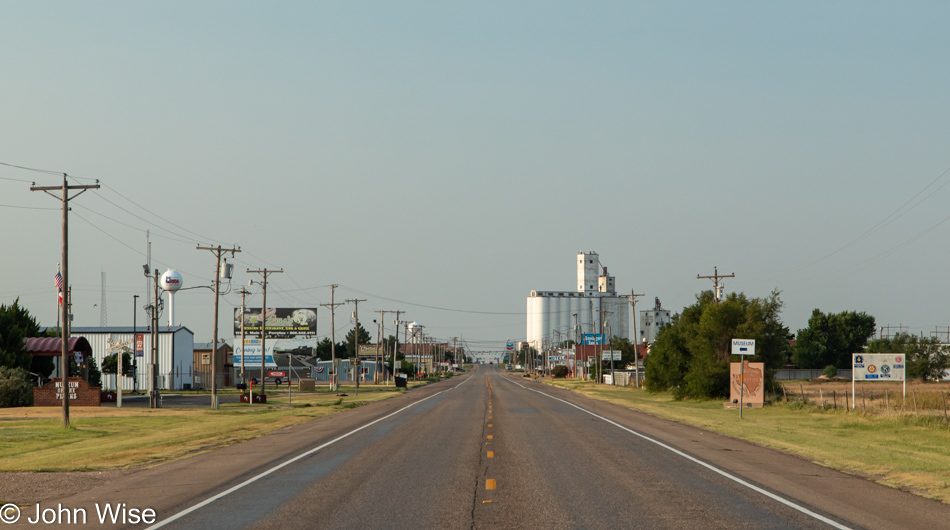
Over the years, we’ve driven through some beautiful old places that visually are incredibly enticing, but the majority of their storefronts have been shuttered long ago. The slow decay which ushers in the sadness of a place leaves bitter anger in its wake. I don’t mean to imply that only grumpy people remain as we meet some wonderful people along the way. But, after enough time out here in small cafes and gas stations and poking around ruins, closed businesses, and other curiosities, it’s bound to happen that you eavesdrop on anger or are confronted by someone who doesn’t have time for someone interested in things they don’t want you to be interested in.
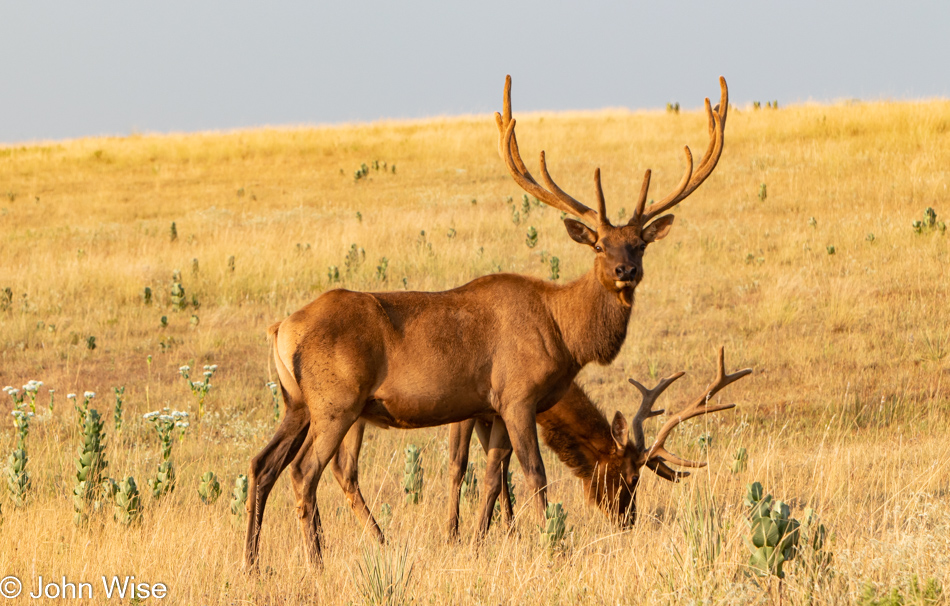
Then, on the other hand, there’s the wildlife that, aside from often being afraid of people as they seem to sense our murderous intent, just go about their lives making the best of whatever is in front of them. If you don’t believe they see through us, just watch them when other species are around. I’ve seen rabbits hanging out with birds, deer grazing near donkeys, prairie dogs chilling with hawks, and they all just get along. Okay, I’m joking about that last one, as prairie dogs will tear those hawks some new b-holes in a second.
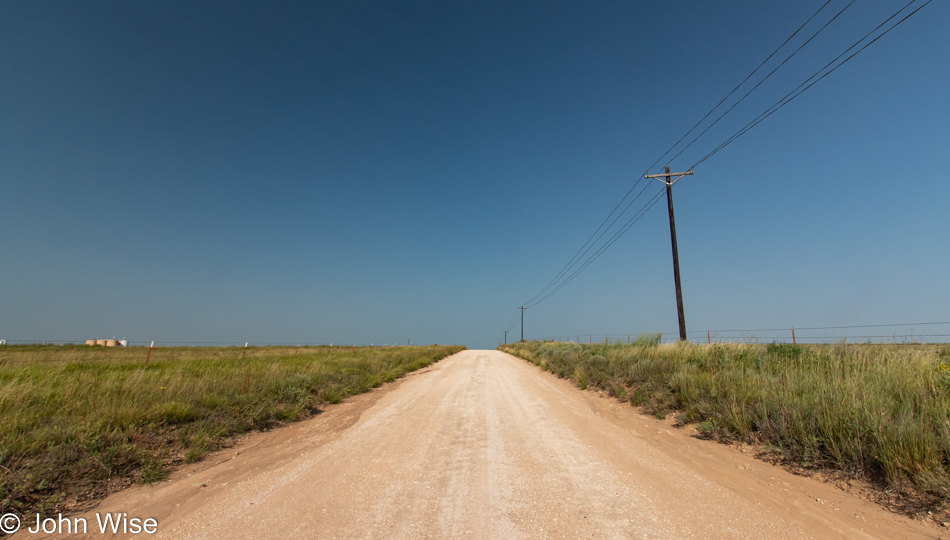
Another dirt road, but not the one I thought I wanted. While it will get us where we’re going, the passage of time lets me forget how Caroline and I got to the same destination 15 years earlier. No matter, as it’s beautiful out this way.
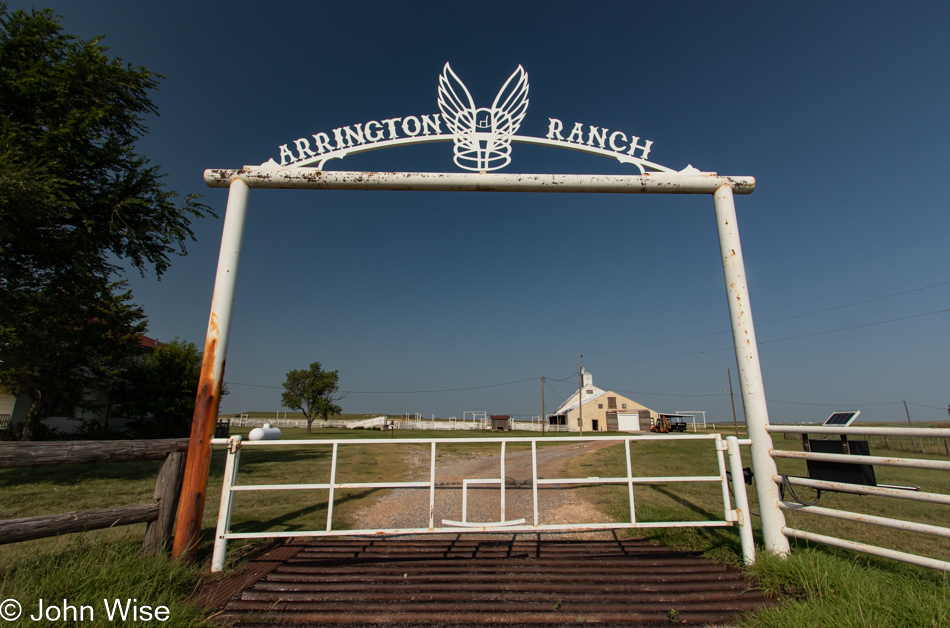
As Jessica and I drove through Canadian, Texas, and I recounted Caroline’s and my July 4th, 2006 celebration of Independence Day with a parade, rodeo, small fair, and fireworks, I mentioned that we’d stayed at the ranch house featured in the Tom Hanks film Cast Away. Asking if Jess was curious to see it and that it was nearby, we meandered out the dirt roads that brought us here.
The old house that still looked pristine six years after Cast Away was released is now showing some serious wear. We learned from the Arrington family back then about the problems with ranching in this region due to depleting groundwater and drought, so there are those issues of needing the capital to support life out this way. Some months ago, I wrote to Mike and Debbie (the Arringtons) about the possibility of renting the property again but was informed that the bed and breakfast side of the ranch was no longer available.
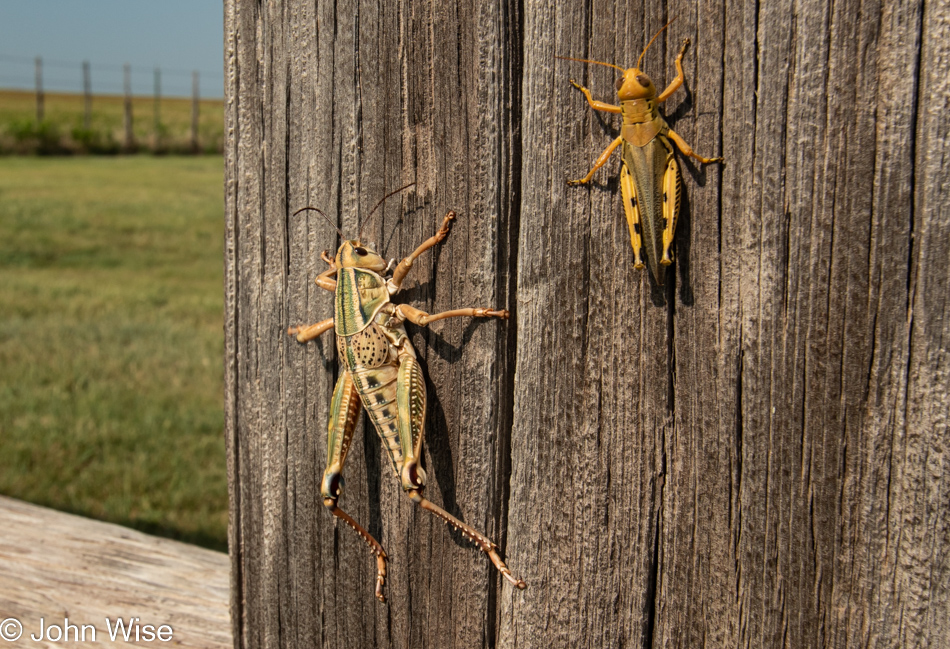
One-thousand thirty-eight miles ago, we turned south and had already spoken with a few people who were lamenting the drought conditions and grasshopper infestation. Well, we are in Texas now, and true to form, things are bigger out here. The grasshopper on the right was already bigger than the ones we saw jumping away from the car when we had stopped for photos in North and South Dakota. The grasshopper on the left could have been saddled and ridden off into the sunset; it was close to being reclassified as a monster.
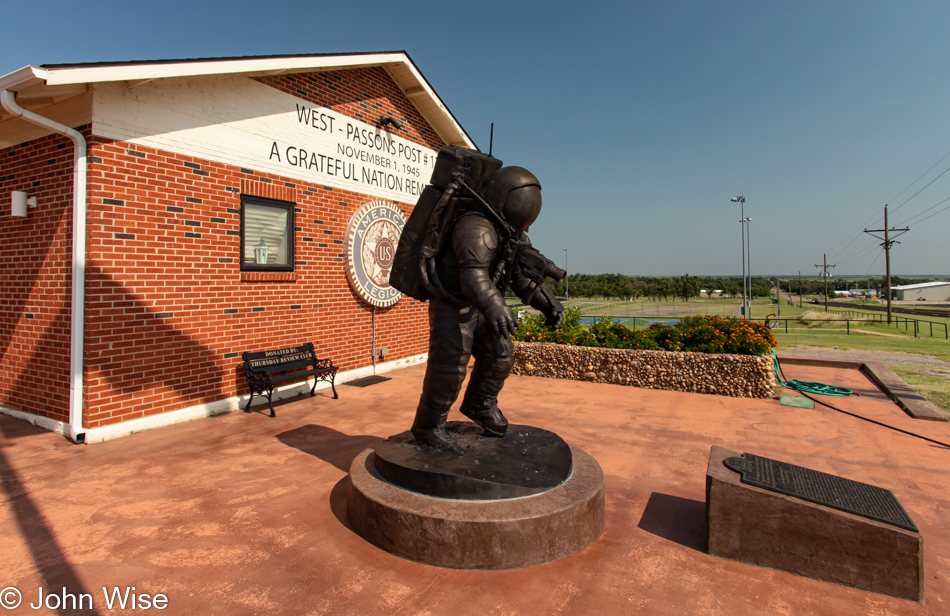
Tiptoeing On The Ocean Of Storms is the name of the sculpture of astronaut Alan L. Bean, who was the 4th person to walk on the moon. This monument to a favorite son of Wheeler, Texas, stands in front of the local historical museum. Even the road out front (U.S. Route 83) has been renamed in honor of Captain Bean.
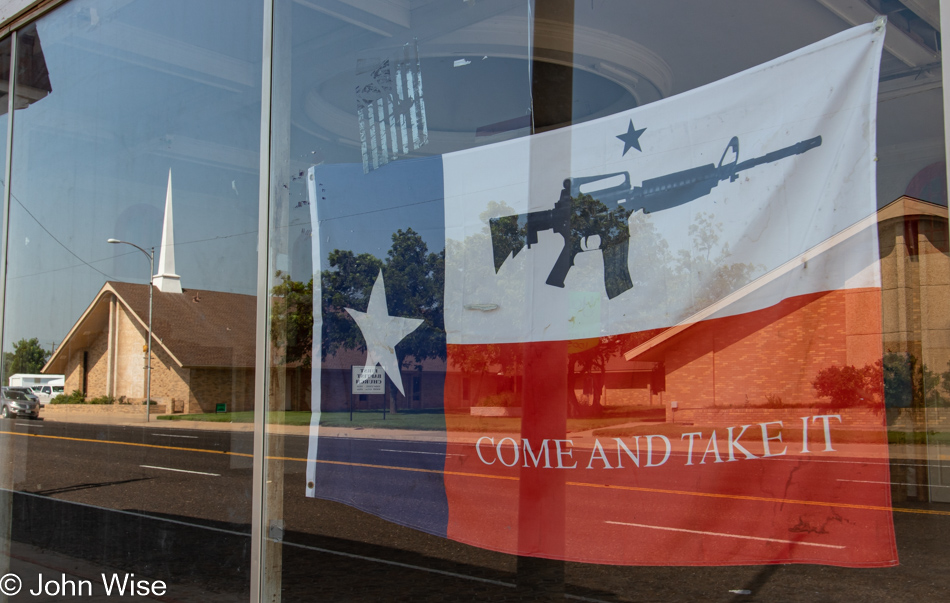
The anger I spoke of earlier is not hidden; it is in plain sight, and the juxtaposition of the assault rifle with the church that is reflected in the window speaks to the fundamental zealotry that has festered in these corners of America. Sadly, or maybe fortunately, this will all disappear as these towns continue their decay into irrelevance.
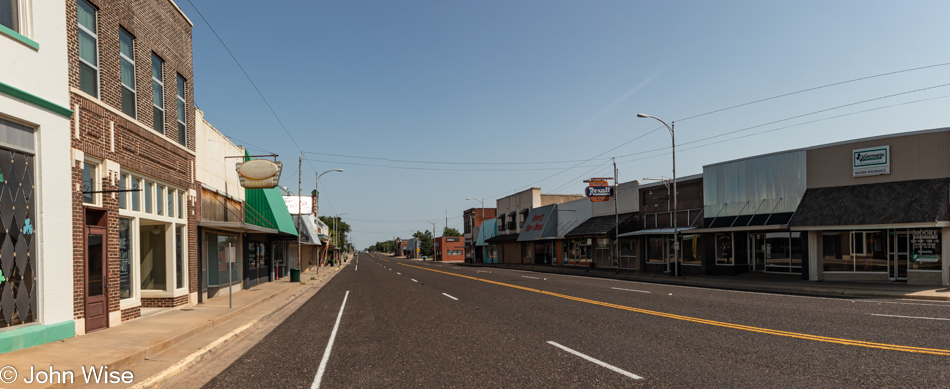
These two photos of the rifle and this absolutely empty main street play testament to my supposition that towns such as Shamrock, Texas, pictured here and a broad array of others up and down the middle of America will continue their fade-out. I find this tragic as it speaks volumes to the type of mentality that populates these remote corners where people are inflexible, under-educated, and often afraid of change though they’d likely challenge my gross characterization, possibly even with a weapon, thus proving the above.
Back in the day, at the height of Shamrock’s population, the town had nearly 3,800 citizens, but today, that’s about half of what it was. Old U.S. Route 66 intersected with U.S. Route 83 as people passed through the crossroads of America right here, but that time is over, and discovery and exploration are relics from a different age.
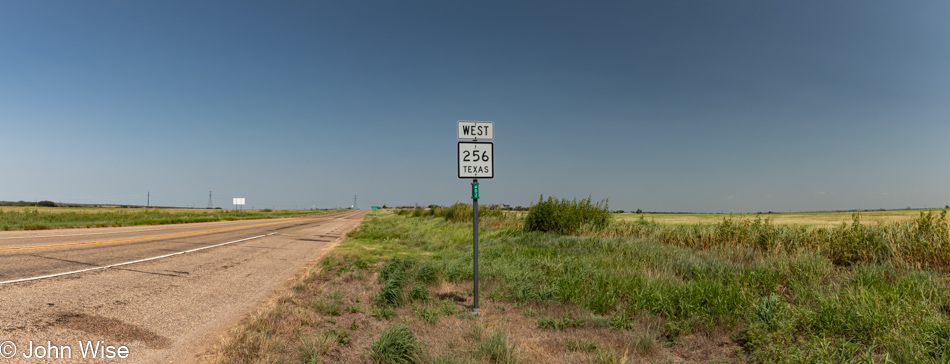
After 1,125 miles (1,810 kilometers) on the 83 South, we turned west on Texas Highway 256. We peeled off 20 miles early before reaching Childress, Texas, as we tried to shave some driving time off the day.
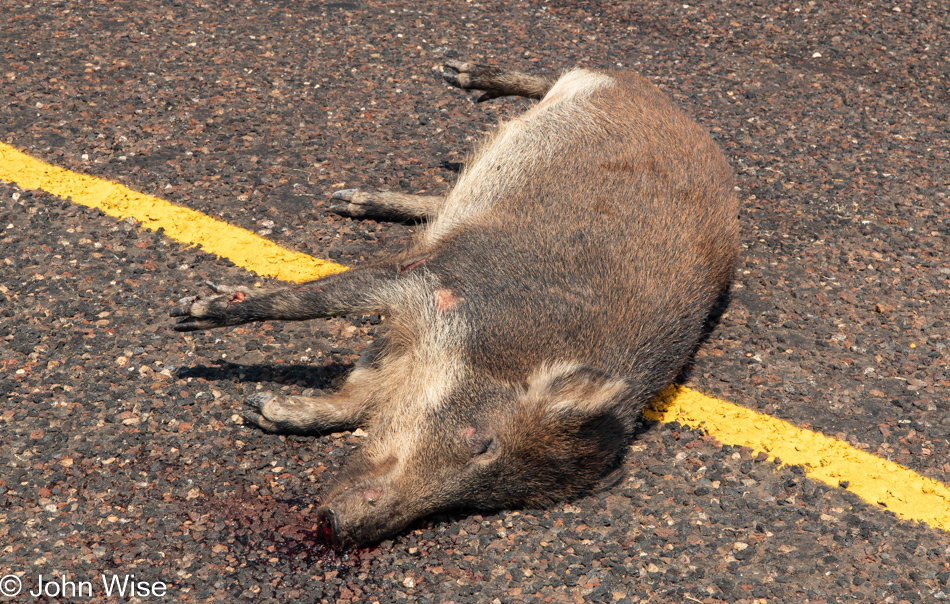
Why did the javelina cross the road? Don’t answer, as it didn’t end well. A few feet away from this lifeless creature was the truck driver’s license plate that was torn from the vehicle, so if the person who lost Texas plate number AK5 6815 ever looks for that number, here’s the animal your truck took out.
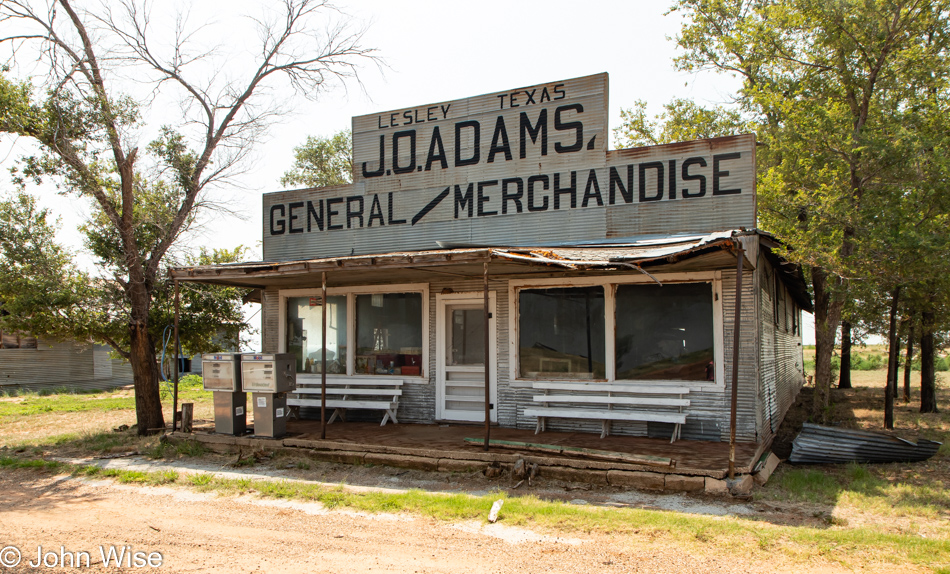
Welcome to Lesley, Texas, a great place for people looking to photograph the spreading decline of America and a horrible reminder of what it once was to the handful of people who might still live in the area.
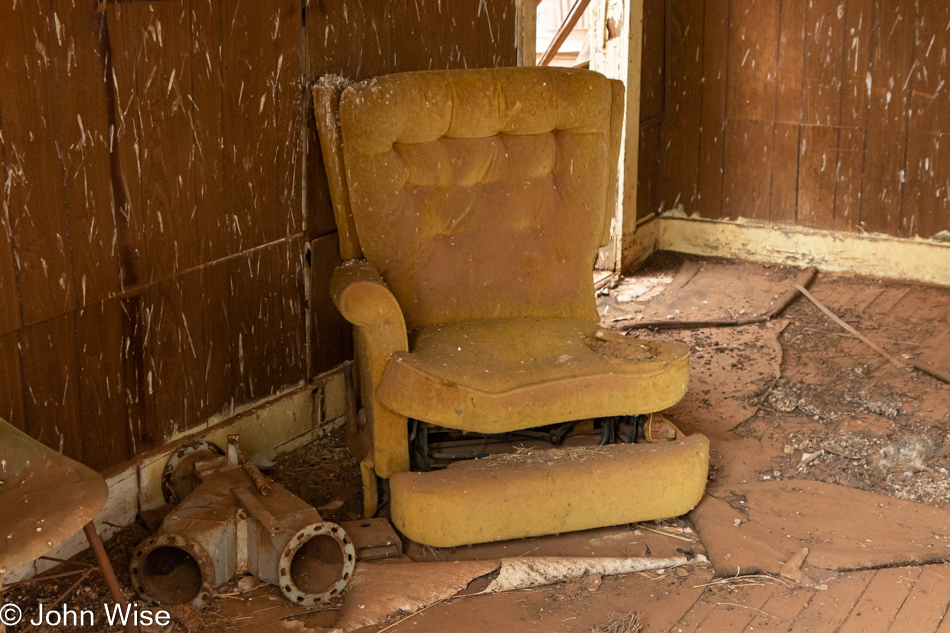
I don’t think this recliner has seen use in many a year though the birds seem to enjoy pooping on the left corner of it when they’re not taking aim at the walls.
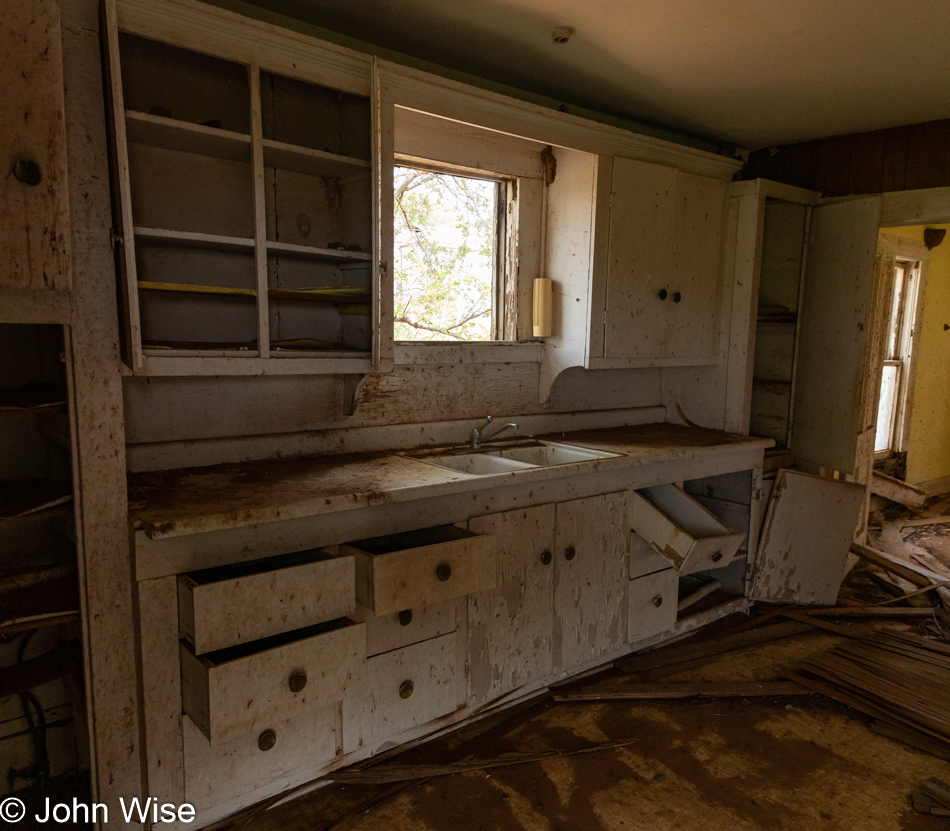
The first thing my daughter noticed here was the 1970s plastic cup holder over the sink. I think she wanted it. Come to think about it, she might have snagged it because while she went upstairs to explore that area, I ventured outside, but not before…
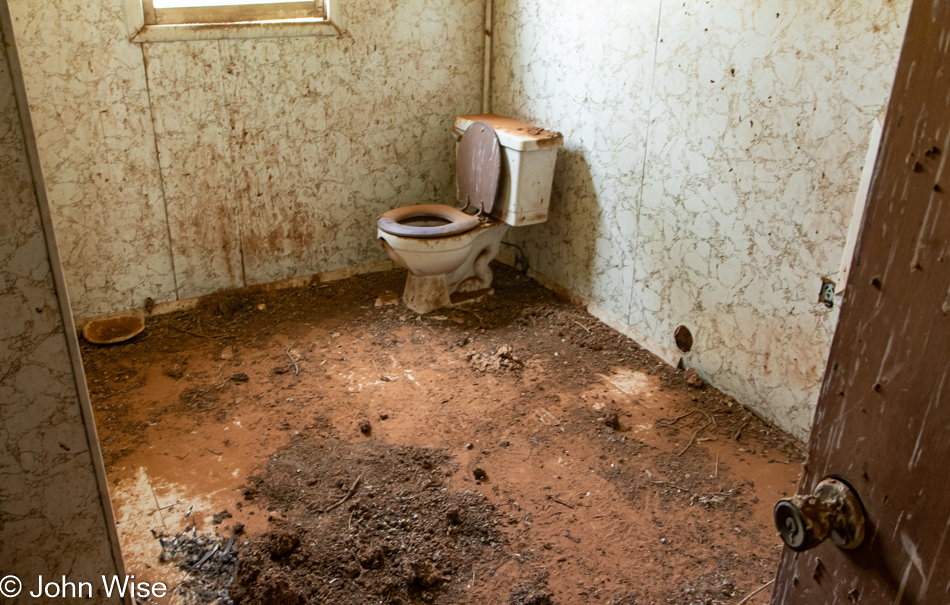
…I admired the toilet with an open lid that I could only imagine what was in it. You see, I was afraid to step into this room because I couldn’t be certain how much floor damage might have occurred from water, and my curiosity to peer into a potentially shit-filled bowl was lower than my sense of preservation that wanted to remain in the light.
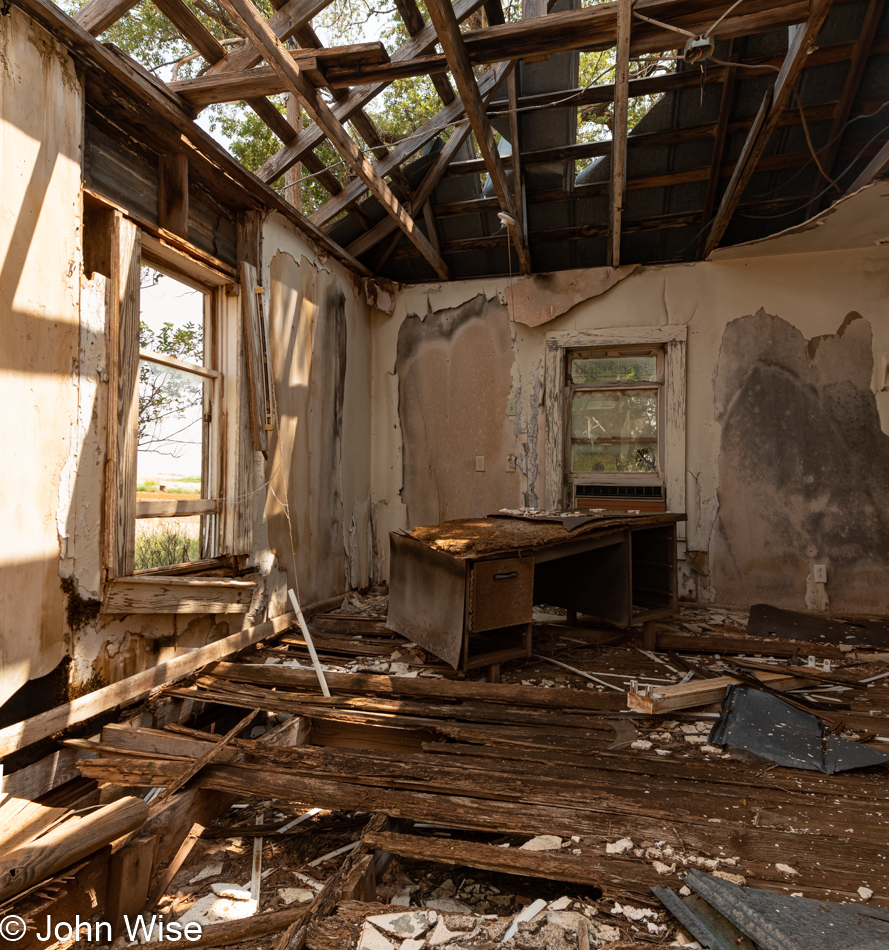
Speaking of remaining in the light and sketchy floors, the neighboring house met all the criteria of being a place I wasn’t going to step into, and while you probably can’t see it over on the left at the lower corner of the window is a small part of a hive of bees. Below that is the larger part of the hive that is peeking out of the dark hole and is moving along the lower wall. I was looking at 1000s of these chill bees that, fortunately for me, were not disturbed by my presence.
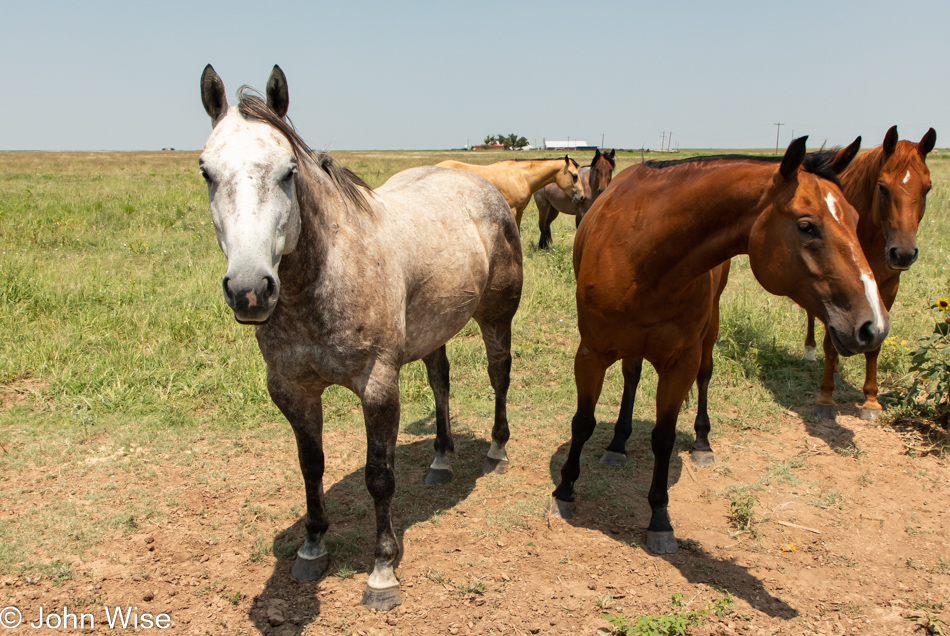
Look at my horse. My horse is amazing. Give it a lick, Ooh, it tastes just like raisins.
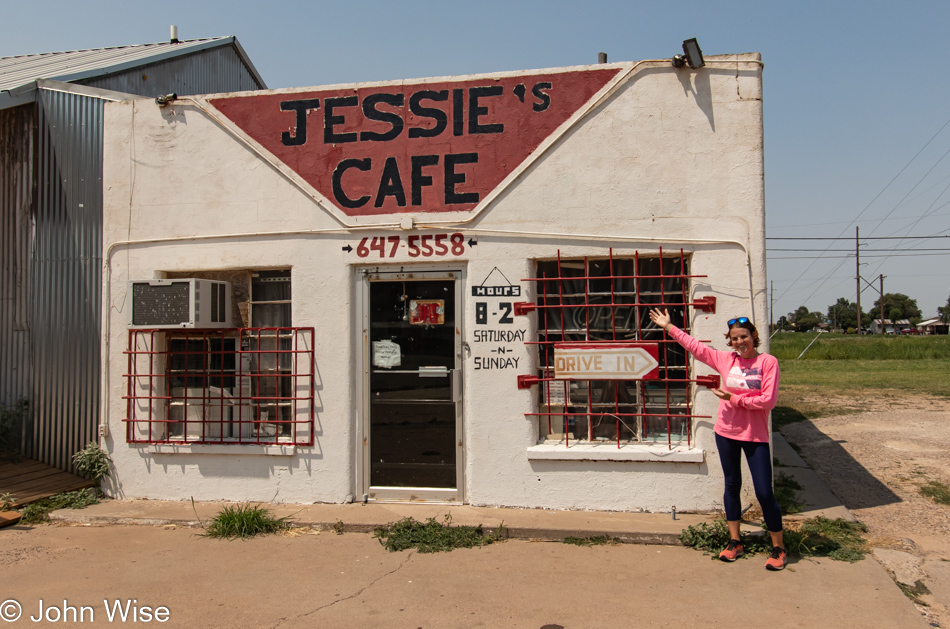
Dimmitt, Texas is not a misspelling, as I was reassured that a Dimwitt would only be found in the mirror. Had we arrived an hour earlier, we could have eaten here, so it goes.
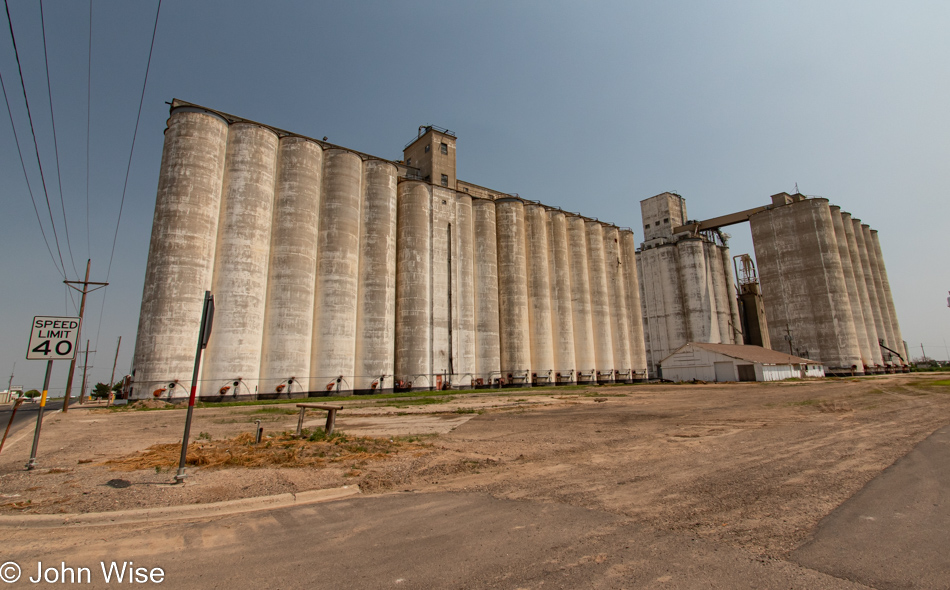
What is it about grain silos that are such interesting architectural structures? Maybe it’s the repeating megalithic brutalist forms they take? Or maybe it’s their demonstration of historical significance and the lingering echoes of the steam trains pulling through to collect the wheat or barley for hauling across America? Whatever it is, I know that when I see these silos off in the distance, there’s a likelihood I’ll be stopping to snap a photo or two of them.
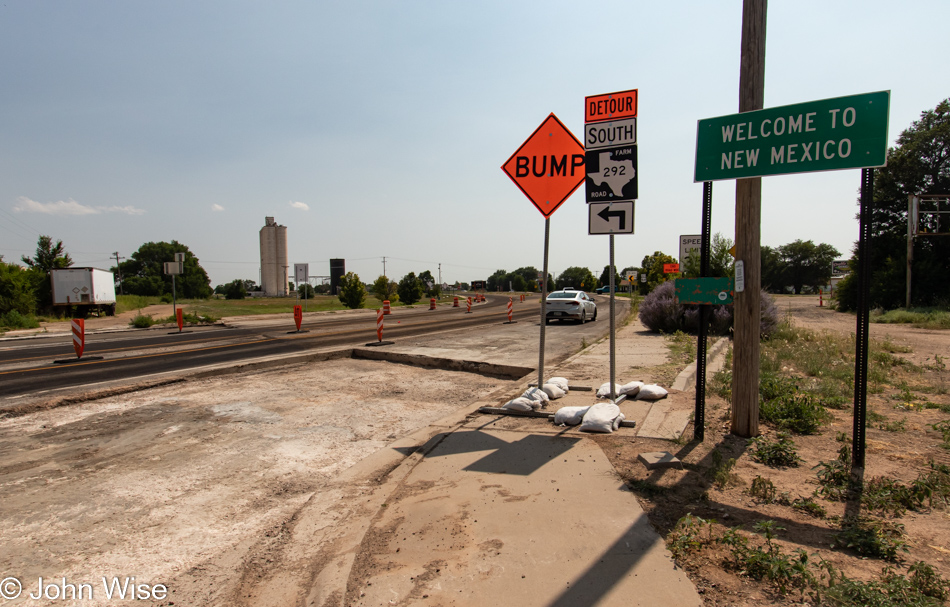
Getting closer to home as our trip is winding down fast.
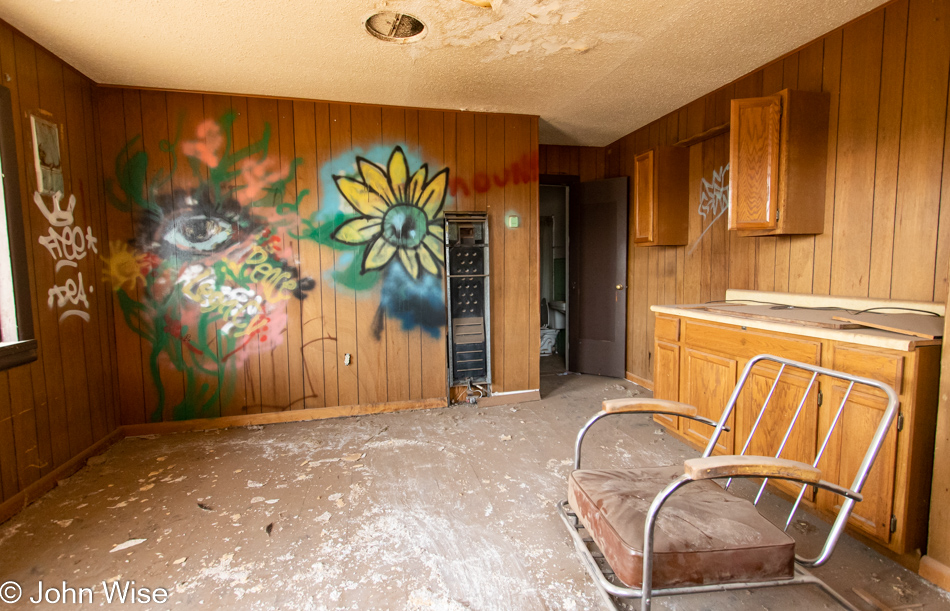
Before we’re even 50 feet into New Mexico, we get to encounter our first abandoned building, an old motel. This dilapidated place rests in decay in the small town of Texico, New Mexico. I think the founders of this town were being cute when they married Texas to Mexico. This motel used to be known as the Cross Roads Motel, and from the state of the sign out front, I’d have to guess it hasn’t been deserted for all that long.
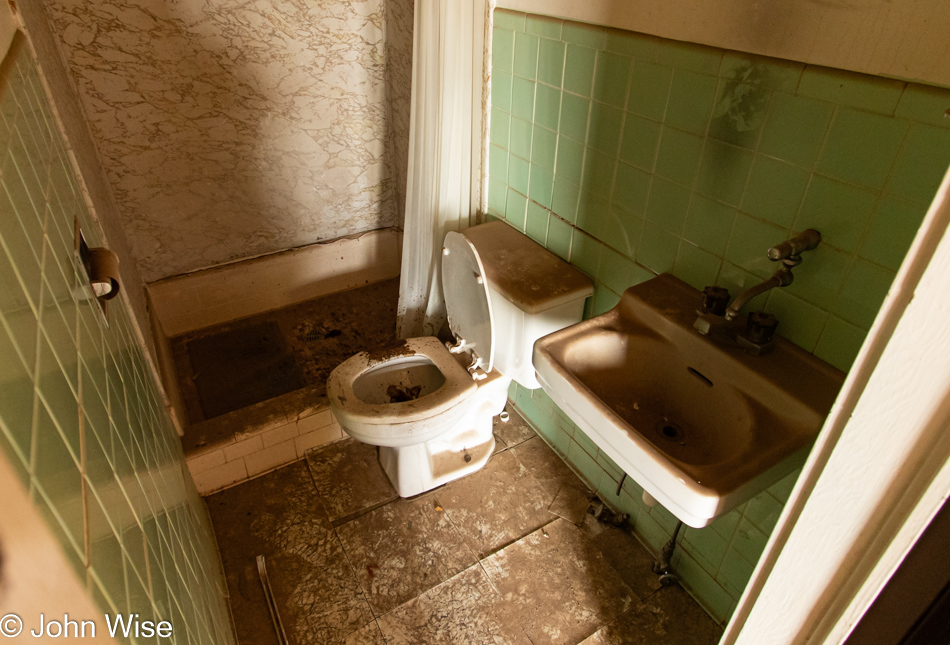
The empty toilet paper roll is right across from the toilet that had been used fairly recently; I hope the person knew before they started their business that there’d be nothing to wipe with. Just as I’m writing that I realized that the shower curtain is still there, so in an emergency, I guess it could be used to clean the old b-hole.
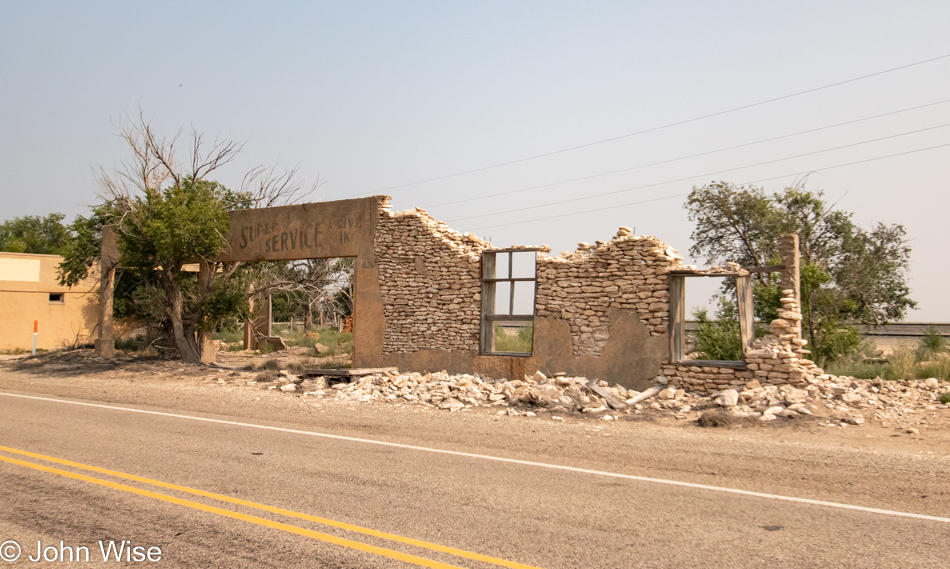
Yeso, New Mexico is a big Nogo these days.
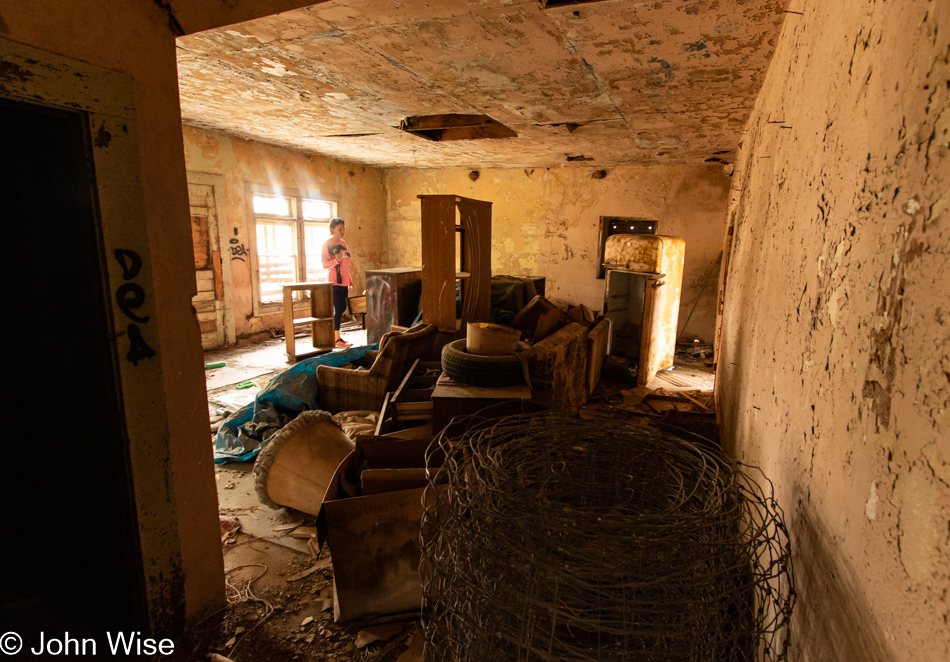
Here we are in the Mesa Hotel, which was a museum at one time after the demise of the building’s use as a lodging stop. Though the faded paint is difficult to read, you can still make out that rooms used to cost from 75 cents to one dollar.
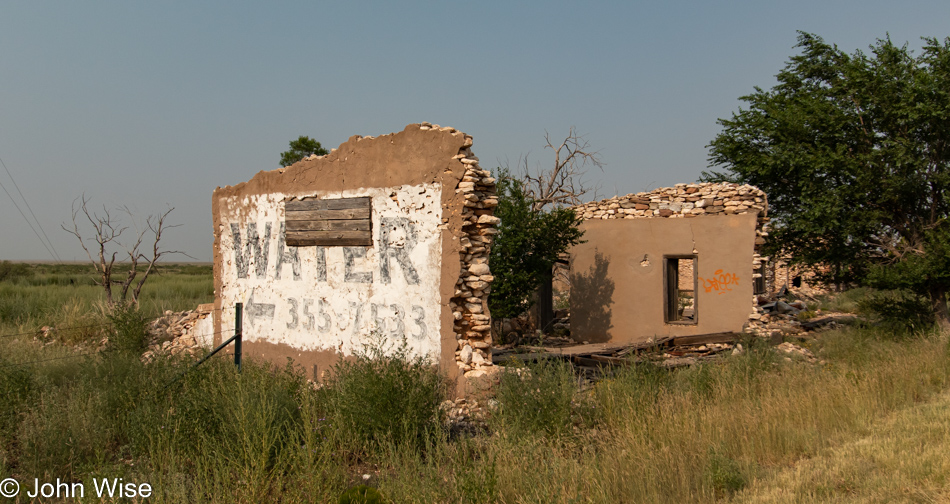
It seems that Yeso came into being as a train stop, and when trains transitioned from coal and steam power to diesel, the need for the station that existed here was no more. So began the decline of another outpost in the frontier.
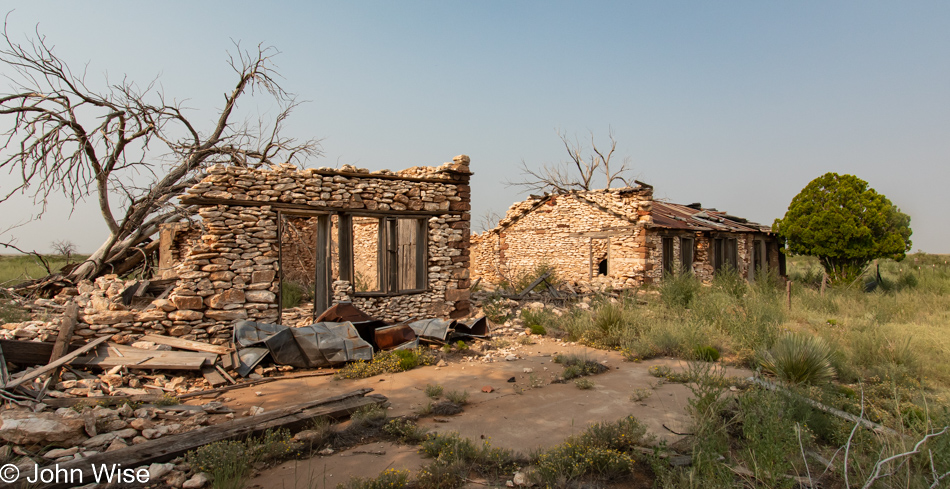
Looking for details regarding Yeso after getting home, I learned that there’s still a single resident living here in town. Her name is Deborah Dawson, and I can only wish we’d met her. I suppose if she made herself known to everyone who stops to look around she’d be a full-time tour guide for the curious.
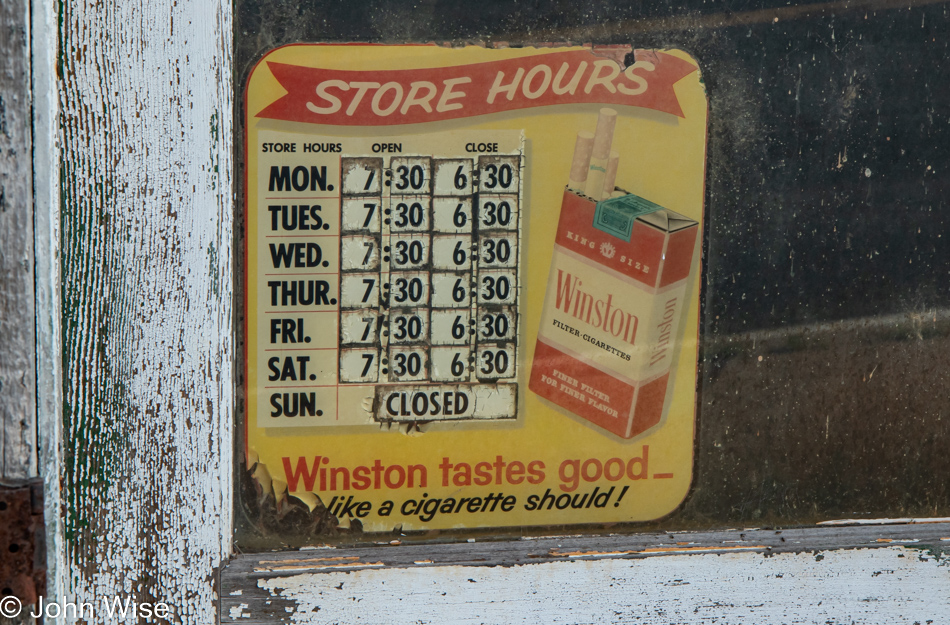
Like hotel rooms that used to go for a dollar, it’s been many years since a tobacco seller supplied businesses with sponsored signage announcing their opening and closing hours. That business now belongs to Visa/Mastercard it seems.
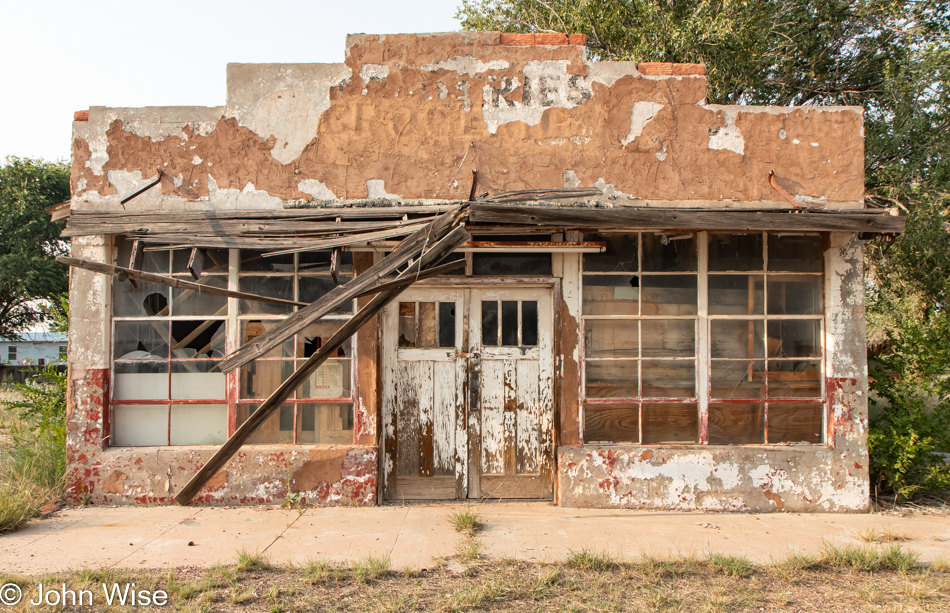
Maybe you are wondering if there are any viable towns remaining on the route we’ve taken, and the answer would be a resounding yes. While not one of them feels like a place to find success or even a future, they do exist. From Minot and Bismarck, North Dakota; Pierre, South Dakota; and North Platte, Nebraska, there are those places that appear to be holding on, but in over 1,000 miles, those were about it.
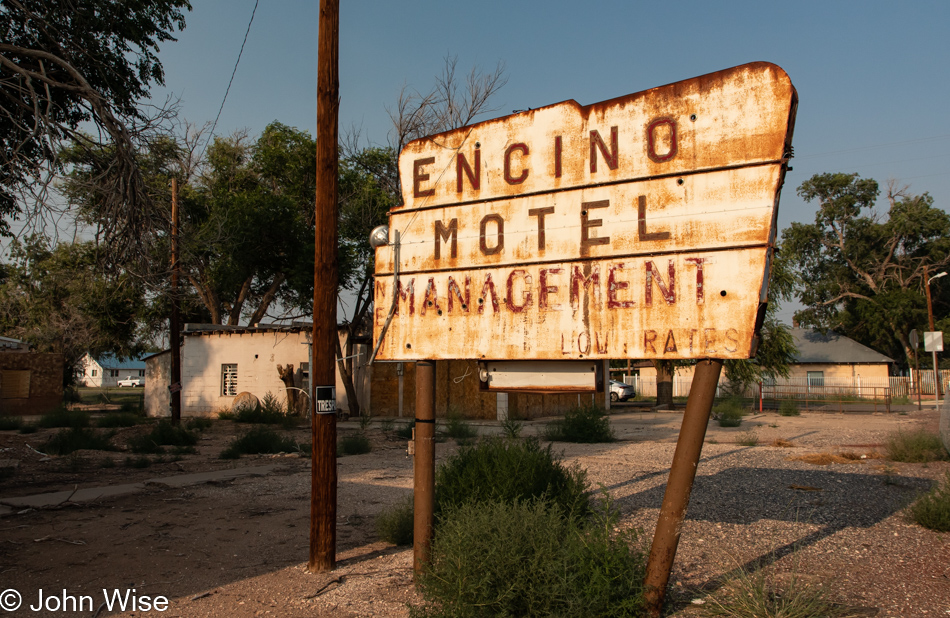
Another 50 miles west, and we pull into Encino, New Mexico. Do you see a trend?
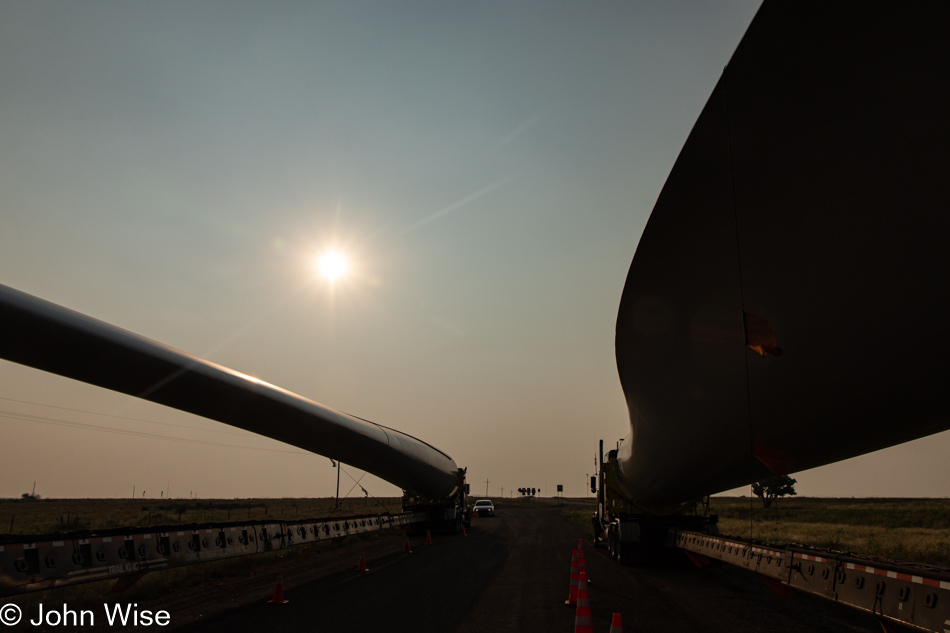
And then the real treasure is found just off the road on a small spur where nearly a dozen vehicles are pulled over. Under one of these giant turbine blades, a few people sat just finishing up dinner. We learned that these loads travel pretty quickly, but how long they can be on the road in one day is limited. At approximately 200 feet long from the nose of the semi to the tip of the blade behind them, these are some seriously long loads. One of the guys demonstrates how flexible these fiberglass creations are and allows us to reach up and touch them. For something that weighs more than 10,000 pounds each, they sure are easy to move.
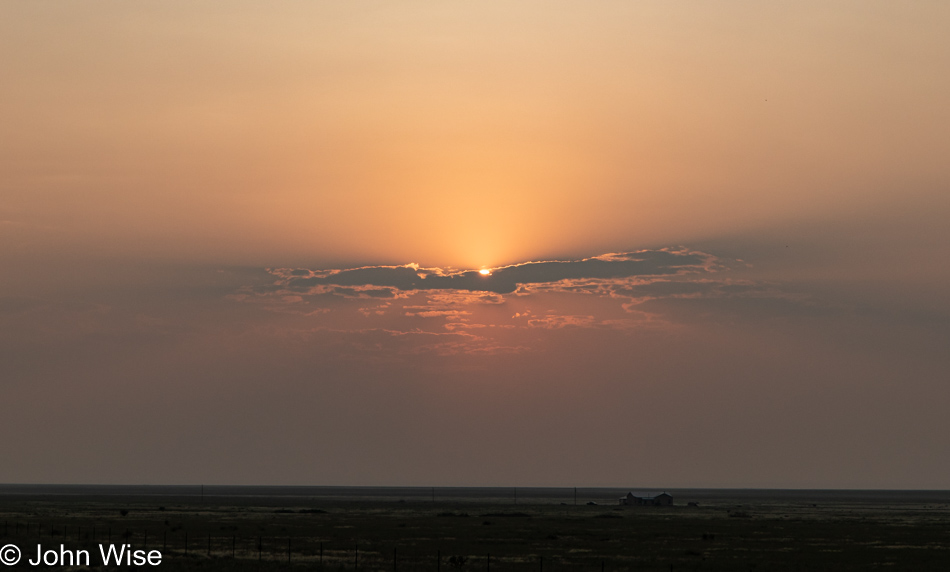
Another day with a ton of miles accumulating behind us, but we still have a good amount of time before we reach the end of today’s road.
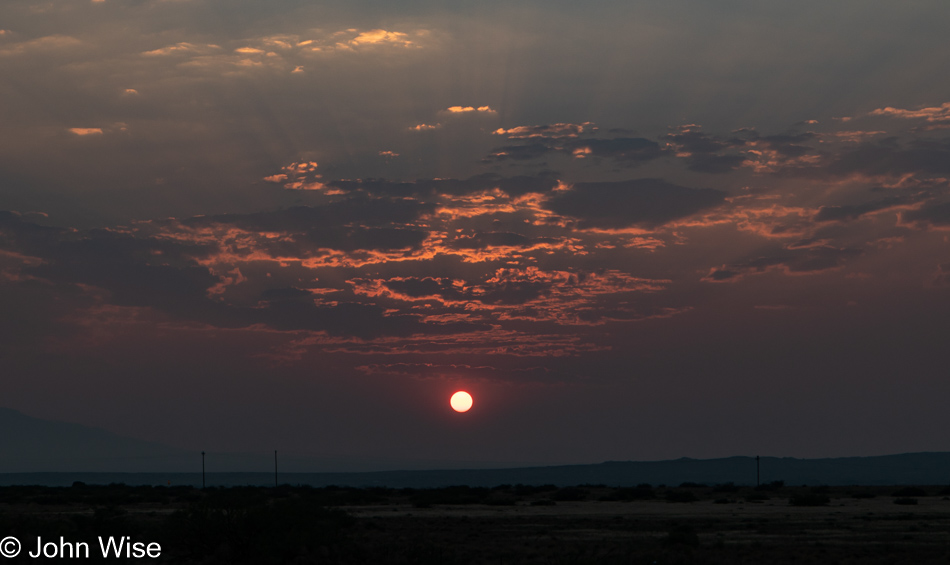
I, for one, can never get enough of spectacular sunsets, and this one being filtered through the heavy smoke from the California fire allows us to look at the sun with our naked eye. Not good for the environment, but it sure plays pretty with the aesthetic.
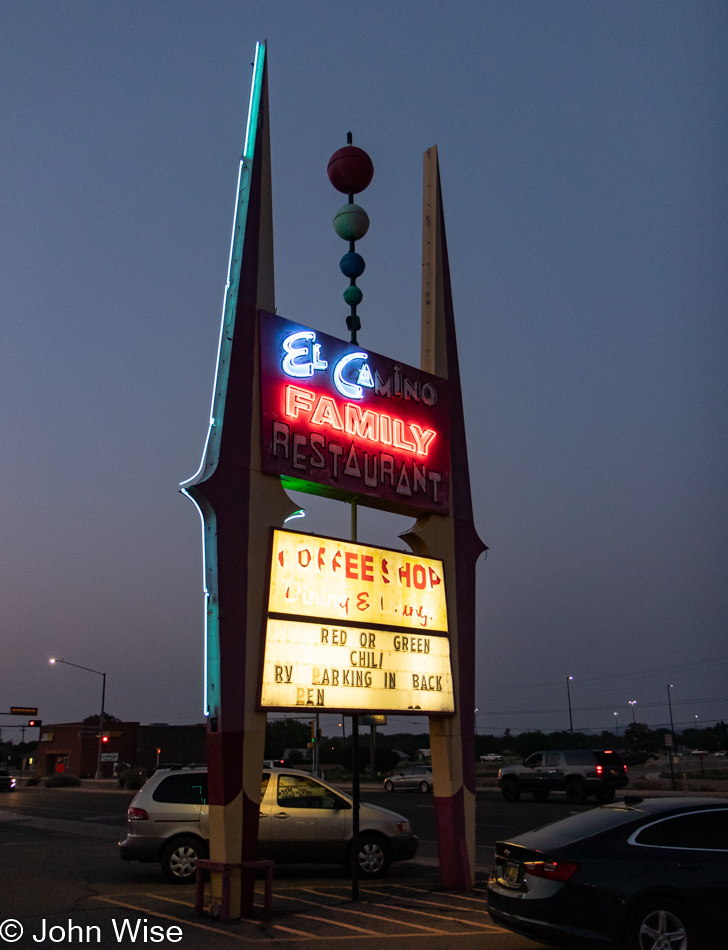
The sign is the worst for wear, and COVID has created the situation that our old favorite stop in Socorro is now closed Monday and Tuesday in addition to closing at 9:00 or 10:00 p.m. depending on staffing, but lucky for us, we arrived on a Sunday night before they locked the doors. The El Camino Family Restaurant has served us countless times on our journeys into and across the region. Our motel tonight was just short of being a nightmare, but when everything else is costing $159 and up, what should one expect for $67? Tomorrow is the beginning of the end.
